|
Sometimes instead of going somewhere else to do a walk, you just need to step out your front door. I recently calculated that, depending on how many little detours I added in, a walk from my folks’ place around Stratford to the Knob Reserve (heh), around the Knob (heh) and back would be about 10km. So, one overcast, relatively cool and humid January morning Dan and I set off. We let my parents know that if they wanted to bring us morning tea halfway through, we wouldn’t mind that at all! We did have a backup plan, though - we first went to the IGA and got a selection of muesli bars. We’re not going to be caught without snacks again! Walking through towns is a good opportunity to put lots of things in your eyes. There’s always heaps to look at - houses and buildings and fences, different plants in gardens, pets and other animals, various bits of signage and public art. Stratford actually promotes an “art trail” around town, mainly by the river, and we followed part of it on this walk. A lot of it is (perhaps unsurprisingly) Shakespeare related. We took a detour to see the three witches, a cool bit of sculpture beside a lookout where the view is otherwise in the process of disappearing behind growing trees. Along here, we also saw someone kayaking down the river - mostly just floating downstream, really. One day I’d like to do that. Not all the streets in town have sealed footpaths, so we spent a lot of time walking on the road or on the nature strips. This was actually quite nice underfoot, sometimes, with springy grass to soften our steps. And at the Knob the paths are all unsealed. Bonus. The Knob Reserve has been a gathering place since pre-invasion times. We noticed two scar trees in the reserve on this visit. After colonisation, the reserve was used as a police horse holding area, and later it became a public reserve. A couple of years ago the reserve ceased to be jointly managed by Gunaikurnai Land and Waters Aboriginal Corporation and Parks Victoria and was handed over in its entirety to GLaWAC. As you stroll around you will see new signage and other objects, and some work on a few of the paths. I’m grateful as always to be permitted to share and enjoy these places. Mum and Dad did meet us with morning tea! It was delicious and I forgot to take photos. Oh well. After they left us, we popped up to the lookout at the top of the Knob. From here you get a great view of a sweeping curve of the Dooyeedang (Avon River) with a few rooftops of Stratford behind - and beyond the plains, the blue hills of the Avon Wilderness and the Alps. A photo of the view is at the top of this post. One of the most iconic peaks in this area is that of Ben Cruachan - pronounced a bit like "crow-can" or "croakin'". Benjamin, as I like to call him. (I’m guessing it’s named after Ben Cruachan in Scotland, and I’m not sure what the hill’s name is in the local Indigenous language.) One day we’ll get up there for a look - though probably not using this extremely unhelpful listing from Parks Victoria. The sun came out just as we were having morning tea and it got pretty warm as we headed back, meandering through the residential streets of Stratford. We mostly avoided the new build suburb, both because it’s a bit ugly and because there’s very little shade. We dropped into the oval and stood in the shade of some trees watching magpies digging up bugs in the grass under the sprinklers. Later we also had a little rest on the sheltered benches in the skate park (it’s nice to be back in a country where shade is provided!) enjoying the occasional cool breeze. After a final few blocks of detour, we headed home. Notes I mapped this walk out after we got home, and in the end we walked about 12.5km. It didn’t really feel like we walked that far. Maybe because it was pretty flat, maybe because we had an excellent morning tea in the middle, maybe because we had lots of things to look at. I was noticeably less sore in the foot/leg department than previous walks, which is great. Not so great: return of the pinch blister! I wonder if it happens more when it’s hot and I’m sweaty? Or if I sometimes walk in a particular way without realising? I Just don’t know. I am going to put tape on the shopping list - I’ve never used it before, so it’s going to be a bit of an experiment. I already know that plasters just fall off my toes, though, so I need something else. Other than that, I noticed sore hips/lower back post-walk, which I’m chalking up once again to the lack of variation. I should have done a few minutes of stretching when we were halfway through. It doesn’t take long, so why do I always forget or put it off? The neverending struggle. Woe! This walk is on the Country of the Brayakaulung (Gunaikurnai) people, and takes in a site of significance for the Gunaikurnai tribes more generally. Sovereignty was never ceded and this always was, and always will be, Aboriginal land.
0 Comments
Facing another locked-down birthday, my friend Erin Kyan decided to hold a postal zine fair for his party! Erin sent out two templates for aspiring zinesters to use, then he and his partner printed and folded many, many, many zines to send out to friends. My parcel is waiting in Australia - I'm looking forward to seeing all the hard copy zines when we get back there in a couple of months. In the meantime, I'm enjoying the digital versions. Erin also had a live stream to go through all the zines, but it was at 3am UK time, so I had to watch it the following day. I made a zine for the party! I'd just been on a wonderful three-day walk with my friend Gemma over the South Downs, meandering slowly from Brighton to Eastbourne. We aimed to take it easy and really soak up the atmosphere, only walking about 12km/7.5mi per day. Our main preparation seemed to be bringing way more food than we needed. It was delicious, and we weren't carrying camping gear, so I'm not complaining! One thing I'd wanted to do on the walk was to make some art along the way, so I took my sketchbook and a pen and did some contour drawings. In the technique I like to use, you look at the subject of your drawing but not at the paper while you use one continuous line to draw what is in front of you. It's a fun way to make you slow down and really look at whatever is in front of you, and the results are often kind of surprising. My sketchbook is square and the zine format is oblong, so these are crops of photos of the images. Usually I spend about 5-10minutes on each drawing, so it's not a huge time commitment when walking or travelling in general. It often takes me a couple of drawings to get into the swing of things - and some scenes are trickier than others. Anyway, the walk was fun and making the little zine was fun, and Erin's idea for a postal zine fair for his birthday was super fun! I just thought I'd share something I've been up to in addition to packing up our lives and getting ready to move to the other side of the world! One of the things I enjoyed on this trip was crossing over with so many of our other outings and adventures, like walking the Sussex Ouse Valley Way, sleeping on the South Downs after a thunderstorm and, although not the same bit of the South Downs, carrying on the idea of enjoying slow walks. It was a fitting and slightly bittersweet goodbye to an area I have learnt and loved and feel really connected to.
Epic post ahoy! (But it's mostly photos - and tweets with photos - so don't be alarmed.) Over summer, we went on a road trip, visited a bunch of National Trust properties, camped a lot, saw several lovely friends and subsisted almost entirely on scones, pizza and instant noodles. It was a pretty great holiday, even if we got the best version of British Summer (i.e. rain) most days.
We recently bought ourselves life memberships of the National Trust (thanks to M&A for the gift). The National Trust owns a whole range of places, from castles and stately homes to countryside and coast, interesting historic houses, follies and factories. Most of these places are open to the public, the larger ones have cafés or restaurants, members get free entry and (usually) free parking. We decided that visiting a National Trust place every day would be a good way of exploring the country during our summer hols. Spoilers: we were right. Herewith, a bit about our trip (places marked with an * are not National Trust).
The South
I always find it funny that English road signs will sometimes point to "The NORTH" or "The WEST" or "The SOUTH" (I don't think I've seen one to "The EAST" before - do they exist?). I don't know what the technical definition of those areas are, but I'm going to divide this post according to them anyway. Essentially, we started in Sussex and did a clockwise loop around England, albeit skipping some major parts and adding a short visit to Wales (and an even shorter, minutes-long trip to Scotland). We didn't visit many NT places close to home, because we'll go to them on weekends and short breaks . . .
Day 1: Barcombe Mills*, Ditchling Beacon, Devil's Dyke, Saddlescombe Farm
Our travels started off with a visit to Barcombe Mills for a walk. Then we headed along the line of the South Downs (Ditchling Beacon and Devil's Dyke) with sunshine and wind and forecasts of storms. Unfortunately, we couldn't stay where we planned on the first night due to a family illness, so we stopped off at a camping field - literally, we couldn't even find the loo! - at Saddlescombe Farm.
Day 2: Worthing Beach*, Mottisfont
The rain didn't let up, so we packed up the tent in the wet (not fun, as it was the first time we'd used this tent since last summer, so we were out of practice) and trundled off over the South Downs to Worthing Beach for breakfast (or morning tea, maybe). I picked a bit of sea kale while we were there, to add to our instant noodles later on. Our National Trust property of the day was Mottisfont, where we arrived just in time for the mediaeval history walking tour. Then it was off to our peaceful, if rather poorly signposted, campsite for the evening.
Day 3: Pepperbox Hill, Myncen Farm*, Hardy's Cottage, Max Gate, Loughwood Baptist Meeting House
We woke to a glorious sunrise and popped out of the tent to pick blackberries for breakfast (probably the best breakfast of our holiday, TBH, see ingredients in the tweet below). We set off across the counties of the south coast, stopping at Pepperbox Hill, following a sign to cider and arriving at Hardy's Cottage near Dorchester just as the rain set in. I've never been a huge Thomas Hardy fan, probably because I read Tess of the D'Urbervilles when I was too young to realise it was a condemnation of societal values and couldn't understand why someone would write something so horrible, let alone why people would choose to read it. However, both the cottage and Max Gate down the road were really interesting spots to find out more about domestic and social life of the period. Did you know people used tea leaves (after brewing them) to polish/stain their wooden floors? We called in at Loughwood Baptist Meeting House before heading to Exmouth.
The South West
We felt like we'd moved properly into different terrain. We drove through the long, lingering Downs-ish hills merging into Salisbury Plain, then suddenly we were in the steep green country of the South West, Somerset and Devon. We were in the area last year, and it felt good to return.
Day 4: Lower Halsdon Farm, Exmouth*, A la Ronde, Exeter*
We had a morning to ourselves, so we took advantage of the lovely weather and walked into Exmouth. Our Airbnb hosts told us about a new path that had been put in through a National Trust-owned farm, so we followed it down to the path that snakes around the estuary, enjoying views across the water and mussel beds. We stopped for a cream tea on the way back, which we ended up sharing with a little orange cat. The main event of the day was a visit to A la Ronde with our friend Rachael. Read about the history of the house here. We went to Exeter for a dinner of delicious vegan and vegetarian pizzas at The Flat.
Day 5: Knightshayes, South Hill
Goodbye, Exmouth! We took back roads slowly up to the north coast of Devon/Somerset, enjoying the views of hills and streams and stopping off at Knightshayes for a couple of hours in the middle of the day. The estate itself looked beautiful, but we spent most of our time inside the ridiculous Gothic-revival house, enjoying the first of many examples of ostentatious interior design. We learnt about linen presses (thanks, chatty volunteer), women's golf and a bit about the local lace-making industry (where the family made their fortune). Then we set off again, up to the remote-feeling hilltop expanses and steep, secluded valleys of Exmoor.
Day 6: Watersmeet, County Gate*
Our pretty campsite was tucked away in a wooded river valley sheltered between the high moors outside Porlock. I tried out my new water shoes with a paddle down the river. It was beautiful, and hard to leave for the day! But leave we did, for a wander along the streams and waterfalls to Watersmeet. Their card machine wasn't working, we didn't have cash and the car was parked a mile or so upstream, so after a quick look around we headed off. We went for a lovely little walk at County Gate, through the bright purple heather and yellow gorse (which they call furze, there).
Day 7: Glastonbury Tor, Costa at Shepton Mallet*, Kennet and Avon Canal at Bradford-on-Avon*
It rained! Are you surprised? Dunster Castle wasn't yet open, so we headed to Glastonbury Tor, somewhere I've wanted to visit for ages. We nabbed ourselves some free street parking and joined the train of folks heading to the summit. Oh my goodness. It rained sideways with such ferocity that one side of us was dripping while the other was quite dry. We could see barely a thing from the top. Then we had to come down, drenching our other sides. We were so wet. We bundled into the car, sitting on towels, and sought refuge in a retail park twenty minutes up the road where we tried to dry things under the hand dryer. Luckily, our Airbnb hosts were beyond lovely and helped us dry out. We even had bath robes! In the evening we went to visit our friend Dru, an artist, poet and engineer who lives on a narrow boat on the Kennet and Avon Canal.
Day 8: Dyrham Park, Bristol*
As we pulled in to the drive at Dyrham Park, I said to Dan, "Don't you feel like we're rich folk on a grand tour, visiting our friends in all their grand houses?" Dyrham is one of those classic National Trust properties - a big house, fancy garden, a cafe and bookshop in the stables and a deer park with spectacular views . We went on the volunteer-lead garden tour and it was fascinating to learn its history and the plans for further restoration. After Dyrham, we headed to Bristol, where we stayed with Allysse & co. Allysse and Emma took us out for some tasty pizzas. Mmm, yum.
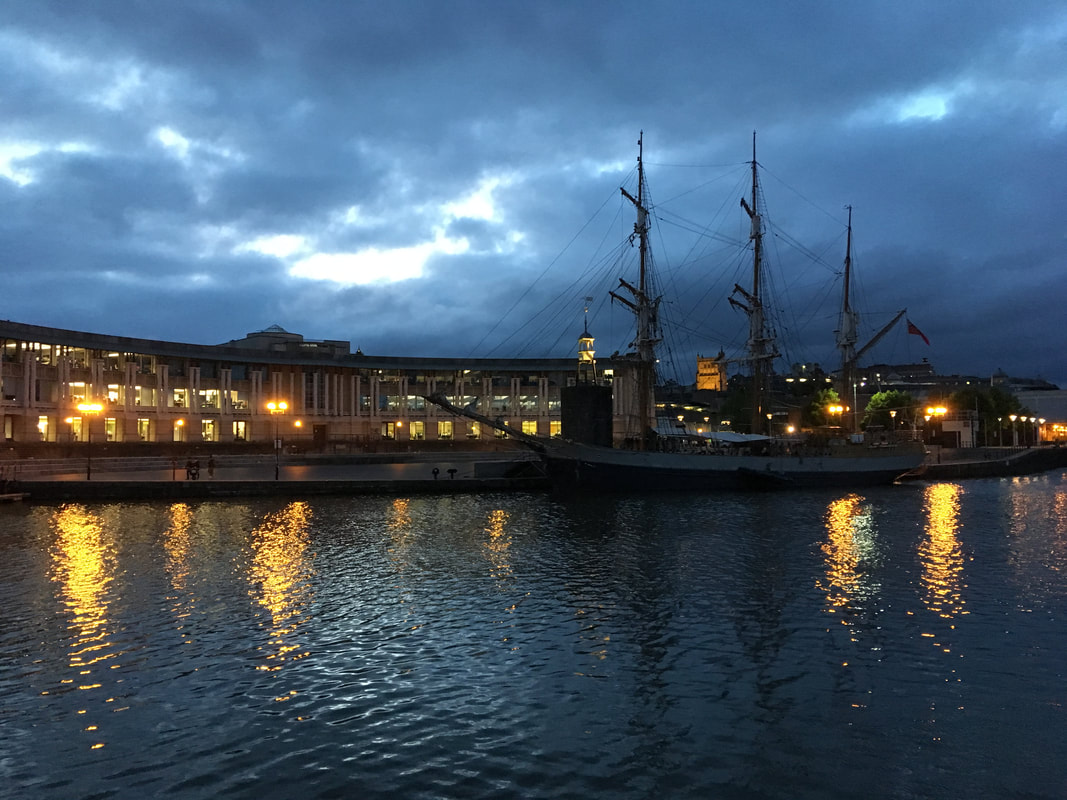
We thought this was the Matthew (replica of the boat sailed across the Atlantic in 1497) but it's the tall ship Kaskelot (restored original).
Day 9: Cheddar Gorge, Wells*
After a relaxing morning, Allysse, Emma, Dan and I drove down to Cheddar Gorge, where we climbed a lookout, had lunch in the (very touristy) village and then walked around the top of the gorge. It's an amazing place! I guess I thought, in the back of my mind, that you don't get "big landscapes" in England - especially in the south. I loved everything about the walk and the company. Allysse and I recorded an intro for Queer Out Here. We saw wild goats . . . and Glastonbury Tor, in the distance, in the sunshine. After a few false starts (including an abandoned pub!), we ended up in Wells for dinner.
Wales
We love Wales (had you noticed?), so we couldn't really go from Bristol to Birmingham without popping in to a couple of our favourite places. It was fun to notice that our DuoLingo and Say Something in Welsh practice has paid off a bit - we could understand a few more signs this time. Gwych!
Day 10: Tredegar House
Allysse had to work, but Emma came with us to Tredegar House on the outskirts of Newport. We had a short wander around the ponds, then popped into the house. Once again, the room volunteers provided entertaining commentary on the history of the house and its owners. Fave quote about a fellow with a pet kangaroo: "As you can see from this photograph, he was gay." We went to a talk about the history of the property from Tudor times to its life as a school and council-run venue. It was warm, I was comfortable, I fell asleep. Sorry, volunteer presenter! We ate scones, dropped Emma at the station then headed on up to an Airbnb in Caerphilly.
Day 11: Lanlay, Caerphilly Mountain*
National Trust places seemed a bit thin on the ground in the immediate vicinity, but we found one: a field. OK, that makes it sound dull, when in reality Lanlay is a series of beautiful riverside meadows that have not been farmed since before WWII. This means the place retains traditional hedges and a huge diversity of wild herbs, grasses and so on - the kind of diversity I'd heard about, but it was another thing to see and truly understand what we've lost elsewhere and what people are working to bring back where possible. There was a sign encouraging people to pull up Himalayan Balsam, so rather than walking we went on a long weeding expedition. We had lunch with lovely friends (and it was a lovely lunch, although I think the soup broke two soup makers?!). After lunch we drove to the top of Caerphilly Mountain for a wander around the common/heath. All in all, an enjoyable day!
Day 12: The Sugar Loaf, Abergavenny*, Pen-Ffordd-Goch*, LLanthony Priory*
Up through the valleys from Caerphilly we went, heading towards a wonderful part of the world - the area around the Black Mountains/Brecon Beacons/Usk Valley/Wye Valley/Vale of Ewyas. First stop: a climb to the top of Sugar Loaf/YFâl. This was great. The climb gradually steepening to the rocky crest. We spent a while enjoying the excellent views and watching the rain jumping peaks towards us - Corn Du, Pen y Fan and Cribyn in the distance, then the nearer hilltops, then the Usk Valley, then . . . it missed us! We popped down to Abergavenny for lunch and over to Pen-Ffordd-Goch/Keepers Pond to find the road we'd seen from Sugar Loaf/Y Fâl. Finally, we drove to the sweet little campsite below the picturesque remains of Llanthony Priory/Priordy Llanddewi Nant Hodni. It felt like it had been ages since we'd camped - days since Exmoor - and it was good to be back in the tent.
The Middle Bits
A.K.A. Birmingham, Warrington and Manchester. (I originally called this section "The Midlands" and Derry told me off. Landscape-wise, it felt like we entered The NORTH only once we'd passed Manchester. And let's be real, Manchester's only about two thirds of the way from the south coast to Scotland!) This section of our trip was based more around seeing friends than any particular National Trust properties - but that's not to say we didn't visit some great places.
Day 13: Gospel Pass (Wales)*, The Weir Garden, Birmingham*
Leaving our campsite after a paddle in the nearby river (cripes, it was freezing!), we headed out over the Gospel Pass - one of my favourite viewing points in the world, I think! We then followed the Wye Valley around to The Weir Garden, set on a steep hillside overlooking the Wye. We'd stopped opposite it while canoeing down the Wye last summer and had filed it away as a place to come back to. Worth it! Then it was on to Birmingham, which we managed to do via quite a green route almost all the way into the city. We went to a pub quiz with our friend Rachael (who put us up for the night, too) where we came equal third - only 1.5 points below the winners. (I contributed only one, incorrect, answer - essentially, I think I lost the quiz for the team. Whoops!)
Day 14: Kinver Rock Houses, Alderly Edge, Warrington*
(A.K.A. the day I had chips for breakfast - classy!) We drove with Rachael to check out the Holy Austin Rock Houses at Kinver. These houses are part cave, carved into the red sandstone of Kinver Edge. People were living here up until the 1960s and the houses are refurbished in a cosy, domestic style along early-mid 20th century lines. Unlike many National Trust places, here visitors are encouraged to pick up the household items, sit in the furniture and feel what home might have been like in these fascinating structures. After most of the day out, we dropped Rachael back in Birmingham headed to our dinner date in Warrington, via Alderley Edge. I was such a fan of Alan Garner's books (these ones) as a kid and had a fantastic experience the first time we came to this area, remembering the books, matching the maps with places and going investigating. This was only a brief stop, but oh, wow, I still feel like I know these woods - and the things that might lurk there. It also made me want to re-read Boneland. Anyway! We had a good time with our friend Derry in Warrington. I had chocolate gnocchi for dessert.
Day 15: Quarry Bank, Manchester*
This was a bit of a terrible day, in that I didn't really eat properly until about 3pm. The less said about that, the better! But Quarry Bank was fascinating. The demonstrations were really informative and helped create a physical appreciation of the place's history - the noise, the dangers, the smells, the speed. We bought a tea towel woven on the machines in the factory and headed off to Manchester. It was such a pleasure to spend time with Sarah and Jit and their six cats (SIX CATS). We had a great walk along the canal into the city centre with Sarah, where we met Jit for a drink in the late afternoon sun before gorging ourselves on yet more delicious pizza.
Day 16: Lyme Park and House
After an amazing breakfast (thanks, Sarah - and thanks also for the amazing picnic lunch and dinner on this day!) we all piled into the car and headed off to Lyme. Another NT property with all the trimmings - deer park, stately home, formal garden, stables, orangery, etc. I got to play the piano (as I had at A la Ronde and Knightshayes) and we heard a talk about one of the owners of Lyme. Dan and I tried on the dress ups at pretty much every NT place where they were on offer, but Lyme was definitely the best. They had a whole room of clothes and volunteer assistants to help you dress and you could put on a complete outfit and wander around the property in it! We saw a few people in full costume around the house. Brilliant!
The North
The North (The NORTH). I can count the number of times we've been north of Manchester on one hand (once to Scotland, once to the Yorkshire Dales, once to the Lake District), so it was great to be back! I think it feels so far away from us down on the south coast that we don't even think about going there on holiday. That's kind of changed after this trip, and I like to think that we'll visit The NORTH more frequently, now.
Day 17: John Rylands Library*, Malham Tarn Estate
Having had a lovely time with Sarah and Jit, we went with them into town and visited the John Rylands Library, where we wandered around an interesting exhibition, ogled the reading room and admired the very cool neo-Gothic spaces (the library has featured in the Harry Potter films). We ate a tasty brunch before setting off northwards, with no precise destination in mind. We wanted to check out Malham Tarn and the rain stopped just in time for a lovely stroll on the boardwalk. We spotted wildflowers and ate wild raspberries -yum! Further and further through the Yorkshire Dales we pootled, checking out a couple of campsites to no avail before stumbling upon a Camping and Caravanning Club affiliated one in Aysgarth, where we settled in for the night.
Day 18: Aysgarth Falls*, Tan Hill Inn*, Hadrian's Wall and Housesteads Fort
We'd never heard of the Aysgarth Falls before, but as we were camped nearby it only seemed right to toddle down for a peek and a paddle. It was a glorious morning, so we made the most of it. We decided to head for Hadrian's Wall in the afternoon, which meant another long drive, down quaint country lanes and up over crumbling moors (there is some seriously bad erosion going on up there). We stopped off for lunch at Tan Hill Inn, a popular spot not only because it's the highest pub in Britain but because the Pennine Way leads right to its door. We reached Hadrian's Wall later than we might have liked, but still had enough time to take in the exhibition as well as Housesteads Fort. It reminded me so much of The Wall in Garth Nix's Old Kingdom series, I was concerned by the lack of wind flutes. Having signed up to the CCC that morning, we checked the app for nearby campsites. As luck would have it, there was one just down the road that had space for us - and they even gave us half a dozen eggs!
Day 19: Wallington, Cragside
After the massive, crunched up hills of Yorkshire, Northumbria seems to stretch itself back out, with longer, lower rises and gentler valleys. Driving through the heather-drenched landscape, we found a sign pointing to Wallington, where red squirrels might be found. Of course, we stopped! An hour in the hide only turned up birds (mainly tits, robins, nuthatches, woodpeckers) and a tiny frog, but it was an enjoyable break. We headed to Cragside in the afternoon. A couple of people had mentioned this as a destination - and no wonder! It was the first home to be lit by hydroelectricity, so there's some interesting engineering history there, but it's also a great house (with the most ridiculous 10 tonne marble fireplace) and a gorgeous estate.
Day 20: Barter Books*, Lindisfarne, Scotland*
The day got off to a bad start. We couldn't find the car keys anywhere (we looked everywhere - the field, the tent, the facilities caravan) and presumed we'd locked them in the boot. We called our insurance to get a locksmith, but he got lost on the way and it took 2 hours for him to arrive. He opened the car, we still couldn't find the keys . . . until Dan went back into the tent, and there they were. Argh! Hungry for breakfast, we found a random cafe in nearby Alnwick - which turned out to be in the most awesome second hand book shop, Barter Books. After breakfast, we headed to the Holy Island of Lindisfarne, parking in the dunes and finishing the trip on foot. It was packed with tourists and the castle was closed, so we bought some mead and walked back, the ghostly moans of the seals drifting across the water on the wind. As we were so close to Scotland, we popped up to cross the border. On the way back to the campsite I had a paddle at Cocklawburn Beach in the dark blue North Sea. The day ended better than it began with a delicious picnic (with mead, natch) in the low evening sunshine.
Back down to the East
And so we began driving south - "downhill" - out of The NORTH . . . it felt like we'd turned the corner and were heading back home. In fact, we reminded ourselves, we still had a week to go!
Day 21: Fountains Abbey
The Unthank sisters brought a tear to our eye as we passed Gormley's Angel. The day's stop was Fountains Abbey, set in the beautiful Studley Royal Water Garden, where we wandered the paths, enjoyed the interpretation timeline, admired the views, did a bit of knitting and of course ate a scone. I haven't mentioned every scone we ate. There were so many! I was quite the contributor (or should I say Sconepal?) to the National Trust Scones Twitter feed. That night we stayed in another CCC affiliated site - our first choice was a cute place that turned out to be wedged between two noisy motorways, but we ended up in a bleak semi-industrial landscape with pylons and smokestacks in the background. But the staff were nice, the food was fine and the showers were warm.
Day 22: Nostell, Sheffield*
Having camped not too far from Nostell, we got to the property early and had a peaceful stroll around the walled garden - and a few spins on the flying fox/zip wire! - before the crowds arrived. We went on an informative guided tour of the house, learning about the owners, architects/designers and collections. Our guide took pains to point out the collection of Chippendale furniture - some of which was horrible, in my non-expert opinion! In the afternoon, we headed to Sheffield to stay with our friends Vic and Jonjo (who have better taste) and went for a drink on a rooftop terrace to soak up some summery atmosphere. The last bit of our trip was shaping up to have much better weather.
Day 22: Tattershall Castle
After a homemade breakfast (thanks, Vic) we were off, heading towards Tattershall Castle. I didn't know what to expect, but I loved it! After seeing a few "in the style of" neo-Gothic or Romantic-mediaeval properties, it was good to get a feel for a space that is solidly middle ages - the big rooms, wide fireplaces, spiral stairways and windows over the moat. Mostly, though, I loved the graffiti, which had been scratched into the stone from the 1700s right through until the present. We heard others tut-tutting about it, but how cool to think of someone's hands running over that precise spot over 200 years ago. (Some of the graffiti was, perhaps, a little less authentic - check the tweet below.) We decided we'd rather not spend a night in the forecast storm, so we pushed on across the lowlands of Lincolnshire, through New York and Boston (yes!) and around the Wash to the comfy bed that awaited us in Norfolk.
In Norfolk: Morston Quay, Titchwell*, Sandringham*
Our road trip proper stopped in Norfolk, where we stayed with family in a holiday house for a while. I went swimming a couple of mornings, we visited Titchwell RSPB reserve a few times, we ate some good food and did some touristy things. Including . . . seeing seals! They were delightful to watch. Our final National Trust place was Morston Quay, near Brancaster. You can listen to the sound of boat rigging in the wind below. We also visited Sandringham (the Queen's house), which made for an interesting comparison with all the NT stately homes we'd seen. You only get to visit a handful of rooms, but they're apparently set up just as they are when Her Maj is in residence. It must be odd to live amongst the collections of stuff from past royals - there's a whole collection of jade ornaments, which I found especially unappealing. You can read a bit more about the interiors in this Country Life article, if you're interested.
And so our National Trust road trip was at an end. Dan and I agreed that it had been a great holiday.
We saw new sights, learnt many interesting things and had a ready-made structure to each day. Car camping was fairly low stress, though next time I would be a bit more organised - we took far too much stuff, probably because before we left we were concentrating on moving house rather than packing for a holiday. The Camping and Caravanning Club membership proved a happy medium between total spontaneity (and the stress that can bring) and complete pre-planning (and the lack of flexibility that can bring). Hopefully we'll use it again over the year. Speaking of memberships, I'd thought by the end of our trip I would be sick of National Trust branded literature and atmosphere, but it wasn't too bad - each place retained enough individual character to intrigue and charm us. We were ready to stop by the end, though. As much as it was enjoyable to pop in to so many different parts of the country, I think next time we'll pick just one or two areas to explore!
Thanks so much to all the folks who put us up, fed and watered us and/or spent time with us: Rachael, Dru, Allysse, Emma, Kate & family, Rachael (another one!), Derry, Sarah, Jit, Vic & family, the Katzes.
The sights and sounds of summer . . .
To start, why not put some sounds in your ears while you read over this post? Below is a compilation of various recordings I made (on my camera, so not brilliant quality) during June. Originally, I intended to do a recording every day for 30 Days Wild, but didn't manage it. Speaking of 30 Days Wild, it was fantastic to get my pack from the Wildlife Trusts, featuring cards with pictures that I drew! It was very exciting to have my art going out to thousands of people. I talked about the process of creating the cards here.
So, back to our activites in June. We paid a visit to London for a family wedding at the start of the month and enjoyed some green spaces in the city.
The wedding cakes were a sight to behold. All the fruit and flowers inspired me to try something I'd been meaning to get around to for the last few years: cooking with elderflowers. I foraged a couple of flower heads and made them into pikelets (sweet little pancakes), which worked quite nicely.
It's hard to fit in outdoors time around a full time job with a 1-2 hour commute each way, so we decided to start a little tradition of going on a walk on the way home at least once a week. We chose Arlington Reservoir, because it's a one hour circular walk on an easy trail, with a variety of stuff to look at: the water and waterbirds, a bit of woodland, views of the South Downs, animals, buildings, fields. It was satisfying to watch the evolution of the micro-ecosystem that is the reservoir wall over the course of the summer and autumn, until it got too dark to walk any more.
There was a gorgeous Chicken of the Woods fungus growing on Battle High Street, of all places. I didn't want to take it, as it looked so lovely and colourful. Somebody else didn't have any such qualms - it had been cut down when we next went past, a couple of days after I took this photo. (I later heard it was a friend of a neighbour, who presented it to a family member for their birthday!)
We had an amazing microadventure on the South Downs with probably the most beautiful scenery I saw this year. The HRRA walk this month was also on the South Downs, which meant even more fabulous views!
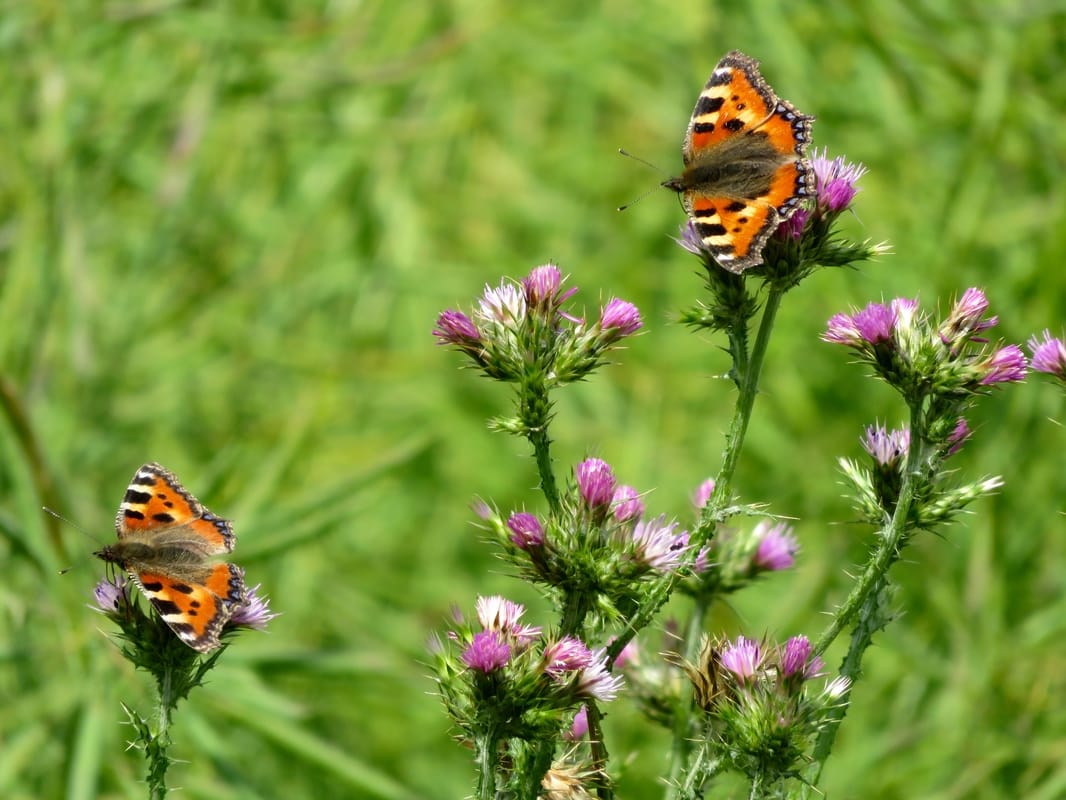
Small tortoiseshell butterflies, which have suffered a population decline, especially in the south of the UK.
And at the end of the month we went Champing for the first time. Despite quite a grey and drizzly month overall, we did manage to make the most of it.
Last June, I had a great time doing #30DaysWild, and I drew a little doodle or sketch each day to show what I’d got up to. It seems that some of the folks at the Wildlife Trusts appreciated my little pictures, because they asked me if I’d like to do the illustrations for the Random Acts of Wildness cards in this year’s pack. Of course I wanted to! How cool is that?! Anyway, I thought some of you might be interested in hearing a bit about the cards - thanks to Mags (of With Each New Day), Helen (of Stresswitch) and notso (of Bus-Stop Birding) for the following questions. If you’ve got other questions, feel free to ask in the comments. What determined your choice of subjects? Did you think of the acts yourself or were you given a list?I liaised with the fabulous Lucy McRobert at the Wildlife Trusts and she sent me a list of activities, along with some instructions about the shape and layout of the cards. Other than that I was left mostly to my own devices, which suited me. It was a nice way of working, to be free to think about the story I’d like to create around the text on each card. Some of the pictures are straight up illustrations of the text, others work in tandem with the statements. On the other hand, this freedom meant that when I got stuck with what to draw, it took a lot of thinking to get me out of my pickle - I didn’t have many pointers! But, as is so often the case with creative things, some of the pictures that puzzled me the most ended out being my favourite illustrations. I had a hard time figuring how to illustrate "Google wild facts" without just showing a person at a computer. Hopefully the end result, although slightly fantastic, shows how research can bring ideas to life, off a screen and into reality (or at least into imagination). Did you work on the art at the location or from photos? Were any of the cards inspired by specific locations?I was doing most of these illustrations in February and March, when it was cold and bleak and I was not surrounded by the flora and fauna of summer. This was one of the most difficult parts of the process. I couldn’t walk outside and think, “Oh, that’s an interesting flower,” and draw it. I had to try to remember what kinds of flowers or fungi or birds are around in June, then find images of them to work from - photos, diagrams, other illustrations. Inevitably, that meant I was limited to the things I could remember names for, or which showed up in my many Google searches on variations of “wildflowers in Devon” or “fungi UK June” or “summer migrant birds Scotland”. I also drew on the pictures I did during #30DaysWild in 2015, and on my photos from the last few summers, using them as inspiration. (Incidentally, I just read this great conversation between Sarah Perry and Amy Liptrot at Caught by the River, which includes a discussion about the difficulties in writing out of season - I can relate!) In terms of specific places, I worked from memory a lot of the time - not to create exact replicas, but to get the feeling of a landscape. In the "Meditate in the wild" illustration, the bay was inspired by the beach at Hastings or Bexhill (near where I live) looking towards Eastbourne and Beachy Head. In the sketch a wild landscape illustration, I drew on our walk along the Grand Union Canal. For other pieces, I looked at photos and films of relevant landscapes to try to create appropriate backgrounds. In the "Watch a wild webcam" picture, there’s an osprey in the foreground and a landscape inspired by the hills of midwest Wales in the background. What is your artistic process for something like this? Straight in with the pen or pencil sketches first? What equipment do you use?Interesting questions - though talking about “my process” makes me sound like I’m a pro, when I’m really not (this is the first time I’ve ever been paid to draw things, as far as I recall). As I said on Twitter, "Just have a bash at it!" is probably my first step. All of the final images are black ballpoint pen on cartridge paper (sketchbook) - and a bit of whiteout, too! (That's Tipp-Ex or correction fluid to you.) There wasn’t a lot of reasoning behind that choice other than it’s what I had on hand when I began - and once I’d started I wanted to be consistent. If I did it again, I’d be interested to try out felt-tip pens. I knew the original images would be reduced a little in size for the cards, so I deliberately tried to keep them simple - lots of bold outlines, not too much shading. This also made them a bit like children’s book drawings, which appeals to me. I think Alison Lester’s artworks are gorgeous, and if my pictures captured even a little bit of the joy she is able to convey in her books, I’m happy. For the first few images, I started with rough sketches and studies, but because pencil and pen are such different media (for me, anyway), I didn’t find that process very useful. As I continued, I tended to draw in proportions and light outlines with pencil and go at it with pen almost straight away. Some subjects required a bit more work, especially animals and people, where the proportions needed to be more accurate. Were there any unused designs?I ditched a couple of designs at draft stage, because they were boring or didn’t work for some reason. One of them was rejected as not being relevant enough to the text and I made a couple of spares just for the sake of it (again, I don’t think they were used). And then I did seven more on request that were to be part of the social media campaign - I haven’t seen them yet, though! Which illustration did you do first? Which is your favourite?The first one I did, though I ended up redrafting it later, was the "Switch off to tune in" picture of the electrical cord turning into ivy. I was pretty pleased with that visual pun. It’s too hard to pick a single favourite, though. The pictures that were my favourites to draw aren’t necessarily the best images; and my favourite illustrations aren’t necessarily my favourite cards (some were changed around in the design process). But here’s a few . . .
Have you tried all the activities yourself?No! I’ve managed a few of them this month and I did many more of them last year. One I really do want to try - hopefully more than once! - is a proper digital unplug. My partner and I go through stages of having a weekly screen-free evening, and that’s great, so a whole weekend must be even better, right? Think of all the books I could read! I wouldn’t mind setting up a bird picnic one day, too. And making a bug hotel. And making seed bombs (I love the idea of guerrilla gardening!). And, and, and . . . So, how was #30DaysWild for you? Have you followed people's adventures on Twitter? I have been a bit slack documenting my attempts to add some extra wildness to my days. Hopefully I'll do a summary post sometime soon. Meanwhile, if you have any more questions about the cards, pop them in a comment below and I'll try to give you an answer! We spent the second week of our Australian holiday in Melbourne. We had a fantastic time, meeting up with loads of friends and eating loads of food. It would be impossible to write about everything we did and everyone we saw, so instead I'm sharing some photos and a few snippets of writing. Once again, I hope they give you a bit of a feel for the place. Melbourne is built on the traditional country of the Wurundjeri people (Woiwurrung language group), Bunurong people (Boonwurrung language group) and Wathaurong people (Wathaurung language group) who along with the Taungurong people (Daungwurrung language group) and Dja Dja Wurrung people (Dja Dja Wrung language group) form the Kulin Nation. Watch a welcome to Wurrundjeri country and learn more about Indigenous histories of the area here. MaribyrnongWe cross the Maribyrnong River on our first morning in Australia, then again as soon as we return to Melbourne after a week in East Gippsland. It’s wider than I remember, the surface laid out silvery under clear autumn skies, looping beneath concrete bridges, here presided over by the golden presence of Heavenly Queen (Mazu), there sidling along past cranes and shipping containers to join the Yarra just before Westgate Bridge. It draws us in. We walk with our friends through Fairbairn Park and cross the river to Pipemakers Park. We pass a few afternoon dog walkers on the banks and joggers huffing along the paths. Half a dozen commuter cyclists whizz by, squinting into the sun. But the river itself is empty - or rather, it belongs entirely to the pied cormorants, wood ducks, mallards and little egrets. It strikes me as odd that nobody is on the water, but not because I’ve ever seen many people on the Maribyrnong. It’s just that the familiar has become unfamiliar. I think of how every river or canal in our south-east corner of England seems to come with a floating jumble of boats - narrowboats and barges with people living on board year round, motorboats hauled up on the banks waiting for their few weeks’ use in the summer holidays, sculling teams skimming across the early morning, weekend kayakers and canoeing school groups in raincoats and oversized life jackets, picnickers clunking their wooden rowboats in awkward circles. I wonder if there are restrictions, bylaws that keep people off the Maribyrnong, but we find a launching place down on the bank. When or if we come back to live in Melbourne, I’m going to get a pack raft and go exploring. A couple of days later, we stop off on the way to Footscray to follow a pathway between the Maribyrnong and Edgewater Lake. The sky is flawless blue, the water still. Swallows dart above the rushes, crested pigeons and wood ducks potter around the grass, gulls and cormorants survey the park from posts and footbridge railings. The wetlands are overlooked by suburbia and a shiny new residential development, where a swanky boats rest empty in a small marina. It’s hardly secluded, yet only a handful of people pass us as we dawdle along. It feels like walking into a secret. BrunswickA few years ago, the height restrictions in the local planning regulations changed and low-rise apartment blocks have sprung up in almost every street. But it seems the council is keen to preserve something of the historic character of the streetscape, so many of the new blocks bubble out the back of old single-front timber clad houses, like geometric steel aliens trying and failing to fit themselves into human bodies, wearing human faces without quite getting it right. The changes are disconcerting. This doesn't feel like the suburb I moved to when I first came to Melbourne, the homeliness has been stripped away. Driving down Union Street and Brunswick Road, some intersections are unrecognisable. The sky is hemmed in by steel, coloured concrete and glass. I mourn all the back yard lemon trees and hills hoists and despise the creeping inner-city-ness of it all. It’s all changed so quickly, I think. It’s all different. (But it’s not. There’s always been a mishmash of architecture here and I’ve always loved it. And later, when I take the streets at walking pace I start to enjoy the changes, the way the old houses with their lace-trimmed verandahs act as a familiar, friendly entrée to a menu of contemporary apartments.) To everything there is a seasonI've never spent time in Melbourne without living in Melbourne - not since I moved here aged 18. (Does it feel like home?) It’s strange to be a guest, to be staying in our friends’ house, to be travelling by car, to be meeting people almost every day for breakfast, brunch, lunch, afternoon tea and/or dinner. We’re very busy. (Does it feel like a holiday?) I feel out of time, plucked from the damp chilliness of early spring in East Sussex into the cooling but still-warm early autumn in Melbourne. The rain falls with more determination here, the fruit is ripe on the trees overhanging the laneways, people talk about rugging up, they breathe out with relief that summer has finally finished, but it’s still 18, 20, 23 degrees every day. (Do you want to stay?) I am split between places, longing for all my homes even when I’m in them. There are bellbirds on Merri Creek, people are catching Australian salmon on drop lines off Altona Pier, there are sunsets over Brunswick that flow warm in my throat, there is the mournful call of Australian ravens - ah, ah, aaahhhrw. The grass is greener than usual for the tail end of summer. Soon the creeks will be full. We will not be here to see it. In England, the long drawn out pause of early spring is about to break, the blackthorn will burst into white blossom, the hawthorn will unfold green, the blackcaps and swallows will arrive and the season will come tumbling too quickly to hold. I am almost superstitiously worried that we’ll miss it. (Will you come back to live?) FamiliarAn incomplete list of things that make my heart skip with gladness to be in Melbourne: the street art in Footscray; friends; Ceres; the street smells that never include the same whiff of sewer as European cities; potato cakes of varying quality; doughnuts at the Vic Market; wide streets with parking spaces that don’t require cars to mount the pavement; cars all parked in the same direction; people only half-ironically Australianising place names (Brunnie, Knifepoint, Feddo, Flemmo, The Vale, the Oppie, Melbs, Chaddie, Woollies); the smell of eucalyptus and ti-tree; the sign advertising land for development over which someone has painted NO NO NO NO NO NO; the ears of the Daimaru building (yeah, I still think of it as that); anti-fashion fashion; cheap pizza, expensive brunch; people complaining about the trains; people saying “soy milk” instead of “soya milk”; the sound of magpies, kookaburras, currawongs, wattlebirds, parrots, bell miners - and starlings, swallows, feral pigeons; ridiculous postmodern-pastiche architecture; graffiti; verandahs; Victoria - Garden State, Victoria - On The Move, Victoria The Place To Be - and new since we left, Vic - Stay Alert Stay Alive and Victoria - The Education State; good coffee that’s not too hot to drink; phone numbers that are the right length; the lack of litter (OK, there’s some, but the roadsides are so much cleaner than SE England); the spot on the Merri Creek where, when the water is low, you can jump across the stepping stones; seeing souvlaki and dim sims advertised in chip shops; bluestone; sandstone; pedestrian crossings that go pyeeeeeew-dikka-dikka-dikka-dikka; Bonsoy; overhearing someone on the phone saying “under the clocks”; a ring tailed possum on Barkly Street; Franco Cozzo; the clean glare of the sun and how high it is in the sky; wait staff taking a coffee order ten minutes before they take a food order; all the food - so much food; tattoos; the sound of (old) trams rumbling down the street; the grid; hook turns. Thank you to Esther, Gabe and Martin for hosting us and to everyone who met up with us in Melbourne for a chat (and food, of course!): Esther, Julia, Kate, Toby, Sara-Jane, Essie, Arty, David, Jane, Mimo, Molly, Nathan, Oli, Mel, Stephanie, Danni, Emma, Emily, Moya, Nika, Steve, Di, Leigh, Ashling, Steph, Kerri, Sam, Anthony, Kate, Una, Rohan, Brooke, Darren, Del, Eliza, TJ, Nathan and Michelle. Last month, we went to Norwich for a family wedding. After staying the weekend in a swish hotel (many thanks to my partner's parents!) we extended our holiday with a night of wild camping - from one extreme to the other! We set off towards Suffolk with our sleeping gear and new tarp in our backpacks . . .
This outing was part of Alastair Humphreys' Year of Microadventure challenge. You can read about our previous wild camping microadventures here: January, February, March, April, May and June. It's hard to say how much it cost us this time. We only spent a few pounds on food and petrol (though we were in the area anyway). Our new tarp cost £70, but now we have a tarp - great for keeping dry in the rain. We'll also take the tarp on our Walk Across Wales this month. I'm having a few weeks off from blogging to go on this adventure from Aberystwyth to Hay-on-Wye via the Cambrian Mountains and the Wye Valley Walk. We'll probably tweet occasionally so check Twitter for updates! June’s microadventure challenge was to visit a place of historic interest. We are spoilt for choice here, which made it all the more difficult to settle on a destination!
I'll be posting the July microadventure round-up soon, but if you're a keen bean you can peek through my archives and read about other microadventures and other walks! In June, the Wildlife Trusts ran a hugely popular campaign called #30DaysWild, encouraging people to "make room for nature" by engaging with the wild world around them every day. When I signed up, they sent a wall calendar with squares just begging to be filled with sketches and doodles. Here's what I got up to . . . 1. A cup of tea in a field. I took my mug of tea out into the field behind our house and enjoyed the view - starting off simple, because I was feeling a bit poorly. 2. A walk in the rain. I had just bought a new raincoat and I wanted to try it out. The hood is massive! 3. An encounter with a curious robin. I went to the immaculately kept Almonry Gardens and did an awareness meditation. Hearing a rustle at my feet, I opened my eyes to find a robin peering up at me as if to say, "What are you doing?!" 4. Reading in a wildflower meadow. A properly sunny day to do whatever I felt like. I took my copy of Roger Deakin's Wildwood out into the field across the stream and spent a pleasant hour reading, identifying flowers and watching clouds. 5. Watching a thunderstorm. I went to Hastings Country Park to do a walk for my monthly column in the Battle Observer. I was treated to a magnificent storm, with thunder that shook the cliffs! Look out for the article, coming soon to this very blog. 6. A dip in the river. Shortie wetsuits were on special at Mountain Warehouse for £20 - and they fit me! We went exploring and discovered a secret dipping hole in the river. It isn't deep or big enough to swim properly, but it is a lovely spot. 7. A picnic with friends and neighbours. A friend and I organised a casual get together inspired by the Eden Project's Big Lunch. About two dozen people showed up over the afternoon and we introduced several locals to an open space they didn't even know existed. 8. Finding foxgloves in the woods. (Not hollyhocks, silly!) We're lucky to have Battle Great Wood just down the road from us. I spent quite a bit of time there in June! 9. Dinner in the garden. We have a little courtyard for a garden and doing this challenge kick-started our summer-dinners-in-the-garden for the year. 10. A tadpole extravaganza. I'd noticed some tadpoles in a pool in Battle Great Wood, so I went back with my camera to take some photos and videos. Wow! The pond was writhing with them! 11. Counting wildflowers in the churchyard. Species, I hasten to add, rather than individual flowers. I found twelve varieties including clover, ribwort plantain, buttercups and the ones depicted here that I can't name. 12. A walk around an iron age hill fort. My partner dropped me off just outside Brighton and I spent a wonderful couple of hours exploring this hill fort, the downland, the golf course, the wooded valley and the allotments before heading into town to do a bit of work at a cafe. 13. Save a spider. This is my usual MO, especially when living in a country where the spiders are small and unlikely to kill you! I feel terrible if I don't notice them in the shower and they drown or get washed down the plug hole. 14. Bird spotting. We went down to Rye Harbour Nature Reserve with our friend from India and spent a while in the different hides discussing Indian and Australian wildlife, watching terns squabble with black headed gulls, laughing at the plovers scooting across the shingle, spotting well-camouflaged chicks and admiring the wading birds - avocets and redshanks amongst others. 15. Defending my chips from herring gulls. Almost ironic after the previous day's outing. As I said on Twitter, this was more the "exciting" definition of wild. I ended up yelling, "Take the chip!" and running away. 16. An all-day, mapless ramble. This is quickly becoming one of my favourite things to do with a day off! My partner drops me somewhere on his way to work in the morning, I walk all day, then he picks me up on his way home from wherever I happen to be. I've seen lots of wildlife and found some great spots. (Imagine that rabbit thing is a very cute baby bunny, please.) 17. A big, shiny, blue bee (in Paris). We went to Paris for a day trip! We met some friends there who were visiting from Australia and they whisked us around to some fab spots. We spotted what I think was a carpenter bee in the community garden at Jardin Villemin. 18. Unintentionally following a kestrel. I was out on another mapless walk and this kestrel kept landing on wires, poles and trees along the lane. I think I probably annoyed it! 19. Cleaned and filled the bird feeder. According to Springwatch, cleaning the feeder is one of those things you're meant to do every week or two, but which I hadn't done for a two months (since we bought the feeder). Whoops. 20. Moth trapping. This was the most eye-opening activity I did all month! Here's my blog post about all those amazing moths! 21. Wild camping in the woods. We're doing Alastair Humphreys' microadventure challenge this year. I'd found a promising spot while out looking for tadpoles, so we slept there for the summer solstice. You can read about some of our other microadventures here. 22. Make a bee hydration station. I'd managed a wild thing every day, but I felt like I hadn't done very much for the wild world around me. This was fun. I used pretty pebbles collected from walks and beach outings and the water made all the colours extra bright. I'm still replenishing the water every day. Better go and do that now, as it's going to be a hot one . . . OK, done! 23. Foraged sorrel in a wrap. I love popping into the field to pick a few leaves, or bringing home a tasty treat when I've been on a walk. Sorrel is delicious anyway, but the tanginess went well with our Mexican-spiced sweet potato wraps. Yum. 24. Sucking nectar from honeysuckle. My primary school had a fence absolutely covered in honeysuckle and we used to do this all the time. If you try it, you need to bite off the very back tip of the flower. Choosing the ones with lots of nectar is totally a skill and not at all down to chance. 25. A fox on the footpath. Wow! It popped out of the grass and flowers not ten metres in front of me, then disappeared between the foxgloves on the other side. I couldn't see if the fox was wearing foxgloves as gloves, though. 26. Watching clouds until they disappear. Cloudbusting! A very relaxing way to spend half an hour - or five minutes, if that's all you have. It can be quite a meditative practice, focussing on just one cloud as it is now, and now, and now, until it's gone. 27. Wild swimming in a deep river. A relaxing hour spent by and in the refreshing River Rother, floating on the current, watching birds and clouds and dragonflies overhead, making way for kayakers from the nearby boating station . . . Brilliant. We chanced upon two of my partner's former colleagues and their family who were also out to find a swimming spot, which was a nice bonus. 28. Spotted a yellow wagtail. We were out on a walk (coming soon to the Battle Observer and thereafter to my blog - watch this space) when a flash of yellow sped across the field and into a young oak tree. A yellow wagtail! 29. A mapless ramble on the South Downs. Another glorious, meandering day. If you know this end of the South Downs you might be able to identify some of the things in my sketch. 30. A cup of tea in a field. Ending #30DaysWild as I began it - only this time with my partner and a whole thermos of tea, watching the shadows lengthen across the golden hillsides. Beautiful. So, that was my wild month! I had a fantastic time getting out into nature, doing activities I wouldn't usually do, or paying closer attention to the things I do regularly. I also enjoyed chatting to people on Twitter and seeing what they were getting up to. I was chuffed that people seemed to like my sketches - especially as I thought I'd taken the easy way out by not blogging! From a charity perspective, I'm interested to find out whether the Wildlife Trusts think this has been a successful campaign and why. Obviously, #30DaysWild has been extremely popular: it's captured the interest and imagination of many people around the country. I'm pretty sure it's achieved the aim of getting more people out into nature and getting people out into nature more. I wonder how many have (or will) become members of a Wildlife Trust as a result? How many people did something for wildlife during the month, rather than just doing activities they enjoyed (I felt guilty of this myself)? How many will follow their new or renewed interest in nature into political action or campaigning? I eagerly await the impact report, because I am a nerd. I also hope lots of great photos continue to come in on Twitter via @30DaysWild and #StayWild! Did you blog about #30DaysWild? There's a huge list of bloggers on the website, but if you'd like to share your favourite posts/activities in the comments here, I'd love to read them - and I'm sure other readers would, too!
I’m sitting in the window at the front of Hastings Library, staring at the rain, headphones on, deep in a good book. I’m not reading, but listening to a young man who, in 2012, got a call at work. “I said, ‘No, it’s fine, you can tell me over the phone’ . . . I just wanted to crack on with my day . . . There was a pause and they said, ‘You are positive, you do have HIV.’ And I’m sat there at my desk thinking, You need to control this, there are people all around you, they’re your colleagues . . . For a split second you almost don’t think it’s actually happening, this phone call isn’t quite real.” I am there with him on the precipice, imagining myself at my own desk, in my own workplace. How would I react? His narration makes me feel it in my gut, in my heart. This is not the strange word I vaguely misunderstood when I was a child in the 1980s, it’s not the academic papers I read at university, it’s not a poster in my doctor’s waiting room. This is someone just a few years younger than me, living and working somewhere in Sussex. His HIV+ diagnosis feels urgent, immediate. Speaking Volumes is a project that aims to combat misconceptions and ignorance about living with HIV. Project participants attended creative art and storytelling workshops, then recorded their stories. These fifteen recordings are inserted into hollowed-out books and illustrated with participants’ artworks, each book displayed on the Speaking Volumes shelf. The volumes are broken into chapters, or audio tracks, based on themes such as diagnosis, treatments and side effects, sex and relationships, work, spirituality, isolation and support. Visitors to Hastings Library in October could take a book from the shelf, a set of headphones from the box beside it, and listen to diverse life stories of Sussex-based men and women living with HIV - aged from their 20s to their 80s, parents, people with disabilities, hailing from the UK and around the world. “The project was particularly relevant to Sussex,” says Speaking Volumes Project Manager and Director Alice Booth. “It's an area where there is higher prevalence of HIV than the national average - especially in Brighton and Hove, but also in Hastings.” The project was inspired by human libraries, where people who have encountered stigma or oppression can be “borrowed” to talk to a member of the public about their experience. “I thought this was a great idea and would be a brilliant thing for HIV positive people to do,” says Alice Booth. “But I was aware that the stigma associated with the condition meant that lots of people who would like to share their story would be reluctant to appear in public.” Sitting in the library under a sign saying “HIV stories”, amidst posters encouraging me to get tested for HIV and booklets with numbers to call for HIV support, I get a tiny hint of what that stigma could be like. There’s nowhere private to turn and wipe my eyes when I hear from people who saw almost all their friends dying around them in the 1980s, about people disowned by family members, from someone who was deported from Taiwan for being HIV+ and has been living apart from his partner ever since. I feel exposed. However, for every negative experience in Speaking Volumes, there seems to be a positive. While the deeply personal stories resist neat narratives about progress, one of the overarching themes to emerge is the extraordinary change in attitudes towards and treatments of HIV in the UK over the last three decades. “The general public, I feel, still do not realise that HIV is no longer a death sentence,” says a participant named Scott. “They need to be educated . . . people need to know.” The installation at Hastings Library marked the project’s first East Sussex exhibition location. Abigail Luthmann, Equal Access Manager for ESCC libraries, says, “For libraries, stories are what we are about - factual or fictional. Listening directly to someone’s own story is a very powerful way to understand a different perspective and experience of life. As some of the participants are East Sussex residents we are particularly pleased to be able to host it.” This article first appeared as "Speaking Volumes at the library" in Hastings Independent, Issue 18, 7 November 2014, p18. 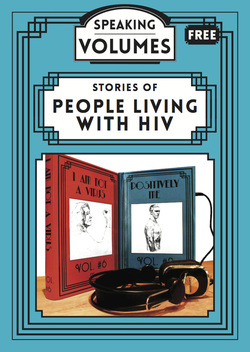 Flyer for the Speaking Volumes project. Flyer for the Speaking Volumes project. An exhibition hosted by Hastings Library throughout October allows visitors to listen to life stories from people in Sussex living with HIV. Speaking Volumes aims to combat misconceptions and ignorance about living with HIV. Participants attended creative art and storytelling workshops before their stories were recorded. These 15 recordings form the centrepiece of the installation, with each “volume” displayed in a hollowed out book on the Speaking Volumes bookshelf. The project highlights the diverse experiences of people living with HIV: men and women, aged from their 20s to their 70s and 80s, parents and people with disabilities, hailing from the UK and around the world. Each volume is broken into a number of chapters, or audio tracks, based on themes such as diagnosis, treatments and side effects, sex and relationships, work, spirituality, isolation and support. The installation at Hastings Library marks the project’s first East Sussex exhibition location. Abigail Luthmann, Equal Access Manager for ESCC libraries, saw the installation in Brighton and was so impressed that she asked if ESCC libraries could host the exhibition. “For libraries, stories are what we are about - factual or fictional,” she says. “Listening directly to someone’s own story is a very powerful way to understand a different perspective and experience of life. As some of the participants are East Sussex residents we are particularly pleased to be able to host it.” Speaking Volumes Project Manager and Director Alice Booth notes, “The project was particularly relevant to Sussex as it's an area where there is higher prevalence of HIV than the national average - especially in Brighton and Hove, but also in Hastings.” The project was inspired by “human libraries”, where people who have encountered some sort of stigma or oppression can be “borrowed” to talk to a member of the public about their experience. “I thought this was a great idea and would be a brilliant thing for HIV positive people to do,” says Alice Booth. “But I was aware that the stigma associated with the condition meant that lots of people who would like to share their story would be reluctant to appear in public.” The format of Speaking Volumes allows participants to be as identifiable or anonymous as they wish. HIV: evolving treatments, evolving attitudes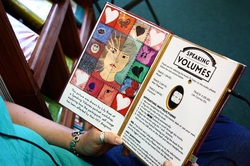 The recordings are displayed in hollowed books. The recordings are displayed in hollowed books. One of the overarching themes to emerge through the stories is the extraordinary change in attitudes towards and treatments of HIV over the last three decades. People diagnosed in the first few years of the AIDS crisis in the 1980s saw partners, friends and communities dying around them. Elfrid Walkingtree, who was diagnosed HIV+ in 1989, comments that, of the support group he attended at that time, “I am the only person alive today. Everybody is dead.” One participant became ill in the mid-1990s and started on anti-retroviral treatment, which had become available only months before. Two of his friends died that year, choosing not to try the treatment. “I know now that if they had started anti-retrovirals they would very likely have lived,” he reflects. “But at that point we’d had maybe eight, nine years of different research medication, different trials and nothing had worked for anyone for longer than six months with lots and lots of side effects - so why think this would be any different?” These decades of ignorance and shot-in-the-dark trial medication seem to have come to a close, with many participants diagnosed HIV+ in the last few years receiving swift, respectful and effective treatment, as well as greater understanding and support from friends, family and support groups. Scott, diagnosed in 2013, thanks those people who were “guinea pigs” in a process that has allowed his diagnosis to lead to him feeling healthier ever before. “The general public, I feel, still do not realise that HIV is no longer a death sentence,” says Scott. “They need to be educated. . . people need to know.” Continuing challengesThis is not to say that everything is rosy for people living with HIV. Although Scott’s story is largely positive, it took several misdiagnoses from his GP before he decided to get tested for HIV. In the meantime, he had become seriously ill and, as a result, had lost his job. Other participants speak eloquently about negotiating diagnosis and treatment in the workplace, as well as the shock, disbelief, relief, grief and numbness they felt following their diagnosis. Questions about if and when to disclose HIV+ status to colleagues, family, friends and partners also continue to play a big part in the lives of people living with HIV. Angelina Namiba was “closeted” about her HIV status in her first relationship post-diagnosis. “Of course, we practised safer sex. But it was quite difficult because I couldn’t be myself in my own house. I had to hide any literature about HIV, you know. It was really hard - being a stranger, almost, in your own home.” Now, she says, she would disclose sooner rather than later. But “it’s a bit of a dilemma,” she adds. “Sometimes I like someone to get to know me so that they know me as Angelina, rather than Angelina-the-virus.”  "Uncertain Future, Lasting Love, II" - Lin Stevens Yian "Uncertain Future, Lasting Love, II" - Lin Stevens Yian One story highlights the heartbreaking results of discrimination against HIV+ immigrants - especially relevant given Nigel Farrage’s recent comments that people living with HIV should be banned from migrating to Britain. Lin Stevens Yian was living in Taiwan with his partner when he tested positive for HIV. His doctor was required to report the diagnosis to the authorities, who then informed him that, as an HIV+ foreigner, he was no longer legally allowed to live in Taiwan. He had to leave within 14 days of taking the test or be deported. At the time of recording his story, he had been living apart from his partner for two years, unable to work due to his illness, and therefore unable to meet the UK government’s income requirements in order to bring his partner to this country. Many people diagnosed with HIV decades ago now face new challenges. Elfrid Walkingtree comments, “People do not seem to be interested in getting old and living with HIV, or [getting old and] being a gay person or a lesbian. . . People who came out of the closet maybe ten or twenty years ago face the reality of having to go into the closet again in order to go into an old people’s home.” The deeply personal stories in Speaking Volumes resist neat narratives about progress. But visitors who take time to listen to at least parts of a number of volumes will come away with a richer understanding of the history of HIV in the UK and renewed appreciation for the unique experiences of local people living with HIV today. Speaking Volumes is at Hastings Library until the end of October, at Lewes Library in November and at Eastbourne Library in December. On 1 December, World AIDS Day, there will be an event at Eastbourne Library followed by the annual Aids Memorial March from the Town Hall in Eastbourne. Richard Long’s land art makes me think new things, or think things in new ways. His walking pieces are exciting because they offer a space to reflect on the nature of both walking and art. Rather than analysing his works (there are plenty of places you can find analyses, and Long is also articulate in his artist statements), I will simply link to some of his pieces, along with some of the questions they raise for me. I highly recommend you click the links and have a look! Lines made by walking
Maps and stone lines
Texts
These questions are not abstract. To me, they are deeply connected to the physical, mental and emotional experiences of walking. They encourage me to think of different ways to map, record, approach landscapes and conceptualise my experiences. I have no idea what Richard Long's opinion might be regarding the ‘penis runs’ recorded by Claire Wykoff in San Francisco, but I like to think of Wyckoff as the latest in a long line of people engaging with and interpreting the landscape in new ways! My partner and I will be heading off on a walking holiday soon. I'm feeling inspired to record it in a different way to usual. One word per kilometre? A poem per day? The name of every dog we meet? What do you think? Share your ideas in the comments - I'll try to produce a record using my favourite of your suggestions! A recent exhibition at Hastings Trust combined architects’ eye-catching visions for Hastings and St Leonards with a lo-fi interactive display (map and sticky notes) of community suggestions for improving the area. 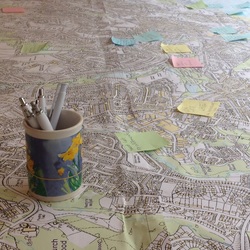 A map of Hastings awaits suggestions. A map of Hastings awaits suggestions. The “So Create A Difference” exhibition was organised by Hastings Urban Design Group under the RIBA’s local initiative fund and was first displayed in Priory Meadow in April 2014. Proposals from 13 local and regional architects and designers included a pedestrianised Hastings seafront with new trams, refurbishment of the Lido site to create a modern bathing pool, an infinity ice rink in West St Leonards and attention-grabbing student accommodation. Architects HazleMcCormackYoung also joined a long line of dreamers to reimagine Hastings Pier as an undulating “sculptural caterpillar” that would move with the tide. Perhaps the most striking and whimsical exhibit was DD Architects’ “Kype Steps to Nowhere” – a stairway to the open sky, carved into a series of huge, precariously balanced solid blocks jutting out from West Hill. While hard to imagine such a project ever gaining planning permission, the audacious design admirably fulfilled its aim to “recreate the engineering marvels of the Victorian period”, taking Hastings’ much-loved funicular railways as a starting point. 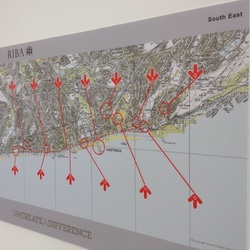 The exhibition covered 13 sites in Hastings. The exhibition covered 13 sites in Hastings. Rhonda Ellard of Hastings Trust said there had been plenty of interest in the map display from passers-by and that local people were keen to share their ideas. Suggestions for a market in Bottle Alley (the beachfront space beneath the promenade) had stimulated lively discussions among exhibition visitors, said Ms Ellard. Sticky notes from residents argued both for and against permanent market structures, claimed a white floor would make the alley more inviting and pushed for the inclusion of performance areas. On the whole, the community’s suggestions steered clear of the professional designers’ statement pieces, opting instead for practical plans to improve everyday liveability. There were requests for showers and drinking fountains on the beach, play/hangout spaces, exercise parks, allotments and a park and ride scheme for commuters. The future imagined by the community also emphasised creativity through art hubs, designated performance and busking posts and a legal graffiti wall. Notes ranged in tone from the quietly ironic (“A harbour?”) to extremely enthusiastic (“MORE CYCLE LANES! like Amsterdam! haha!”) 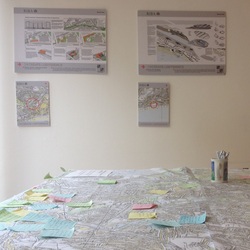 Community suggestions and designer visions. Community suggestions and designer visions. Hastings Trust’s Development Officer Jon Aldenton said, “At Hastings Trust, we want to make sure that what happens in the future is based on local demand and need. The idea behind the exhibition is to help the charity set an agenda for Hastings and itself, and to move forward on a firm base.” There are plans to take the exhibition to local schools and colleges in the future. Meanwhile, members of Hastings Trust (membership is free to local residents) are invited to a meeting on 30 September 2014 to evaluate the proposals. Those who did not make it to the exhibition are encouraged to bring their suggestions on the night. This article first appeared in Hastings Independent, Issue 14, Friday 12 September 2014, p14. Photos: Daniel Katz. 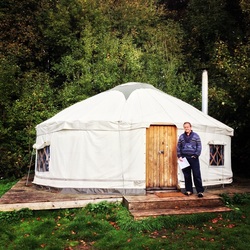 My first time staying in a yurt. My first time staying in a yurt. Like many kids, I had a thing about making nests. Blankets and cushions under the dining table, shelters built from fallen tree branches and quickly abandoned to Australian creepy-crawlies, beds at the top of a hay bale stack. . . Practical living spaces they were not, but they’re highly enjoyable to create! Nowadays, I only get to curl up in a nest when we go camping - or glamping in a pod (e.g. Rhosgadw Farm), shepherd's hut (e.g. Lanefoot Farm) or yurt (e.g. The Sustainability Centre). But my fascination with living in tiny spaces has only grown. I enjoy watching short films and TV series about small spaces and I love seeing how people make tiny and unusual living spaces work for them. The tiny house movementThe tiny house or micro home movement would offer lots of material for academic study. I often see tiny living marketed as a new idea, probably because these days a lot of relatively “normal”, middle class, white USAns are doing it (often post-global-financial-crisis), rather than poor people, indigenous people, people in countries other than the USA, nomadic people or culture-appropriating grungy hippies. I’d be interested to learn how participants imagine the movement and how a sense of community has developed through online and offline networks. I wonder how it is influenced by geography, laws, culture and climate? How do people negotiate the classist and racist elements I’ve just mentioned? How do people decide – and who gets to decide – who and what is/n’t included in the community? What counts as “tiny”, what counts as a “house”? If anyone’s doing a PhD on the topic, I’d love to read your dissertation! Tiny House BlogIn the meantime, one of my favourite places to get a fix of small-space design and living is the Tiny House Blog. Their motto is “living simply in small spaces” and their blog goes beyond pretty images (for those I follow Tiny House Swoon). They often host personal stories, “how we built it” articles, reviews of space-saving gadgets and/or research into history and design influences. I am a bit sick of seeing the (USAn) standard wood, mezzanine, peaked roof, tiny verandah, trailer-bed house, so I’m glad Tiny House Blog offers variety. If you’re on Twitter, you can get regular updates from @tinyhouseblog (and another great feed, @ilovetinyhouses). Well, that's it for today. Now I’m going back to dreaming about building my own, grown-up nest. . . What do you think about small space living and the tiny house movement? Do you have a favourite design blog? Please share your thoughts in the comments or on Twitter! |
In which IIn which I do things and write about them In which I tag
All
In which I archive
July 2022
|
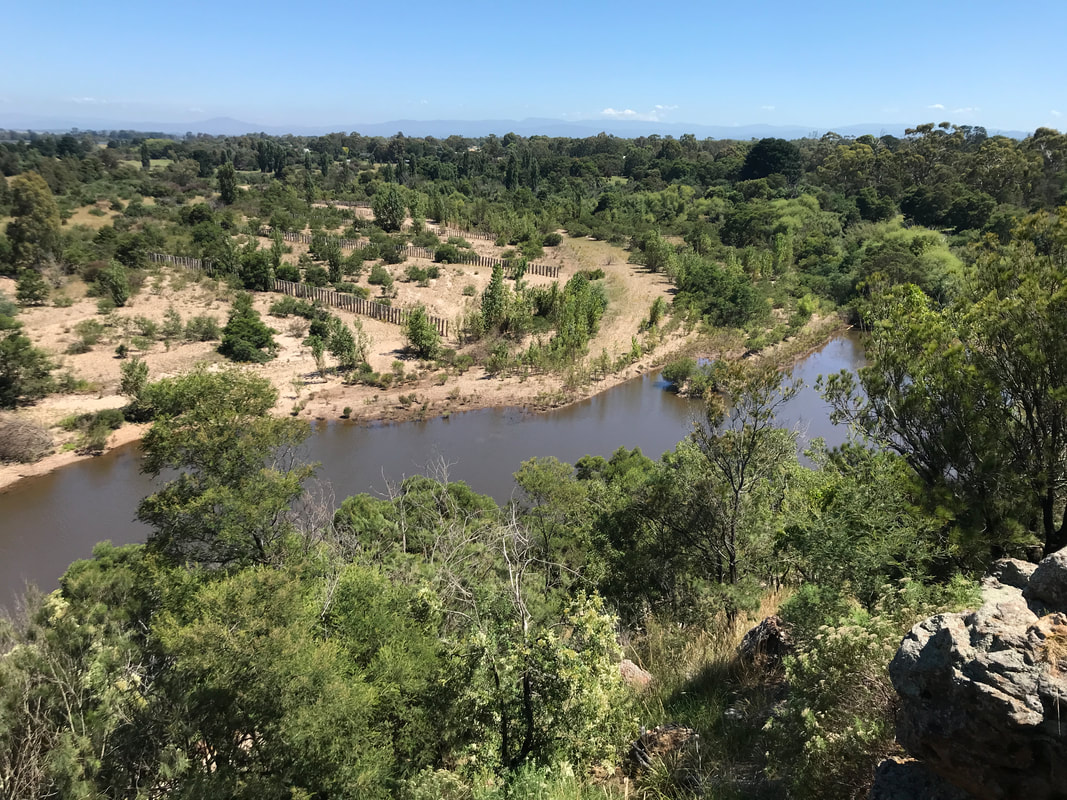
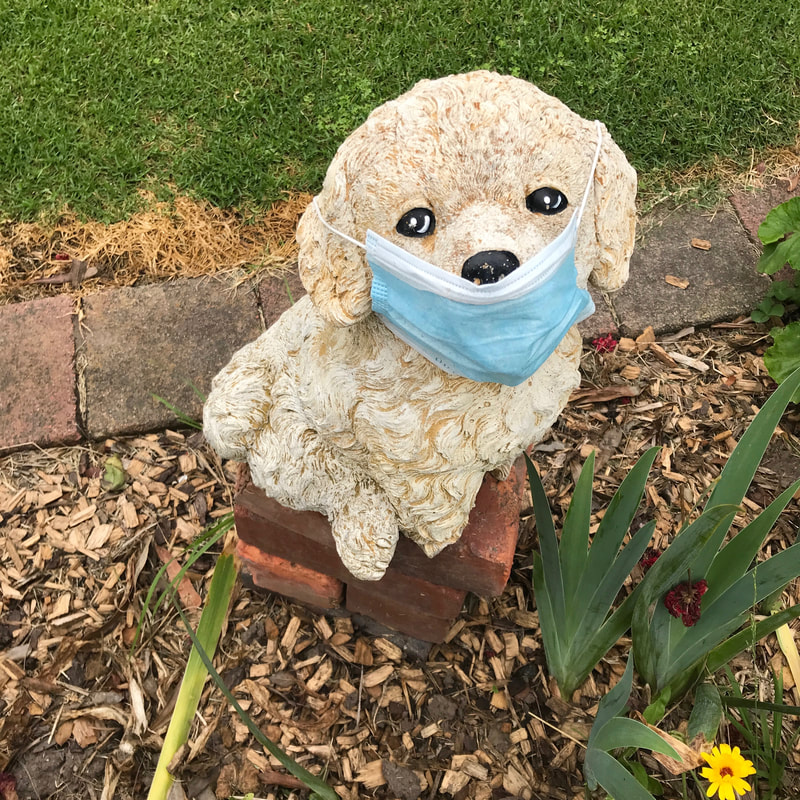
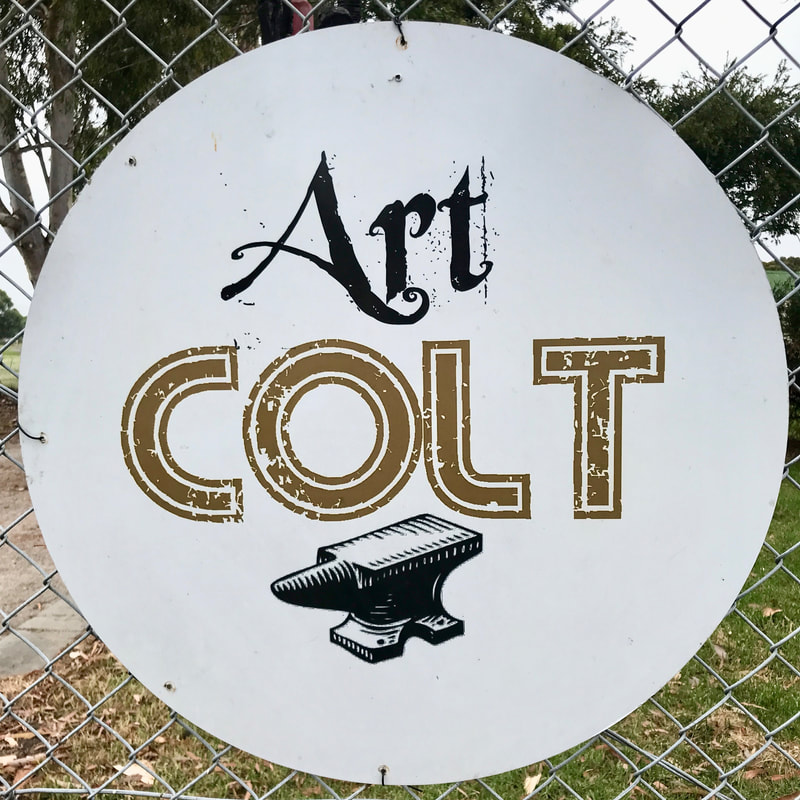
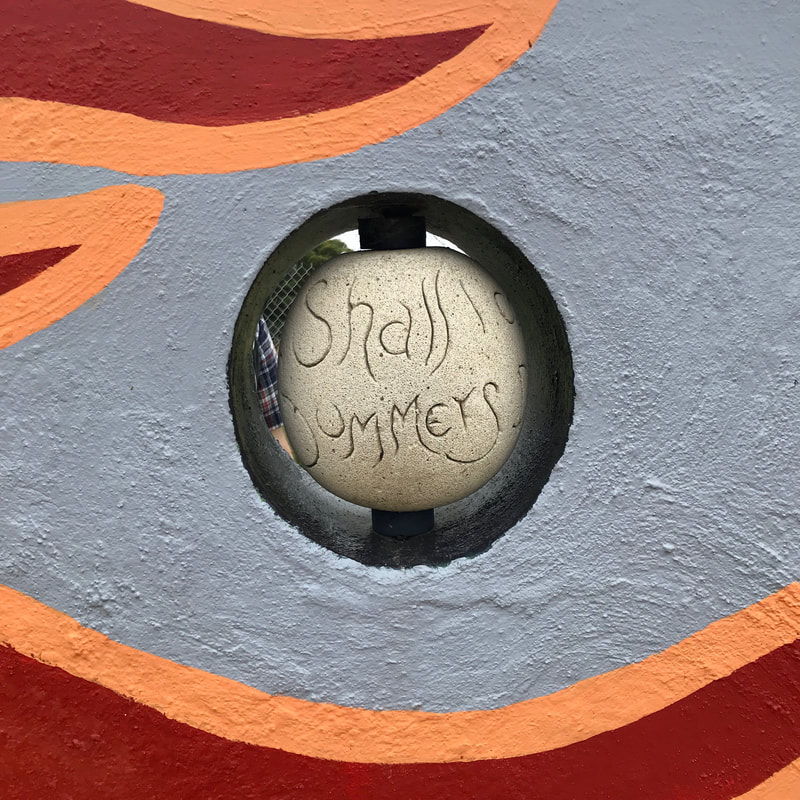
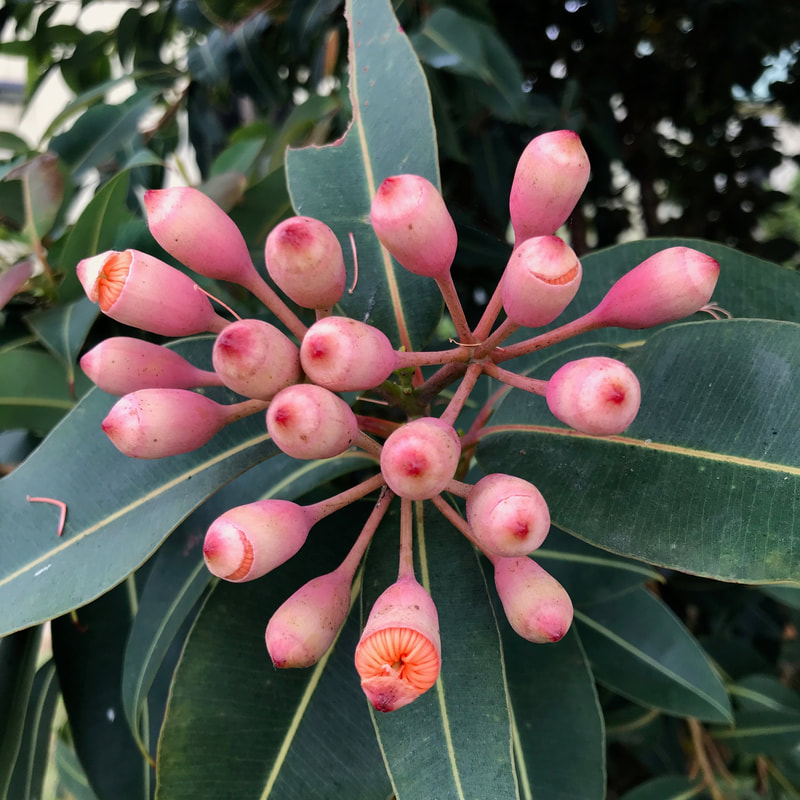
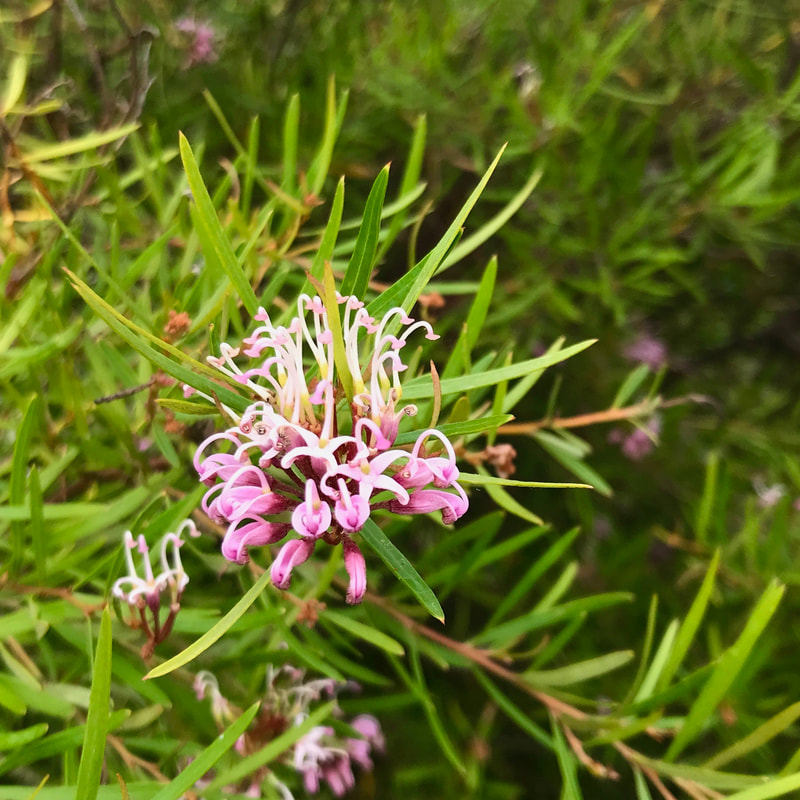
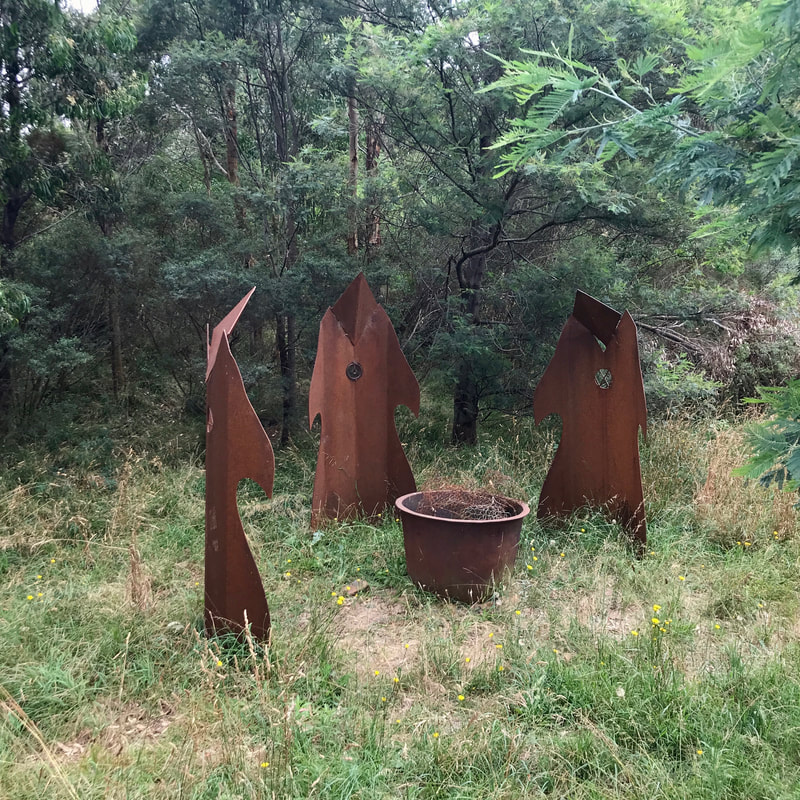
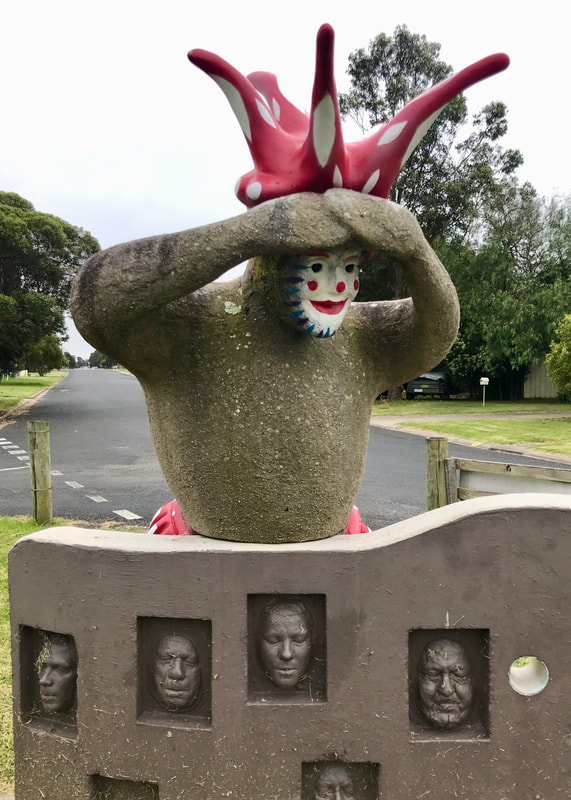
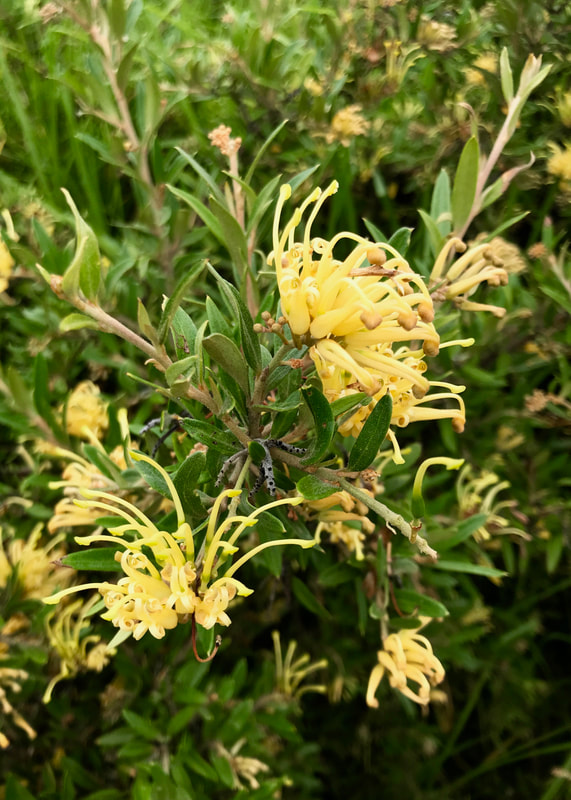
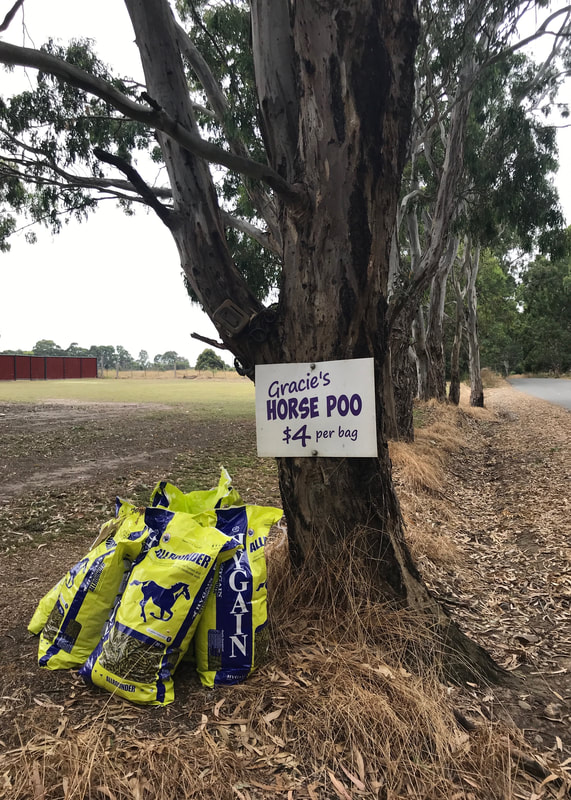
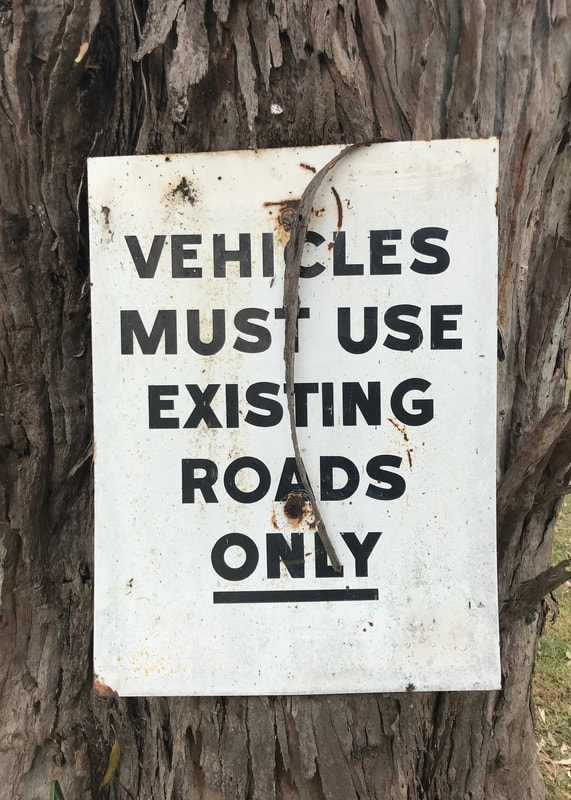
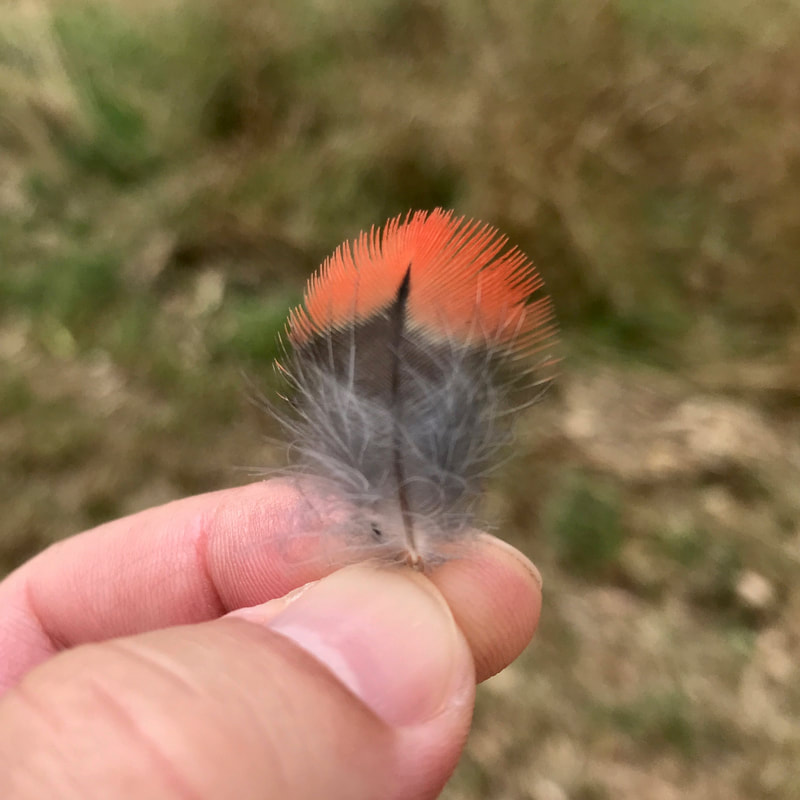
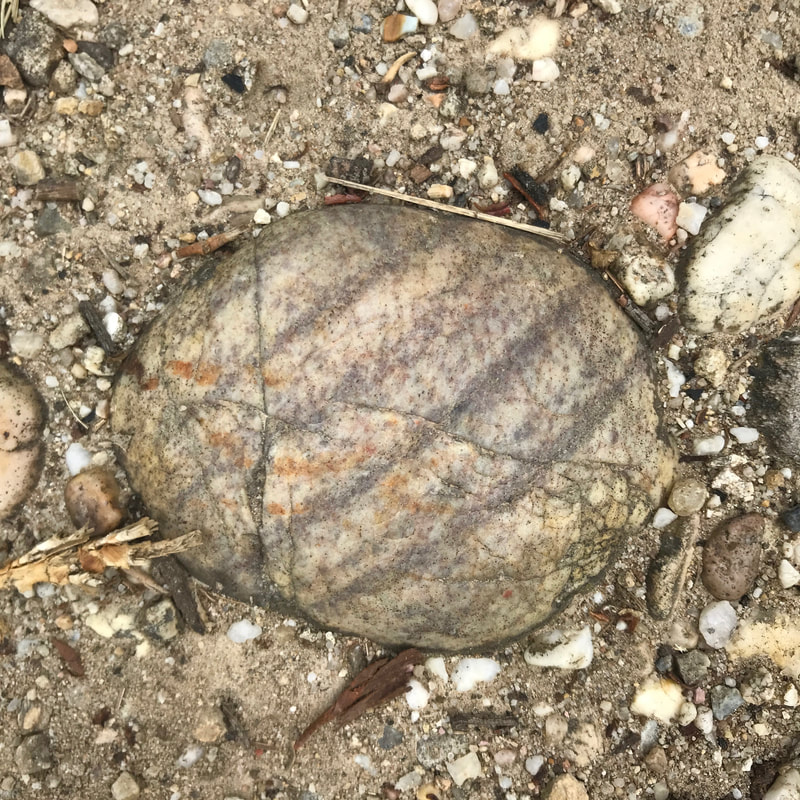
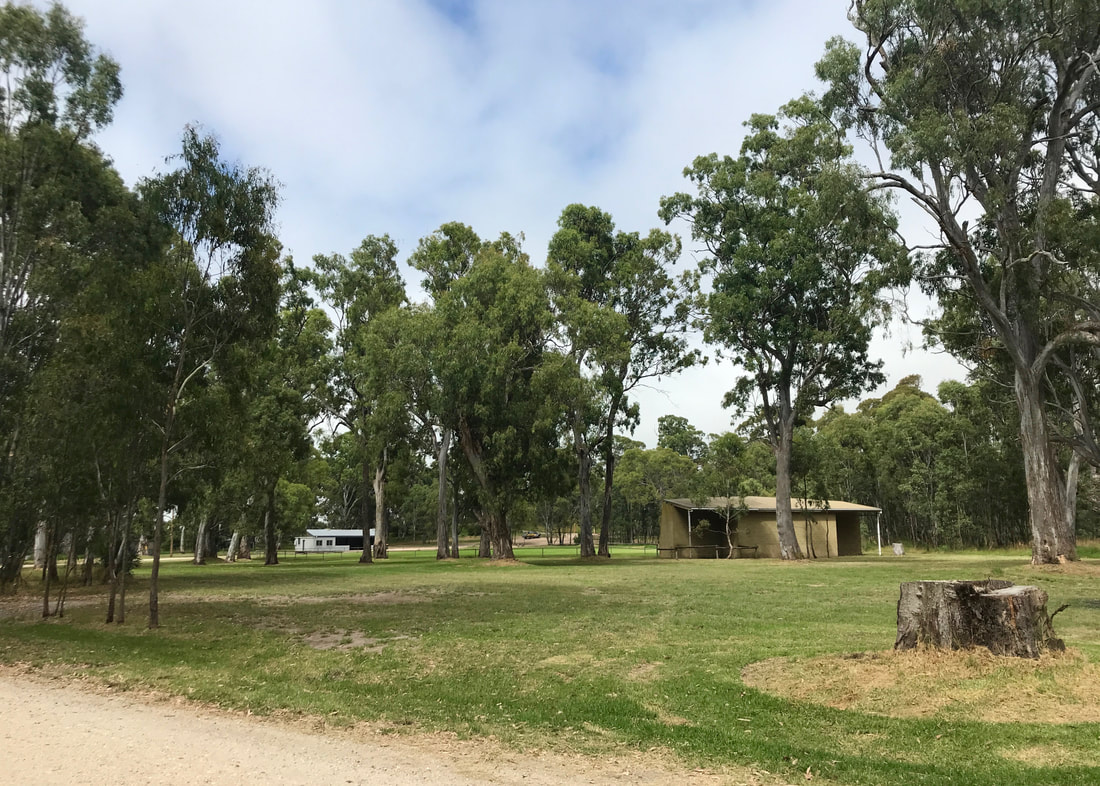
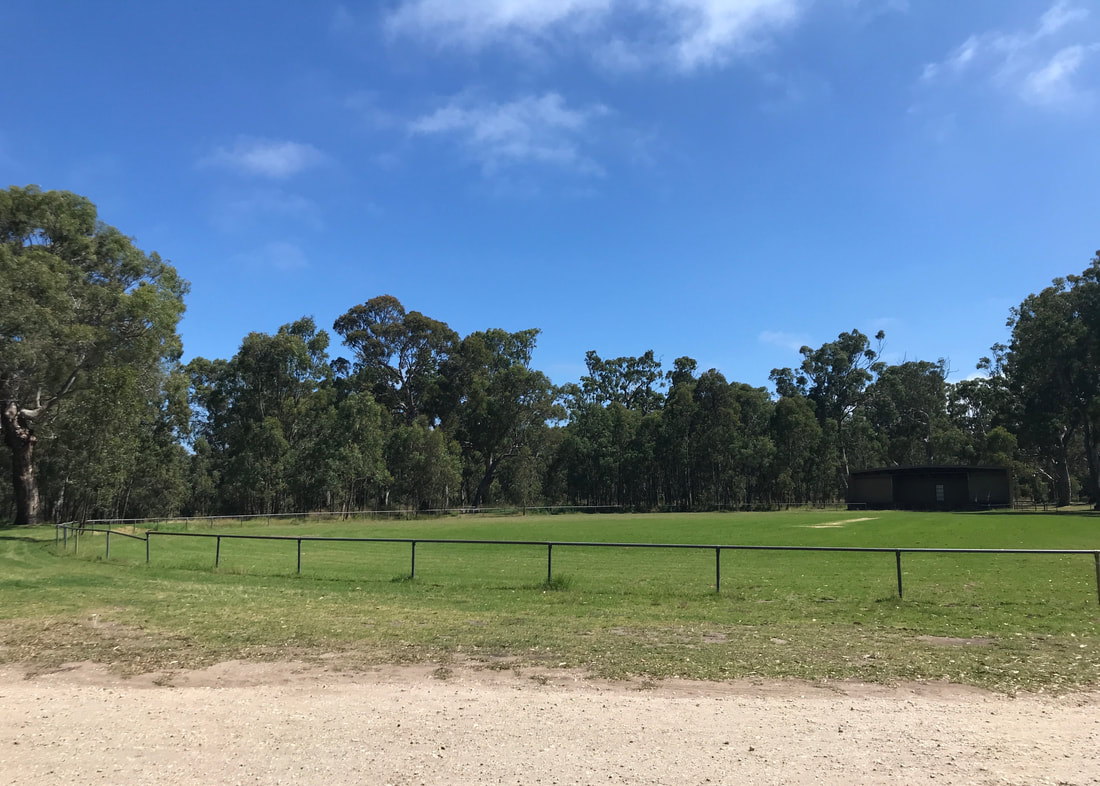
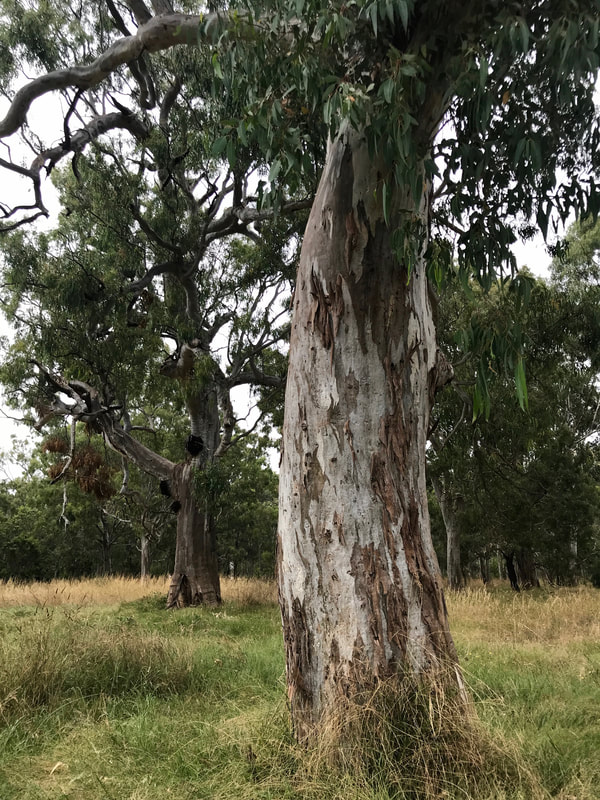
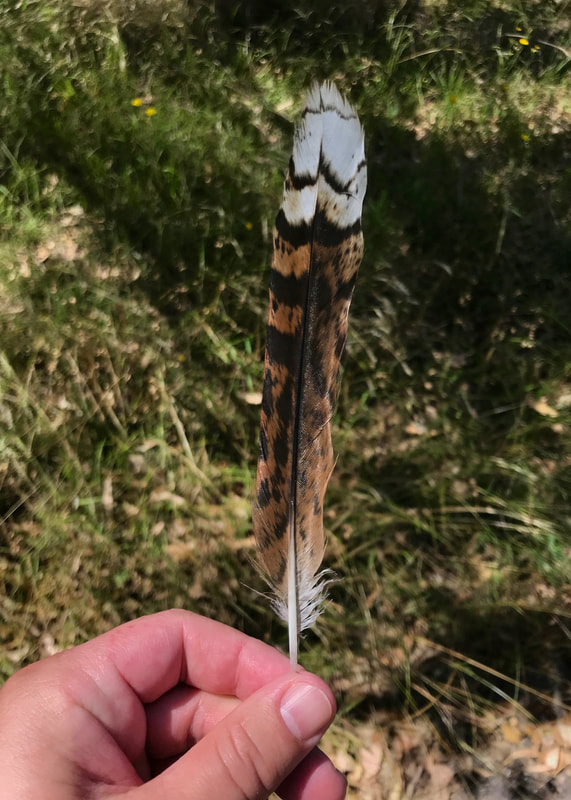
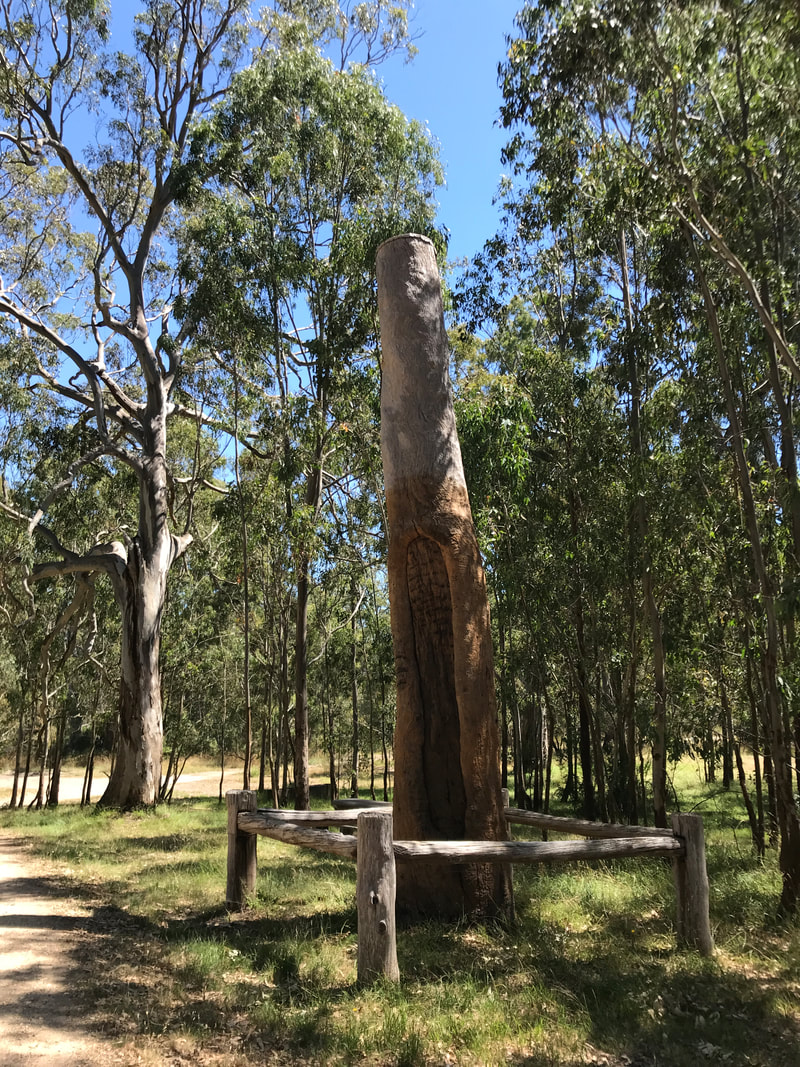
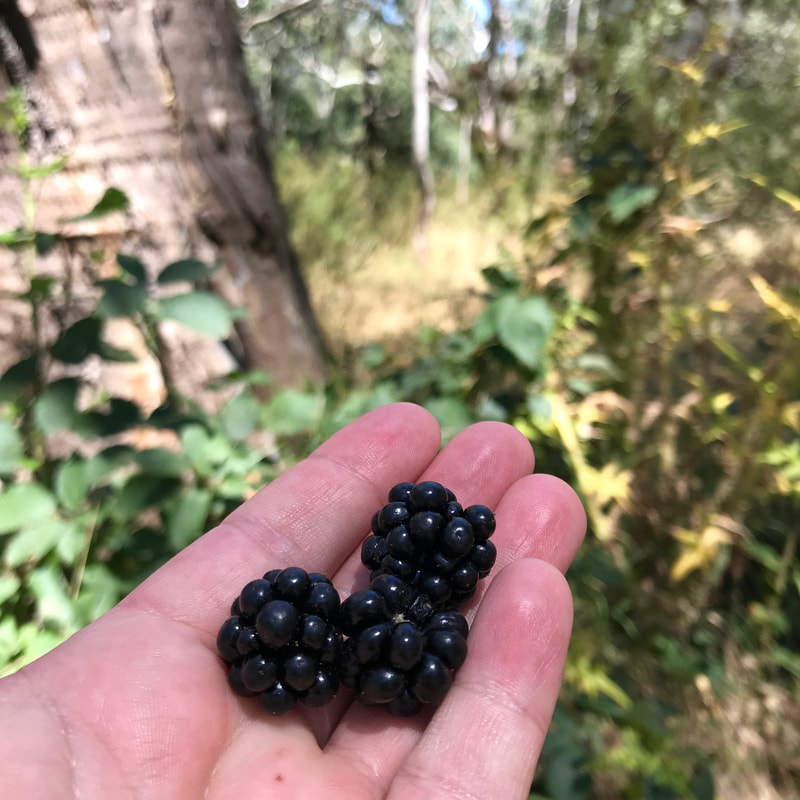
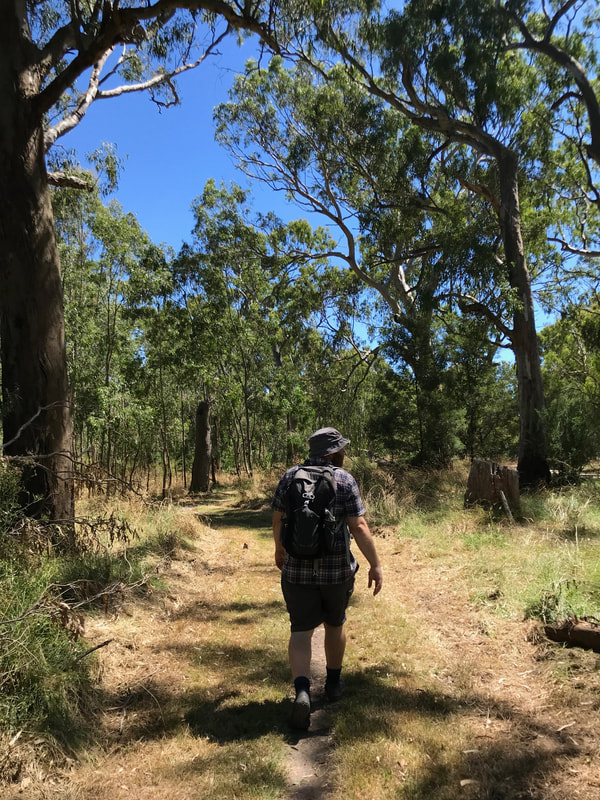
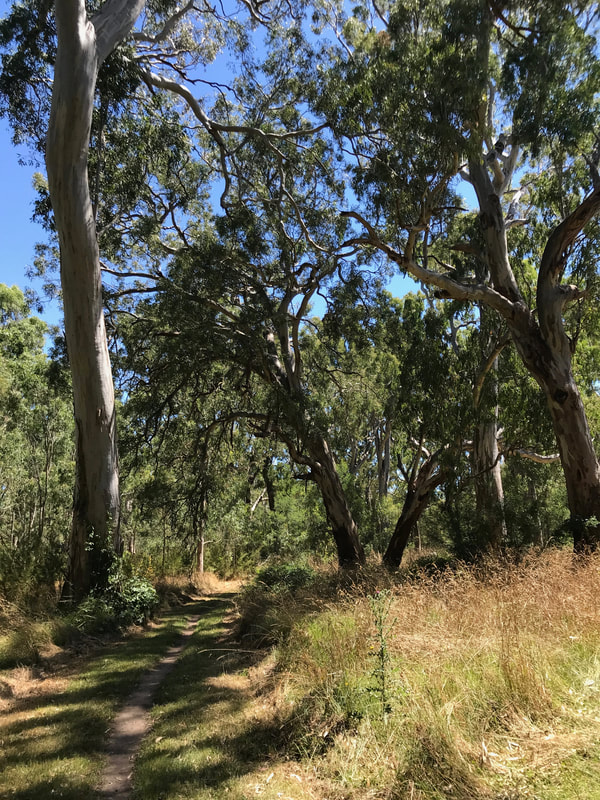
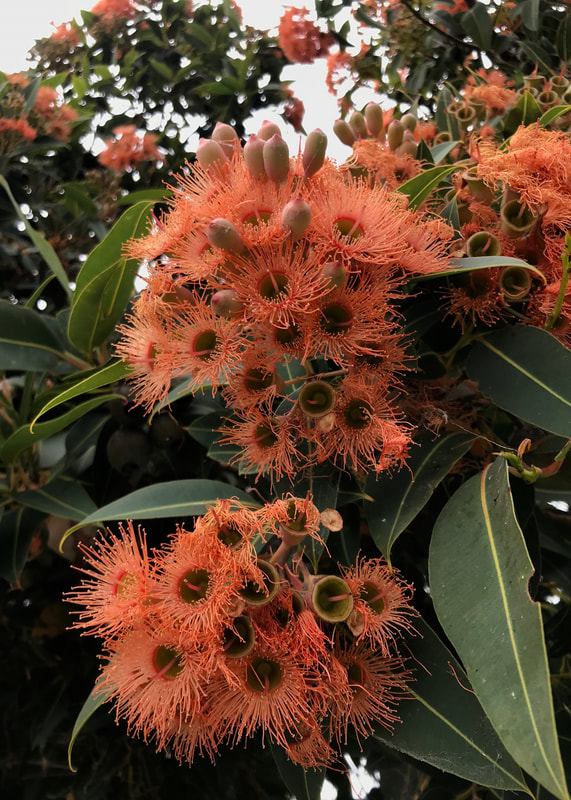
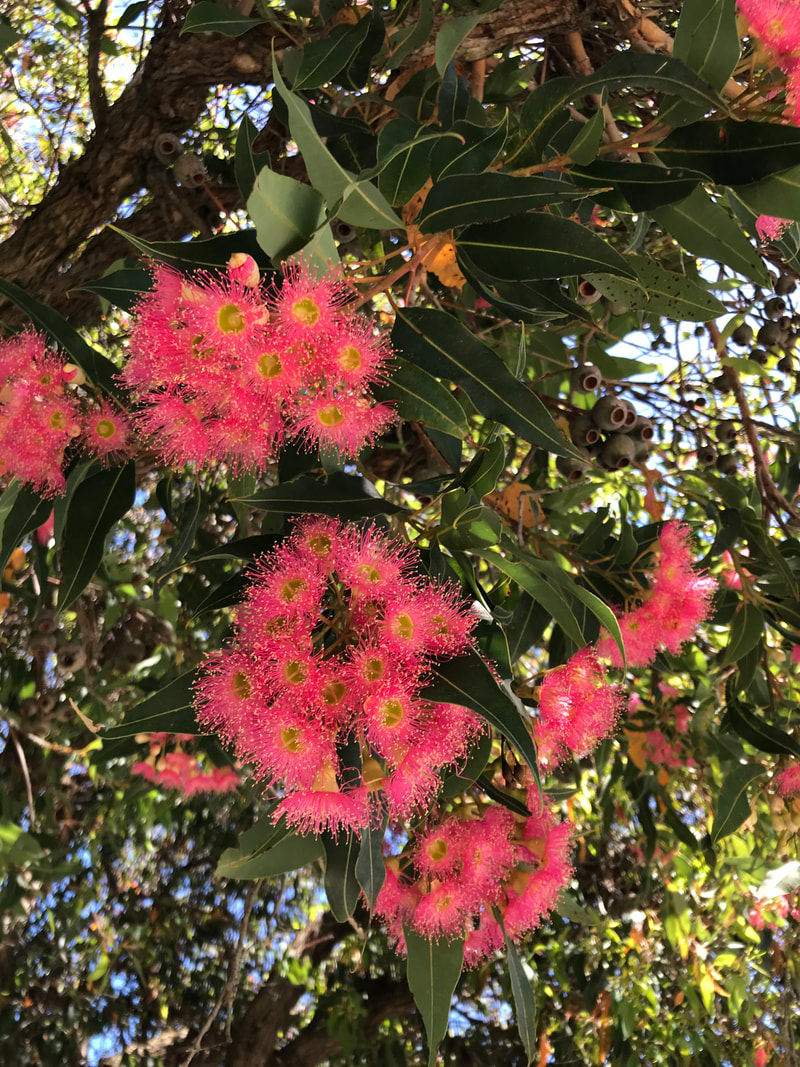
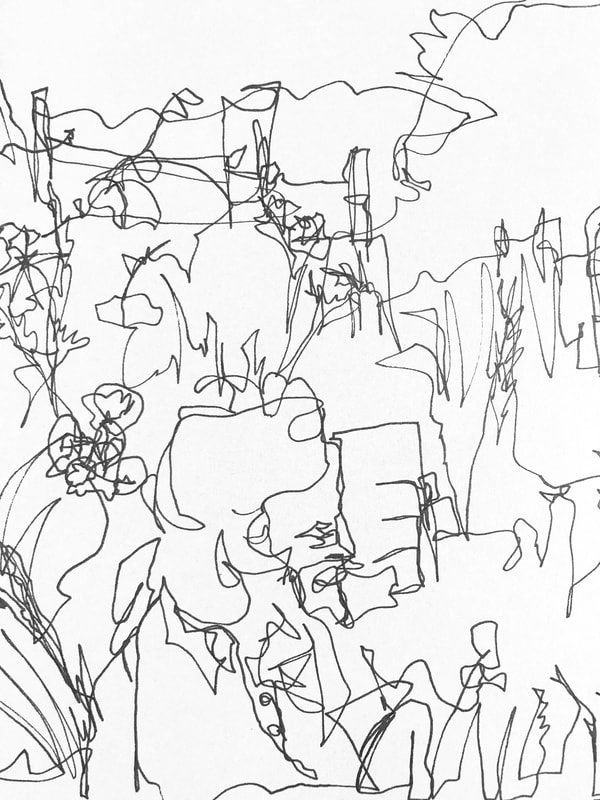
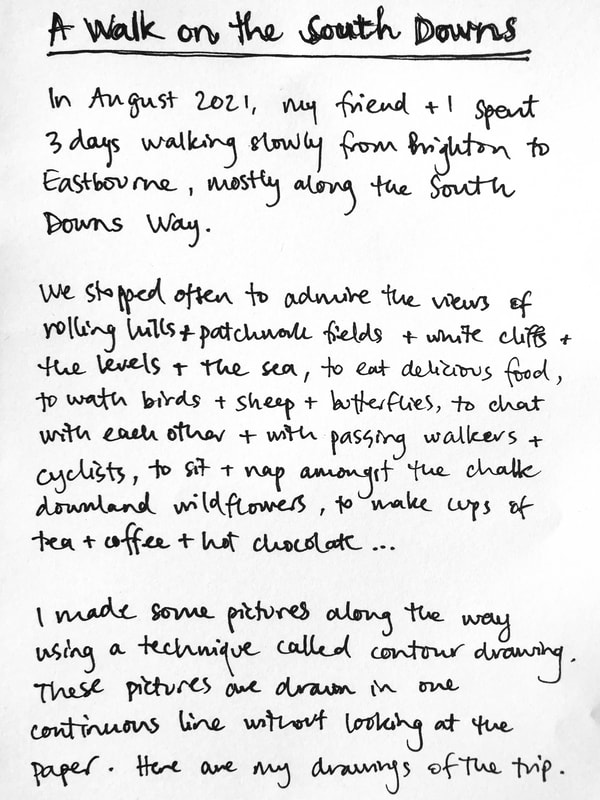
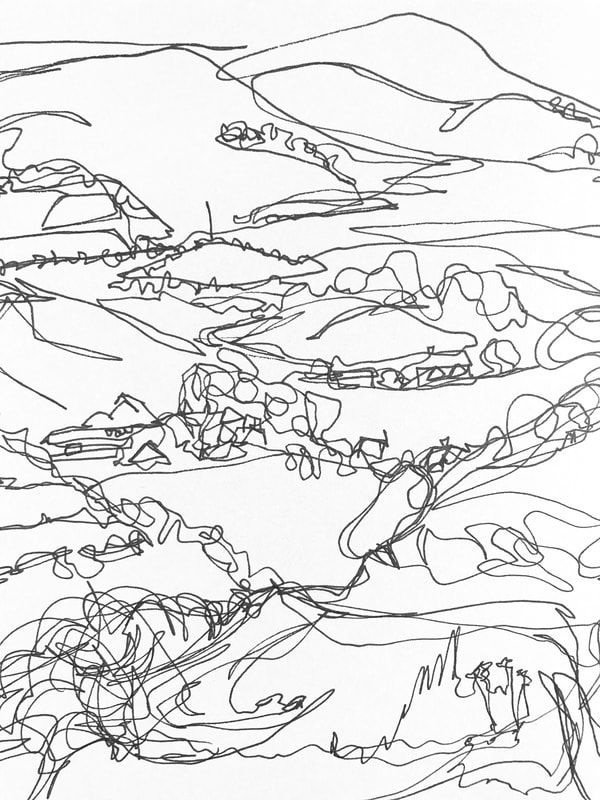
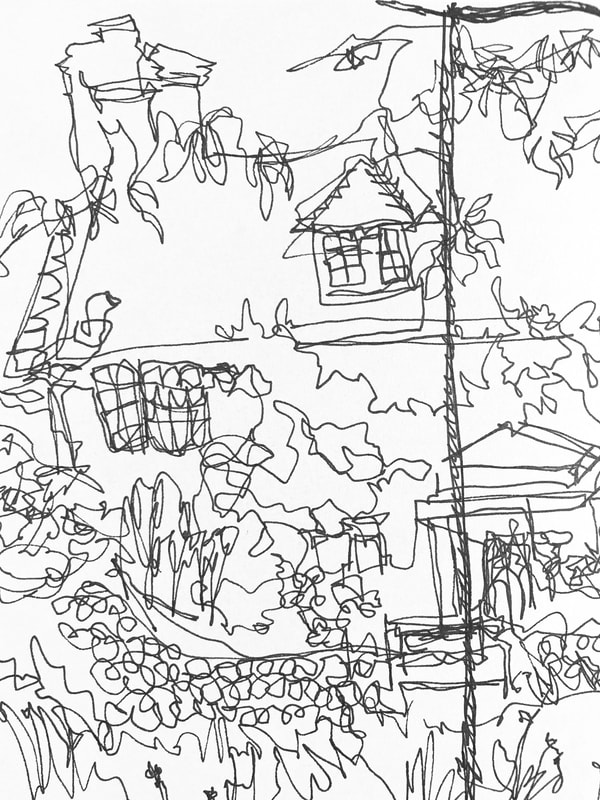
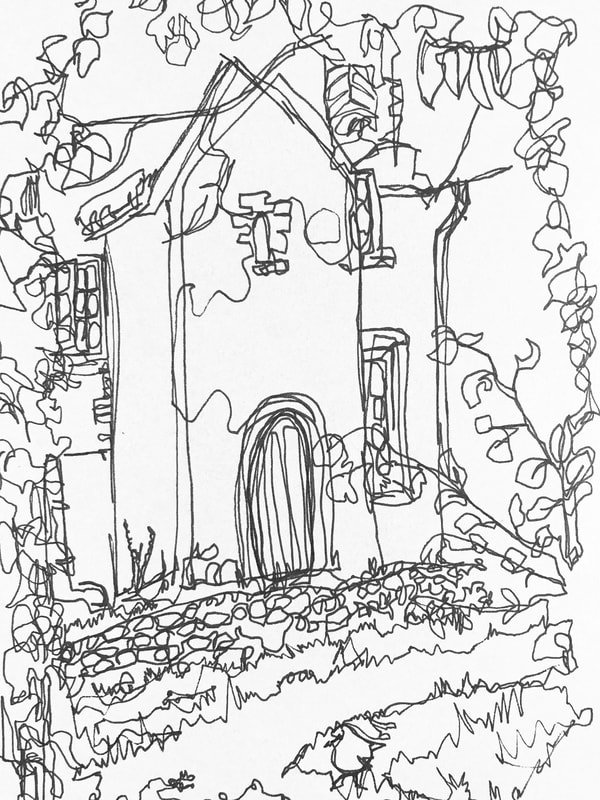

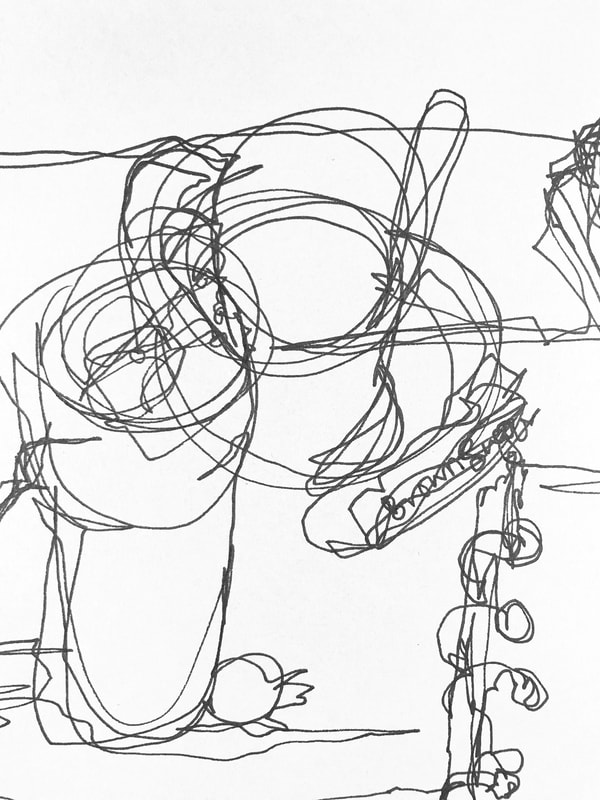

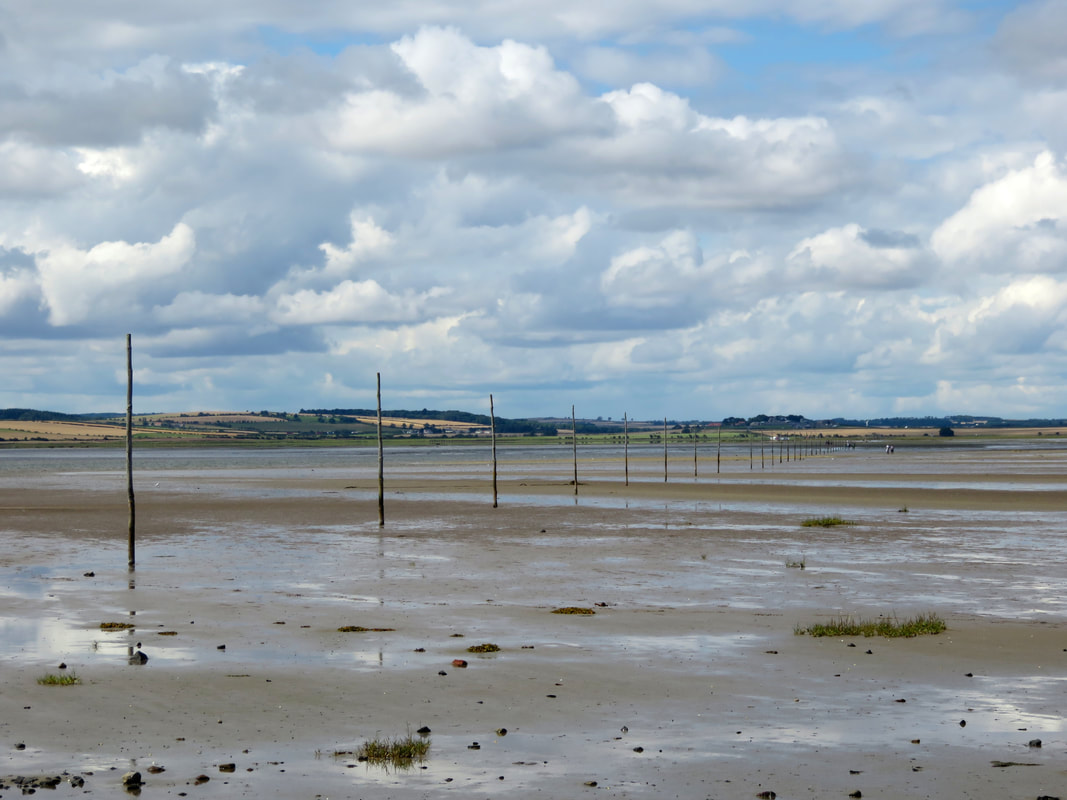
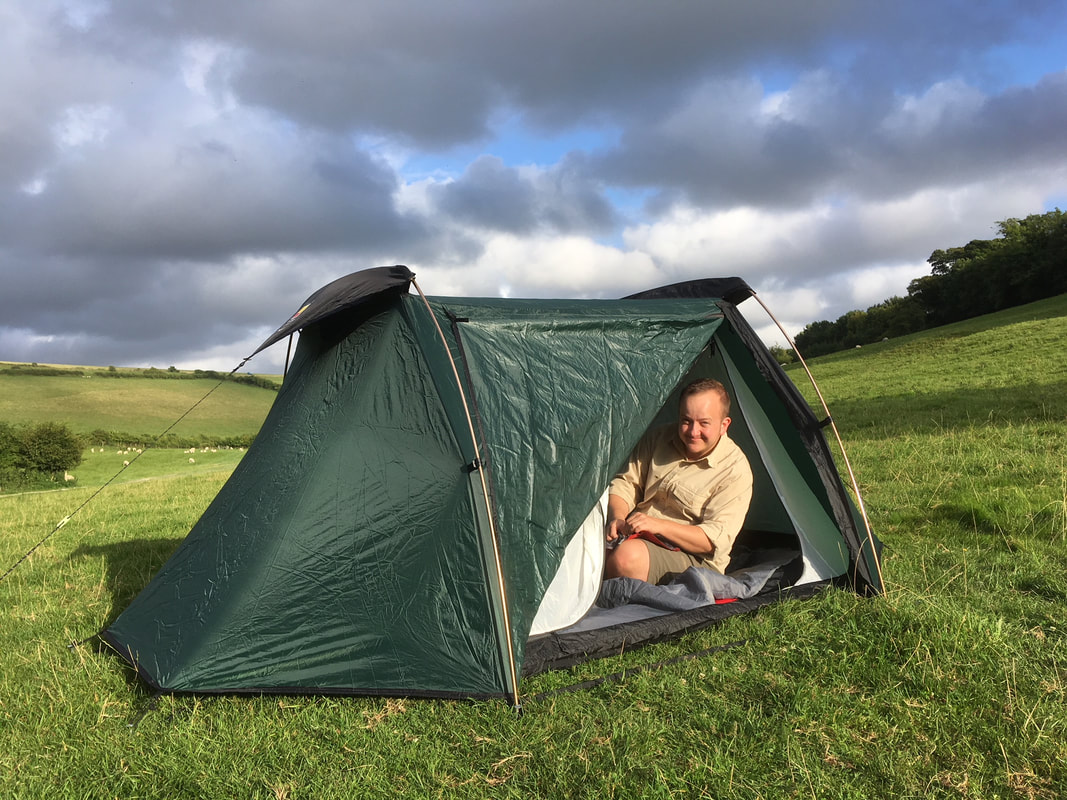
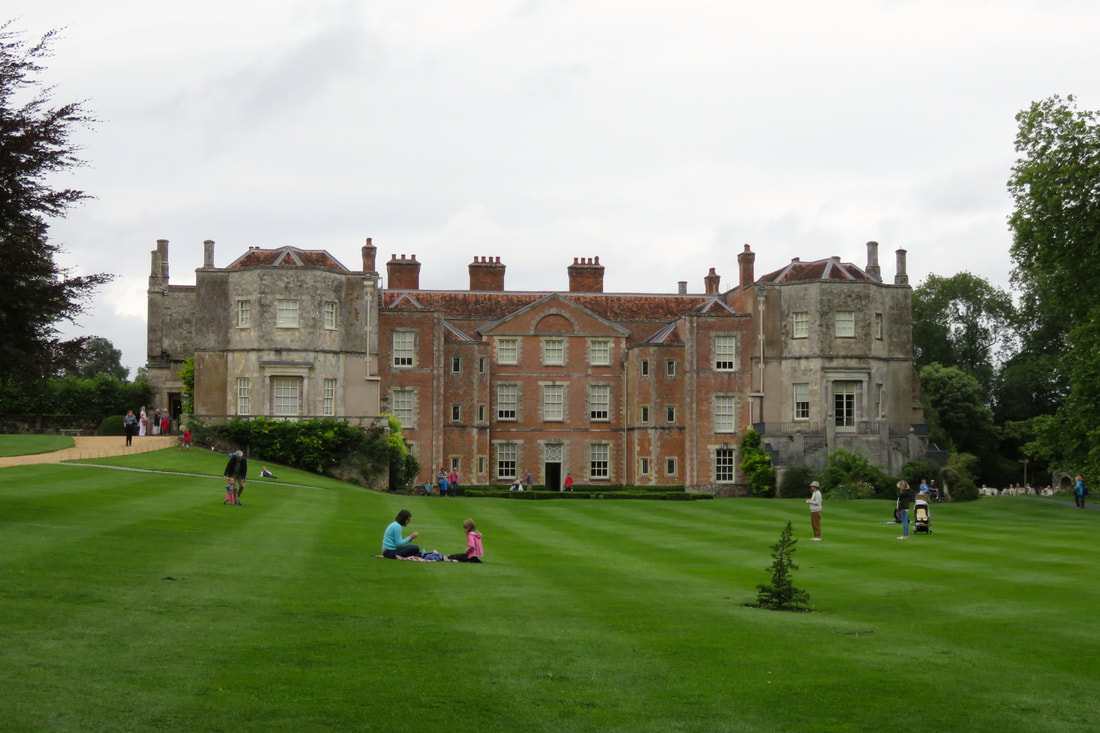
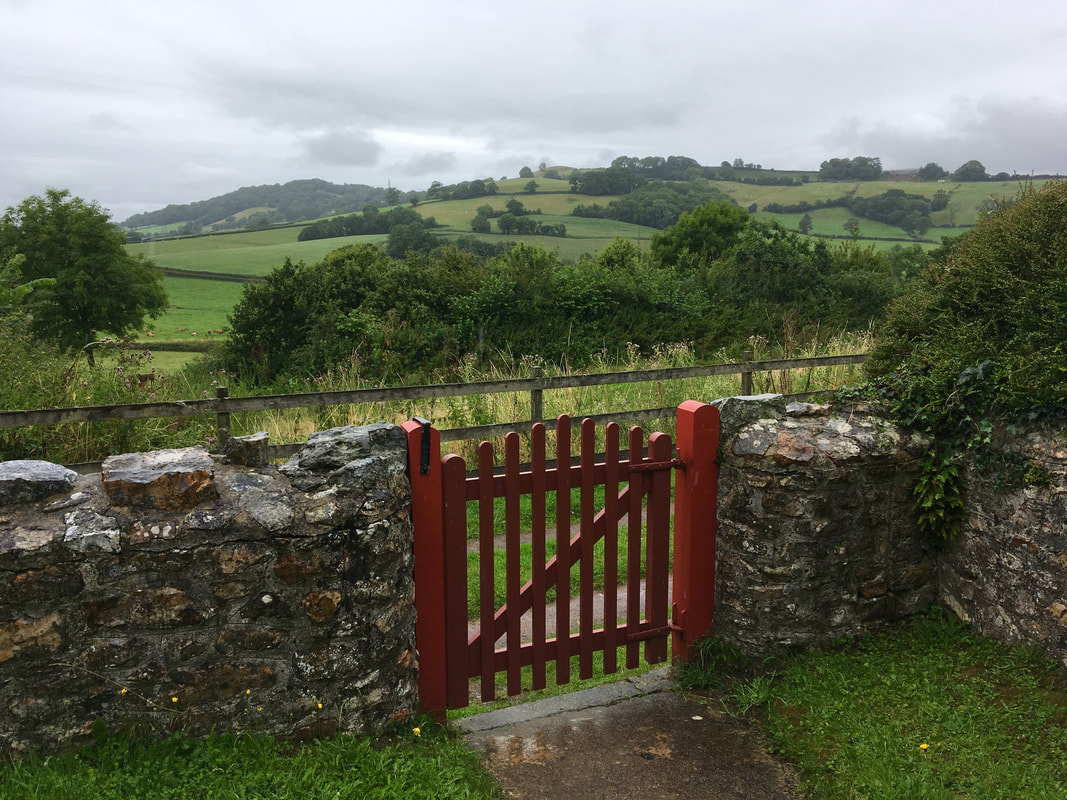
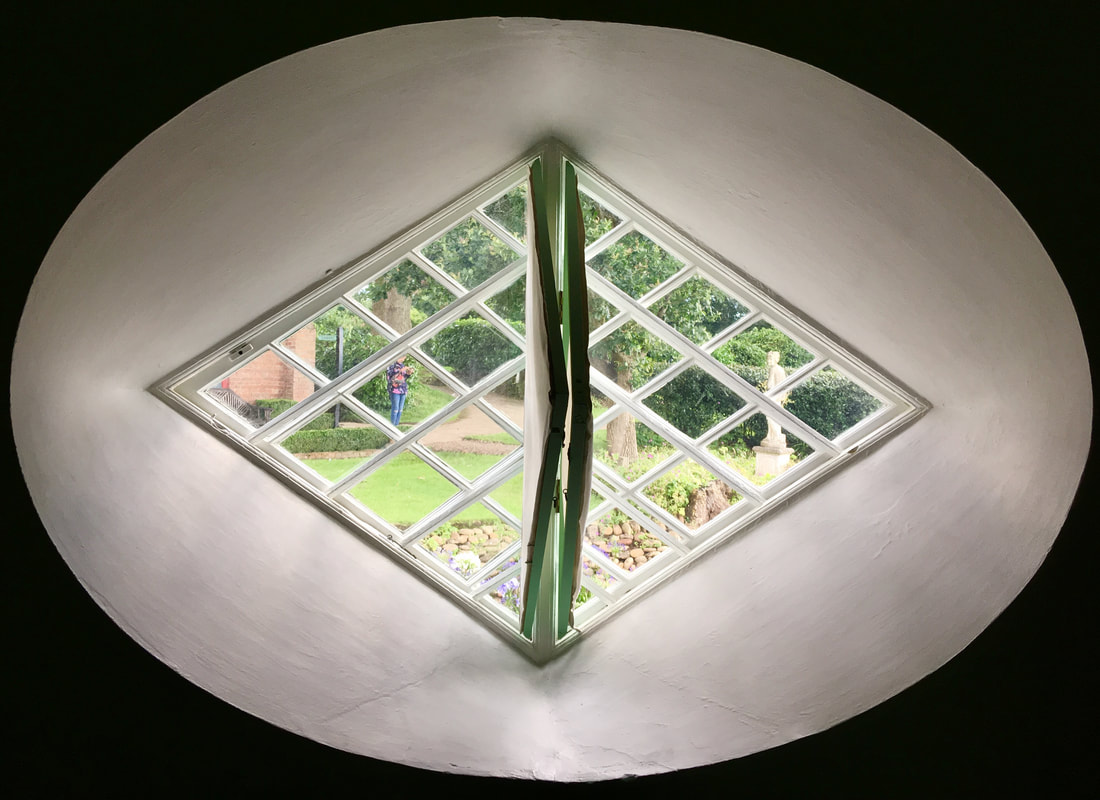

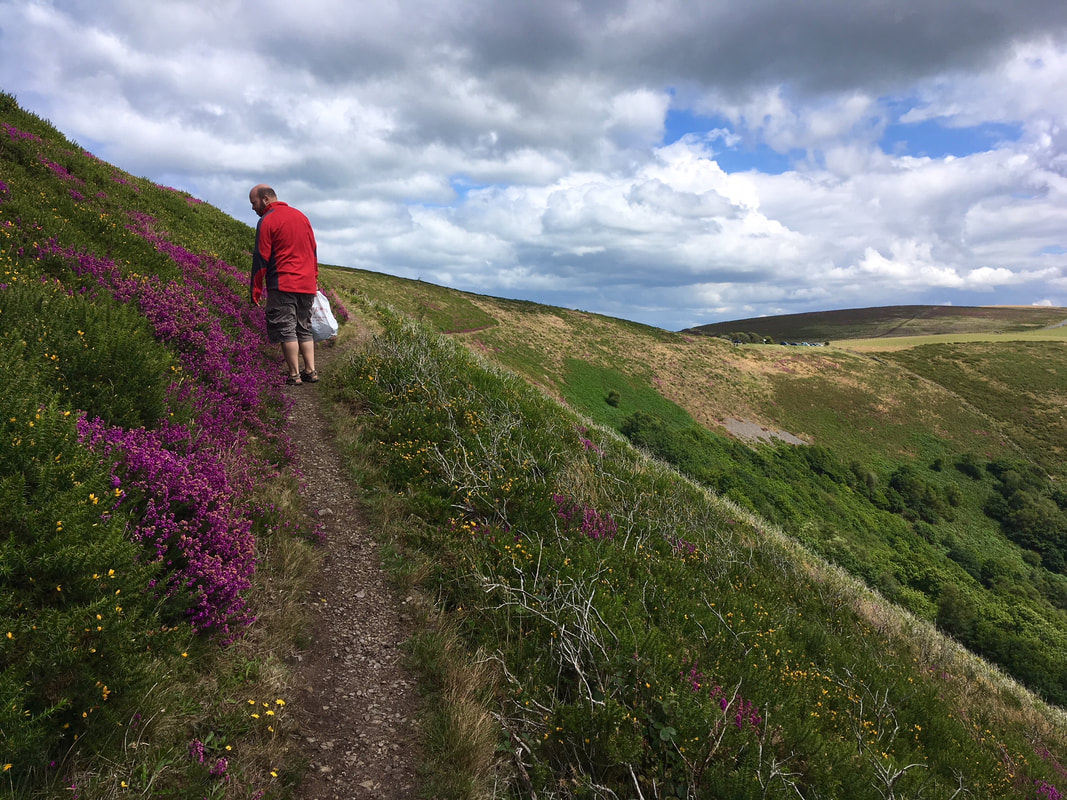
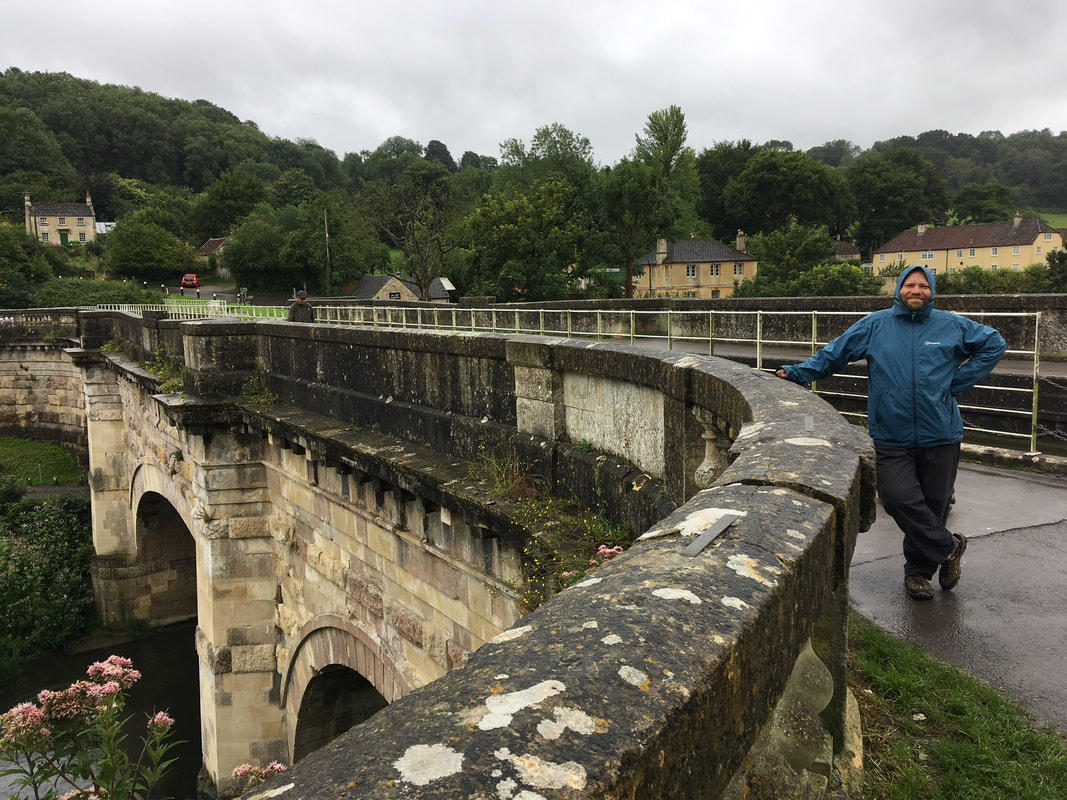
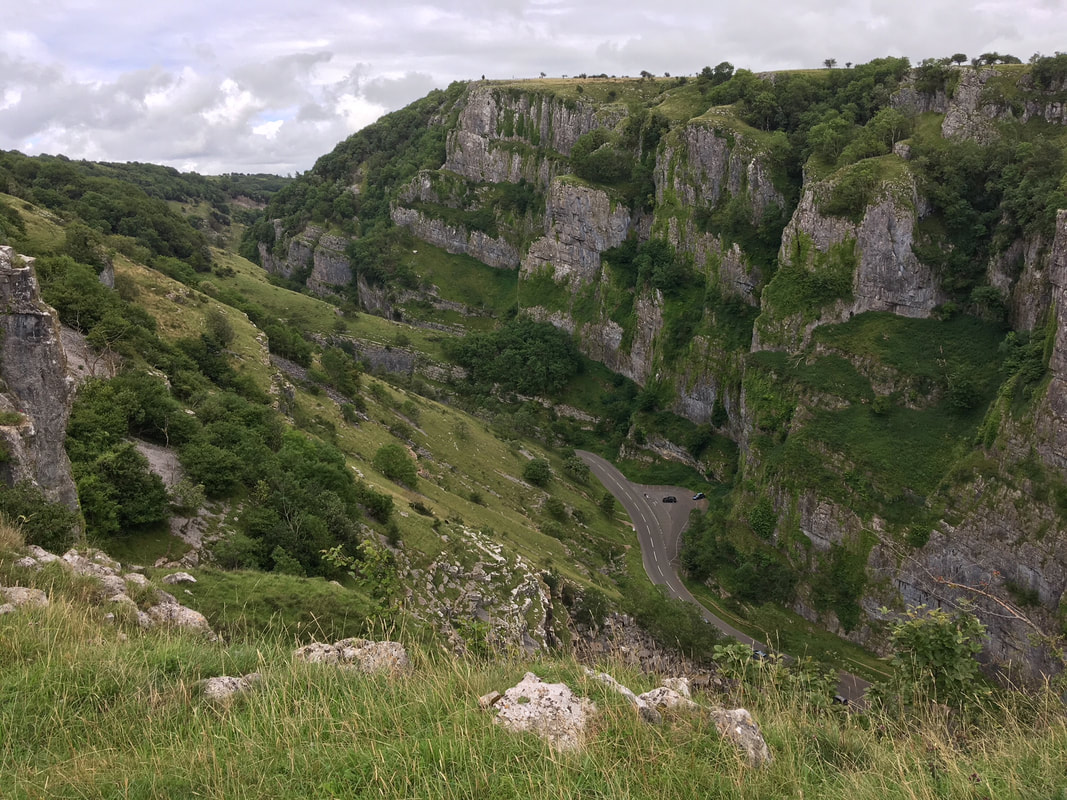
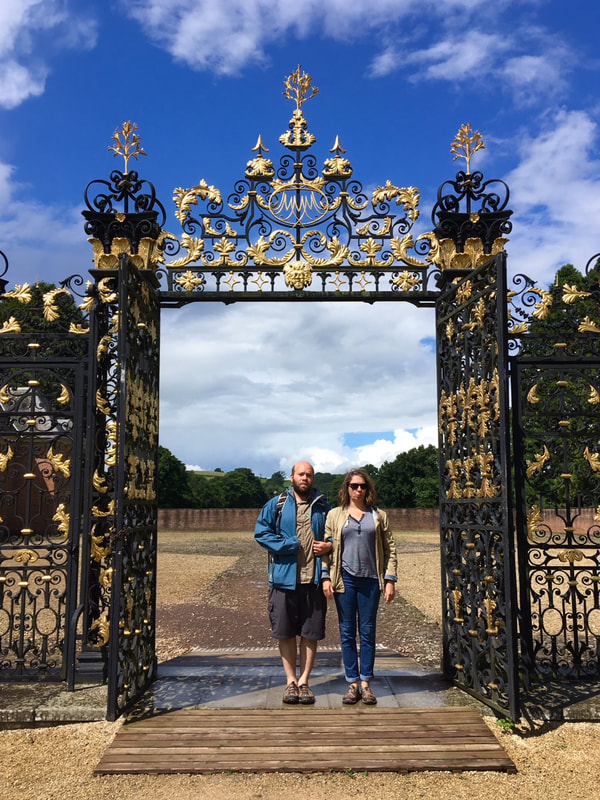
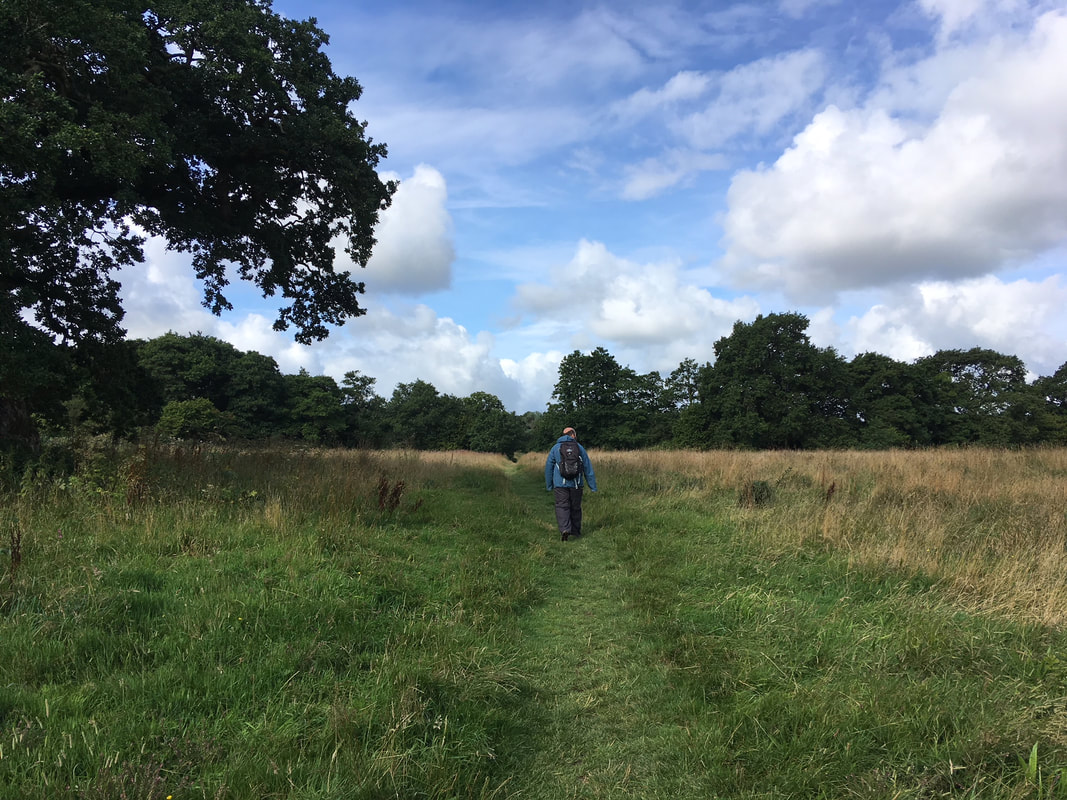
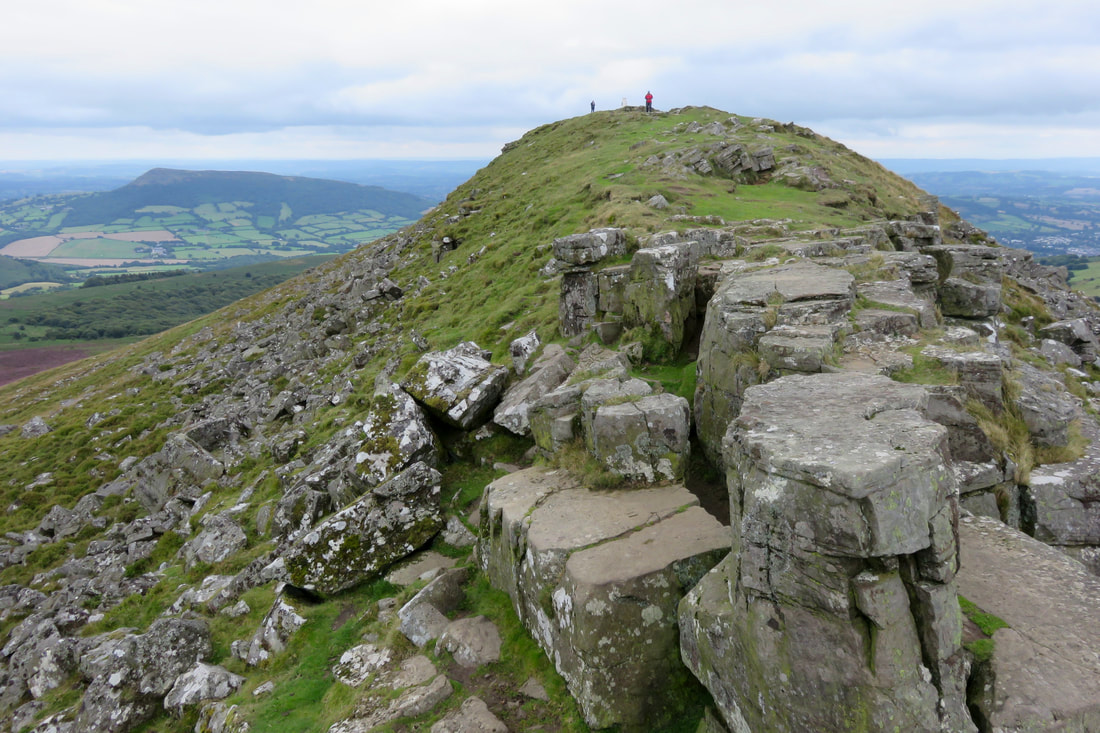
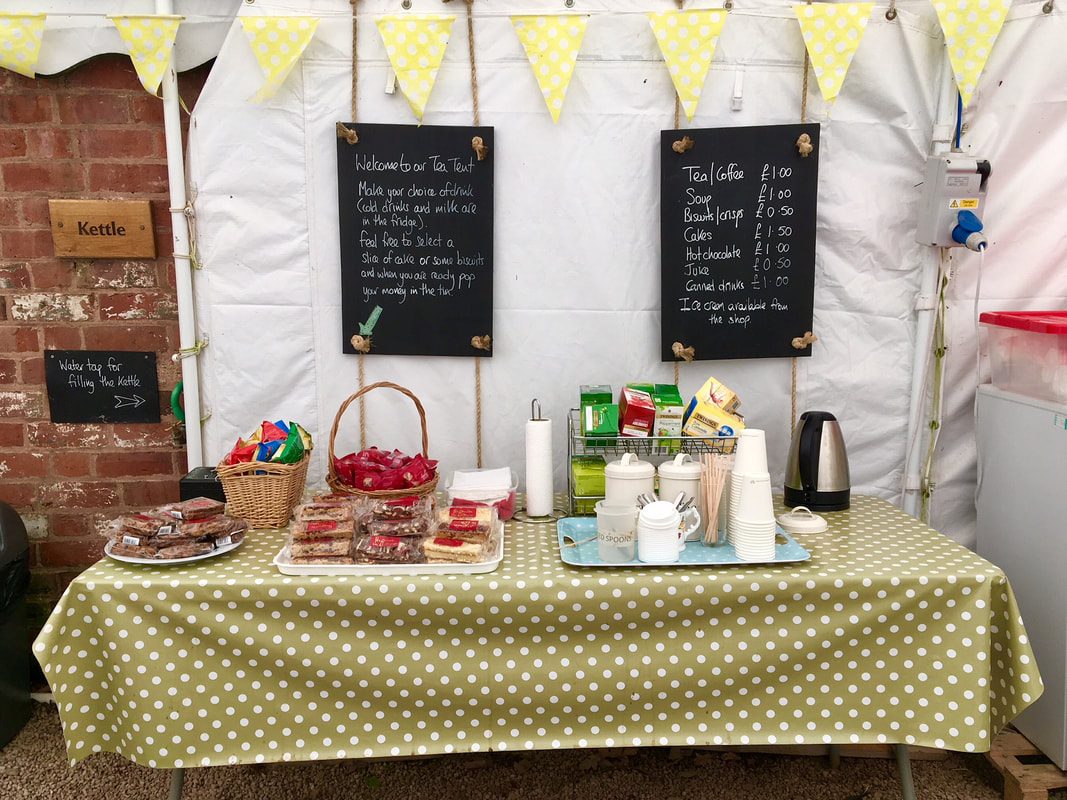
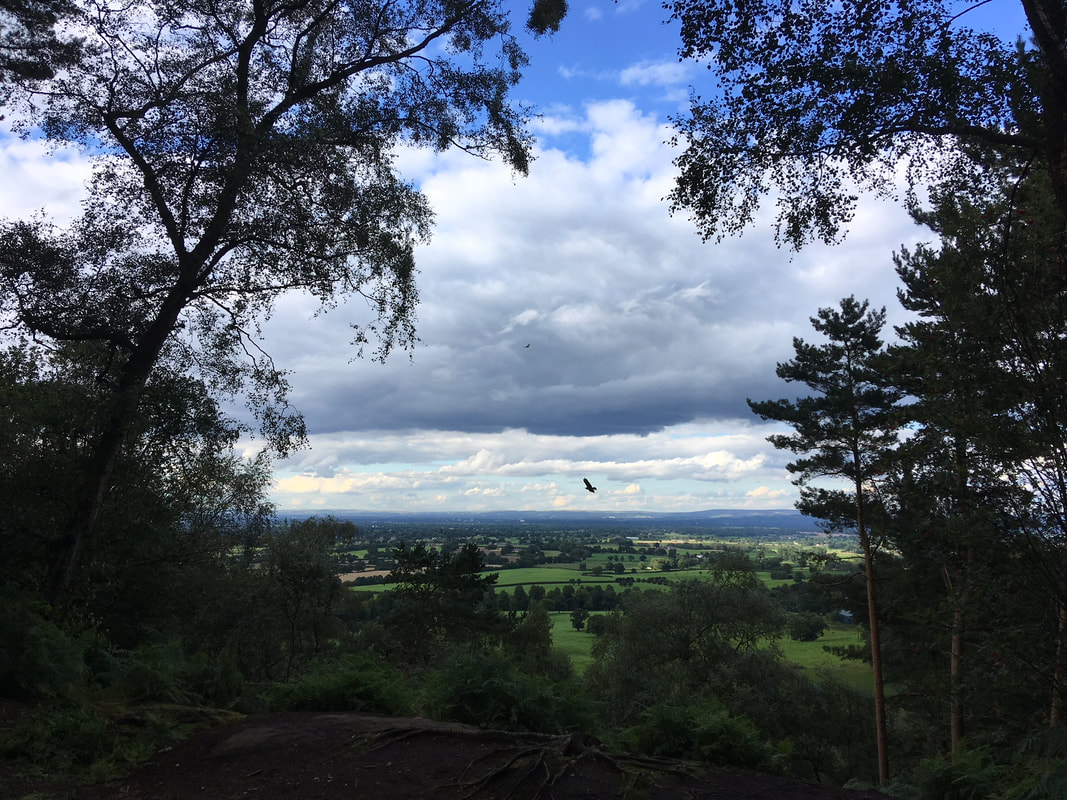
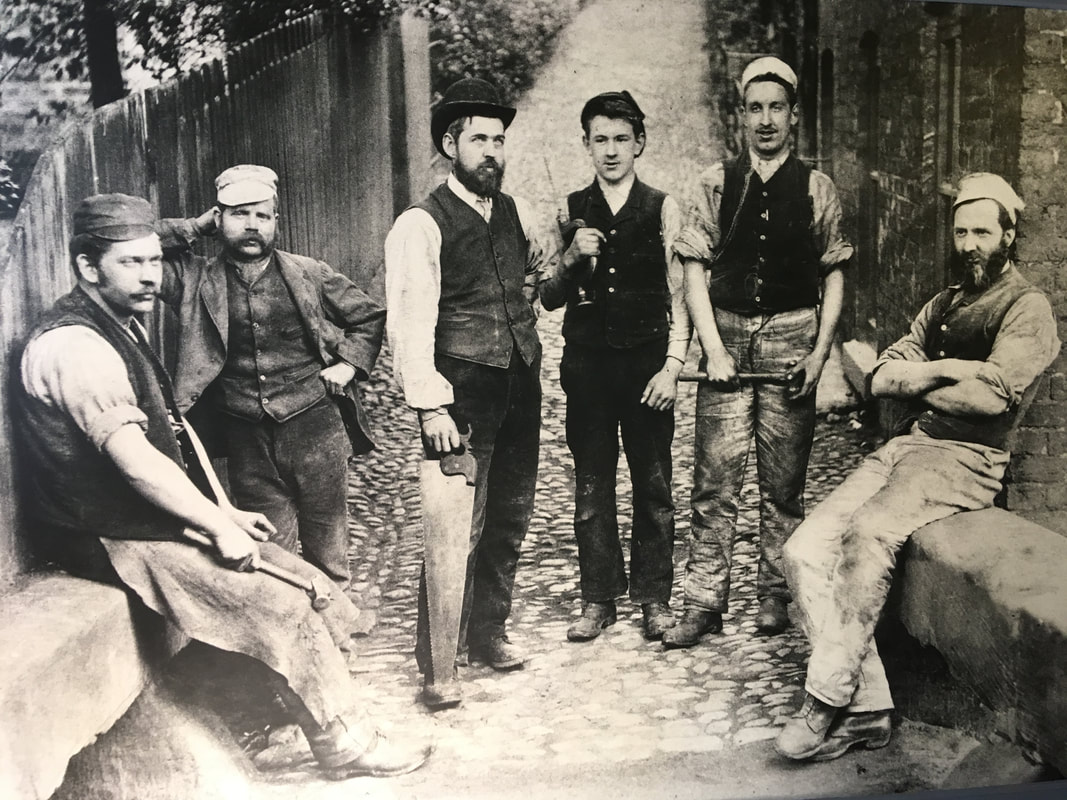
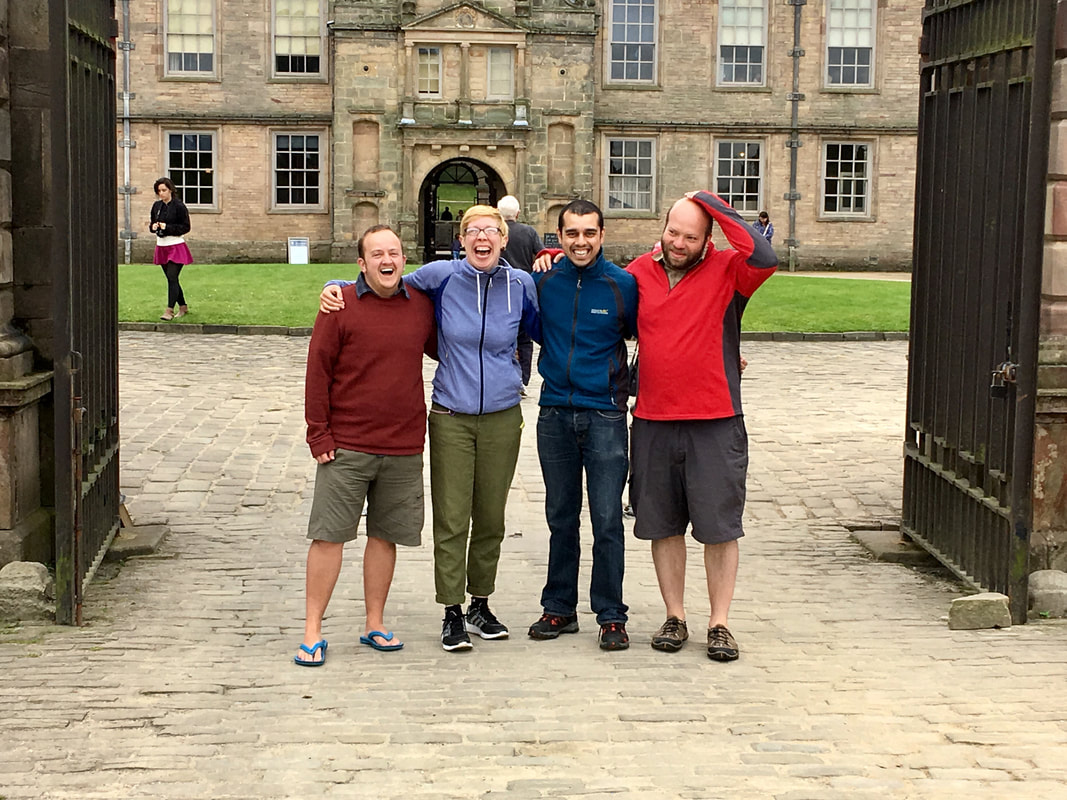
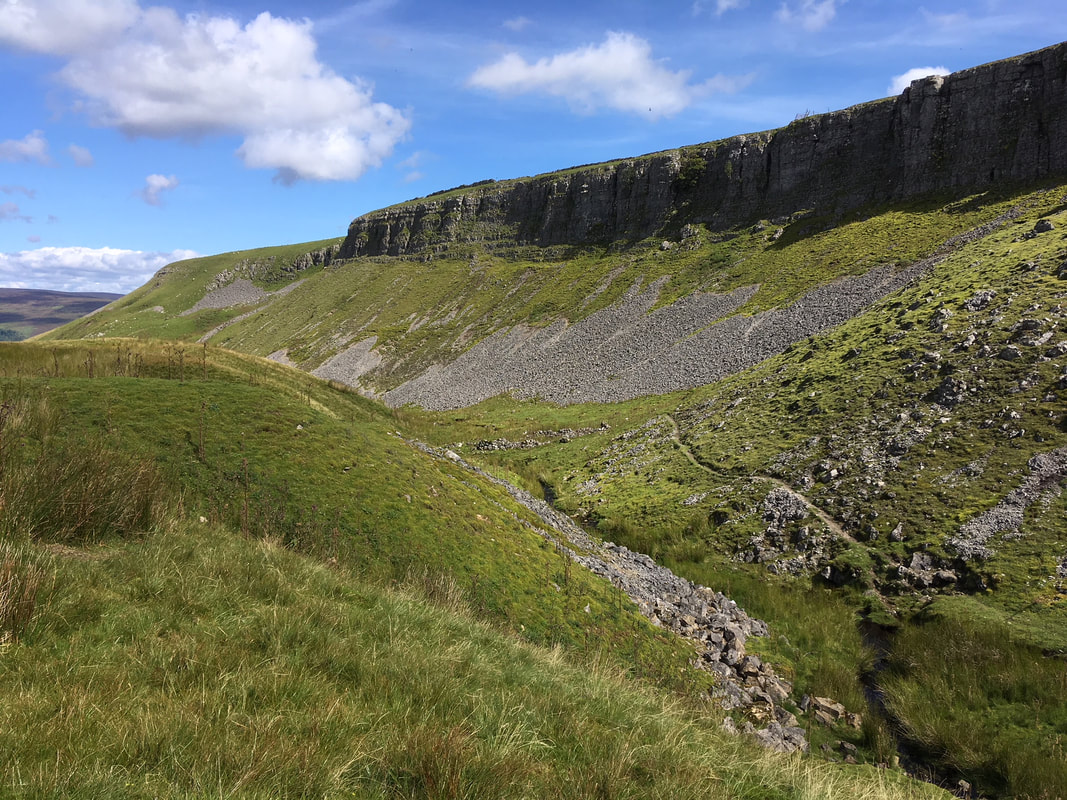
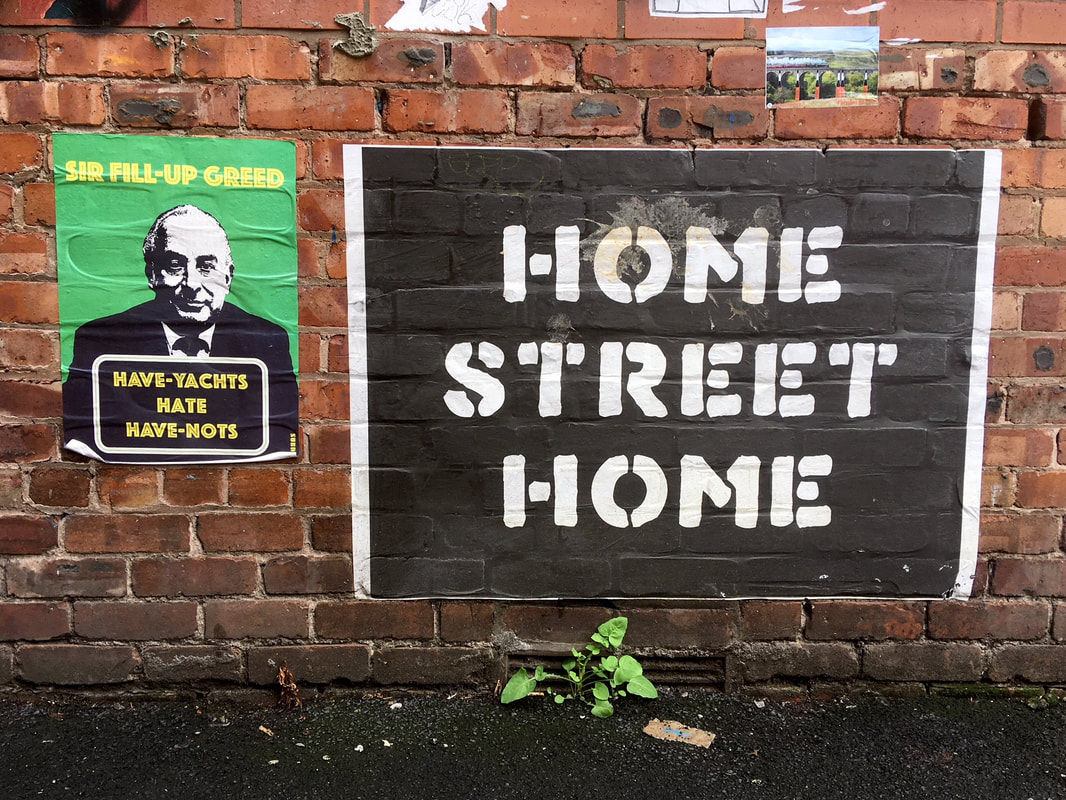
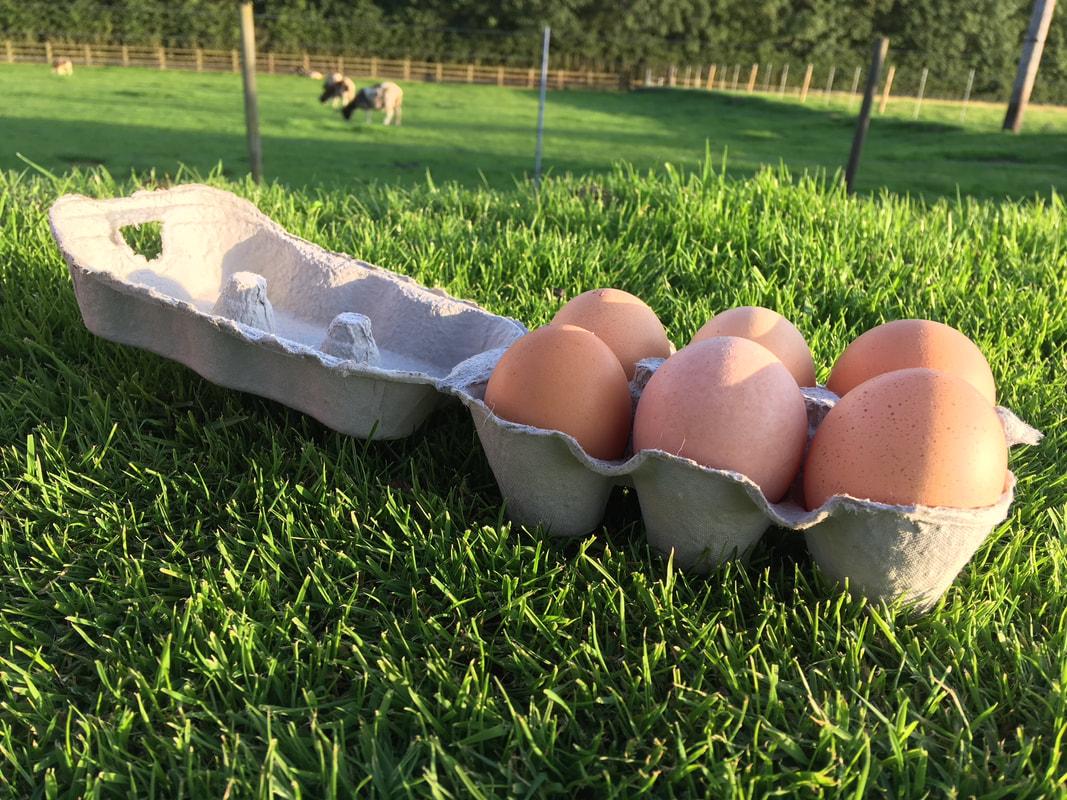

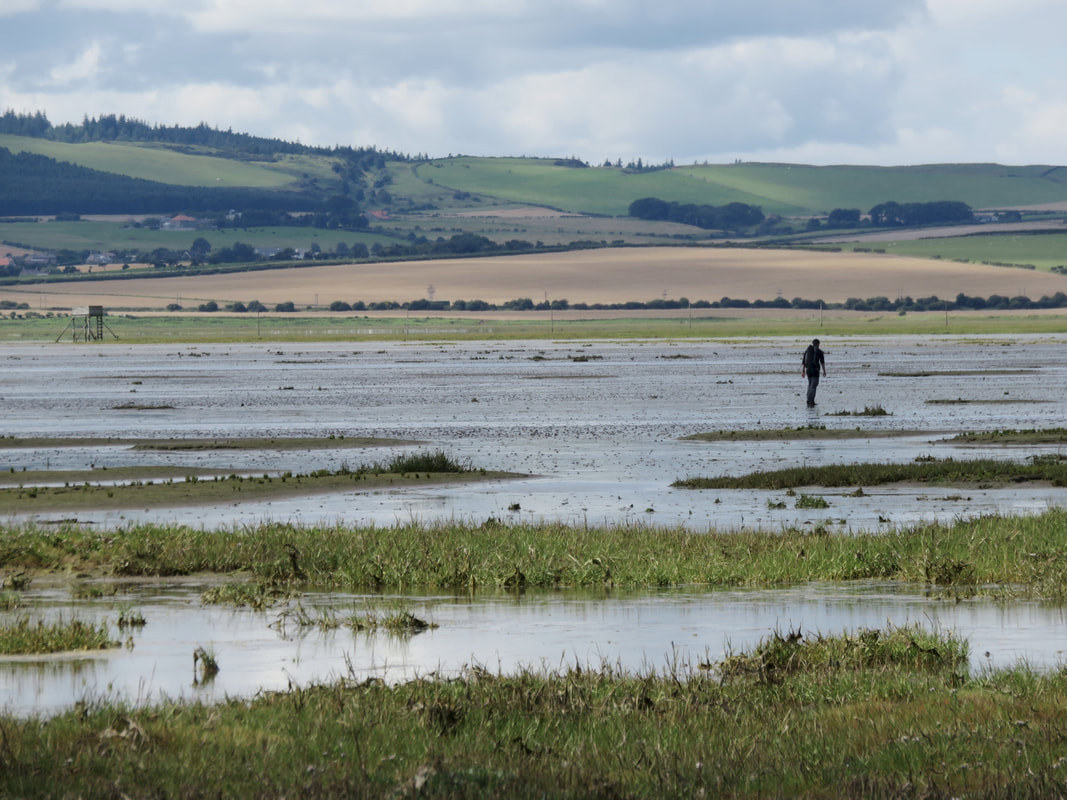
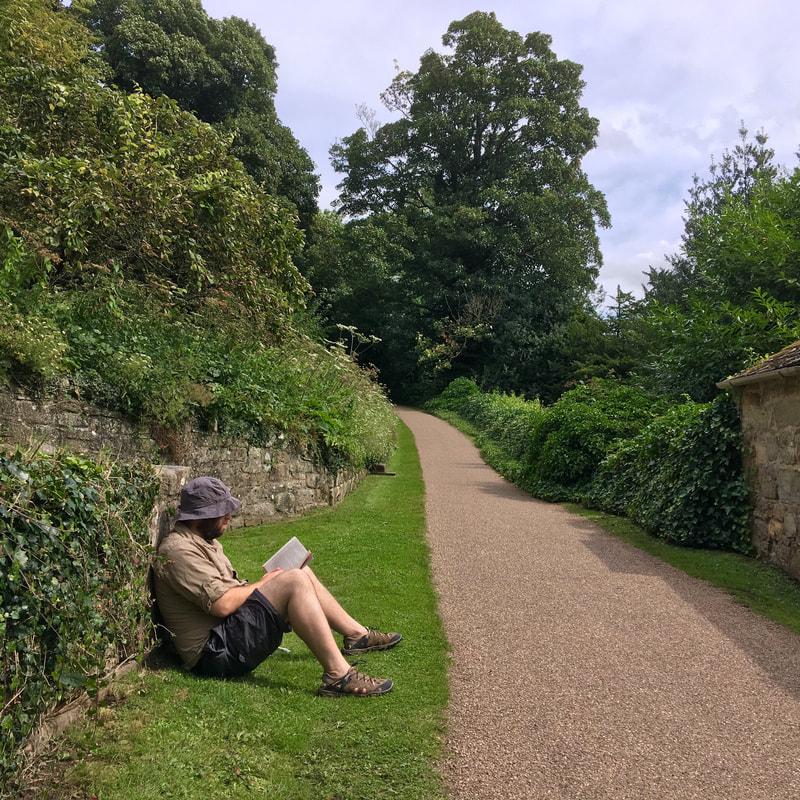
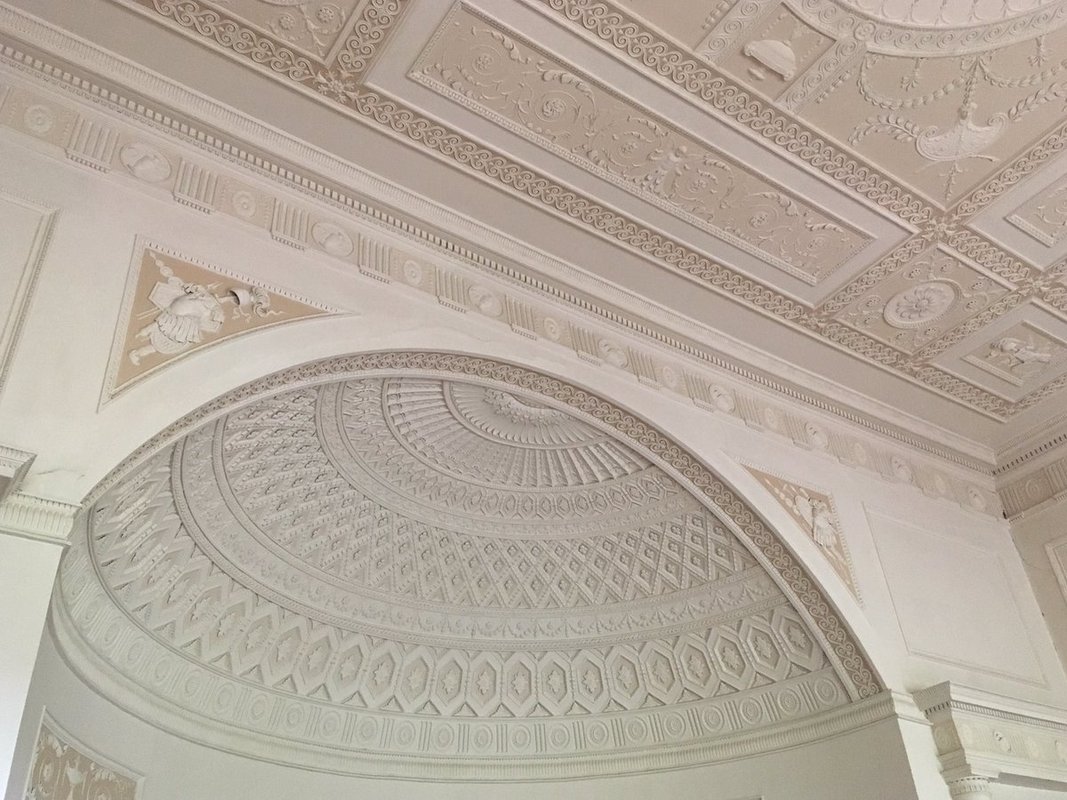
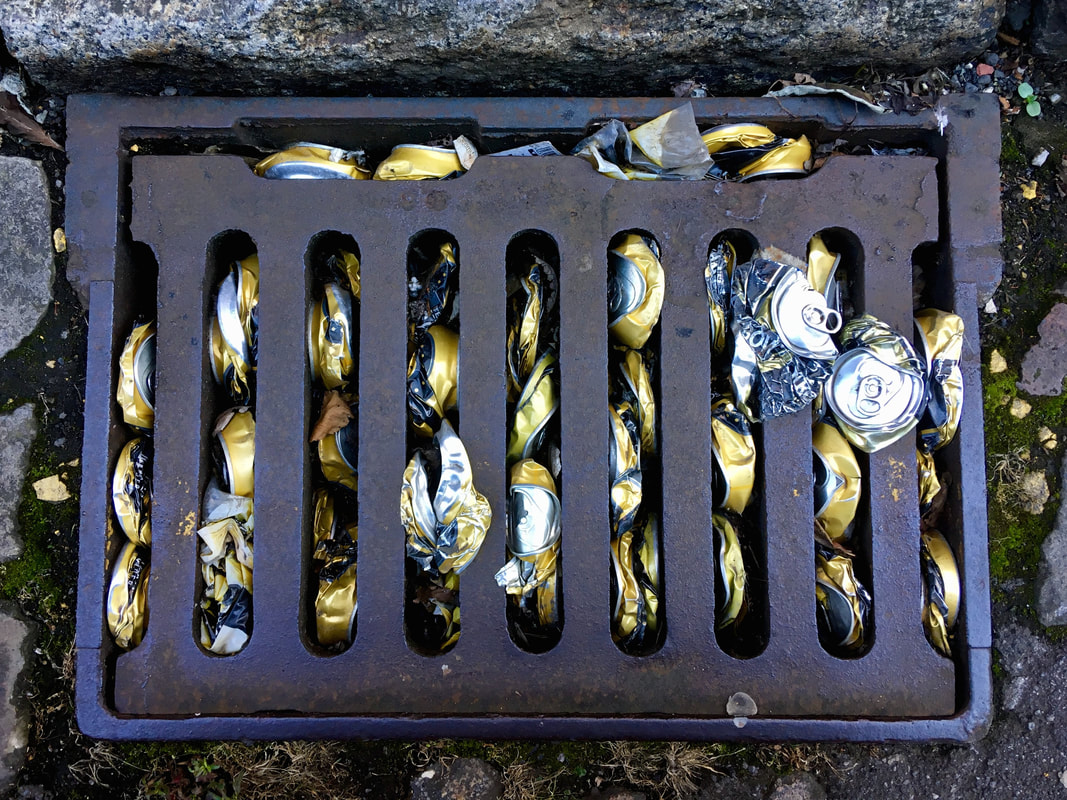
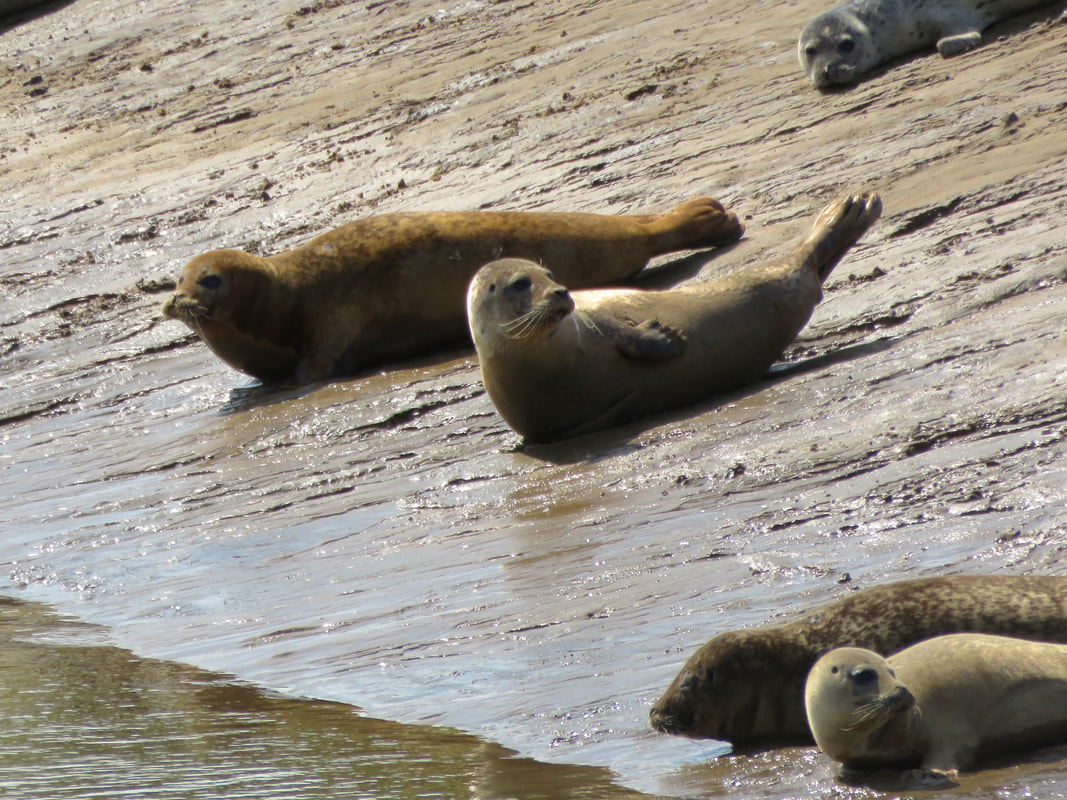
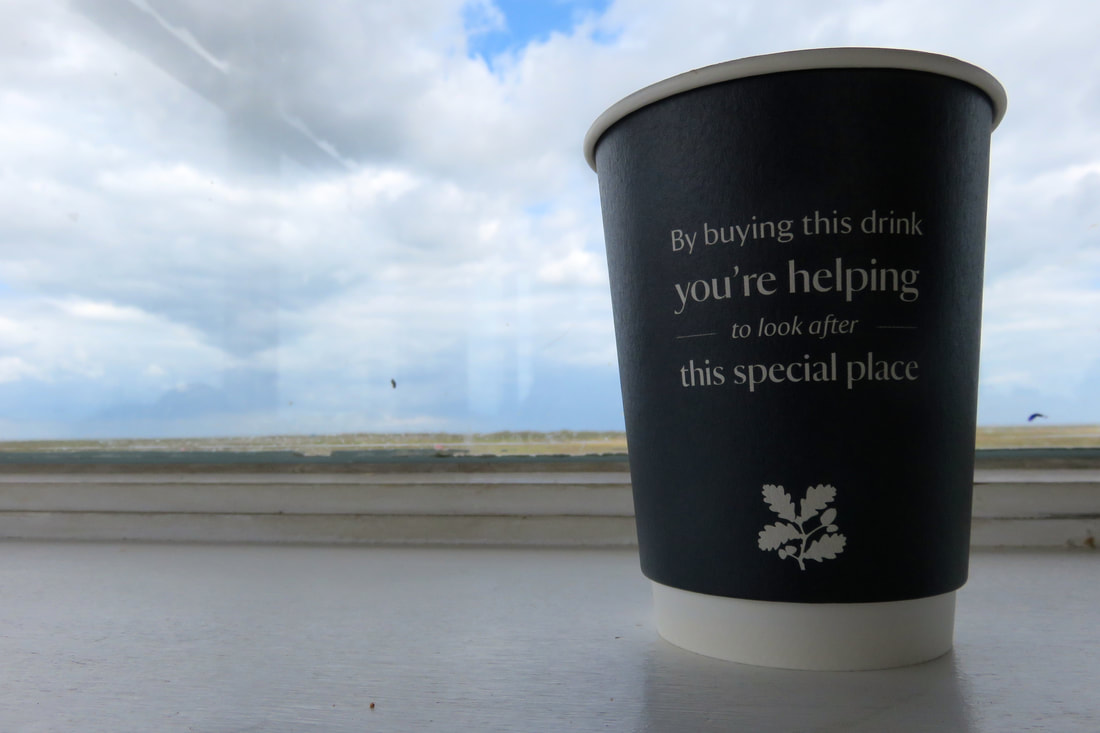
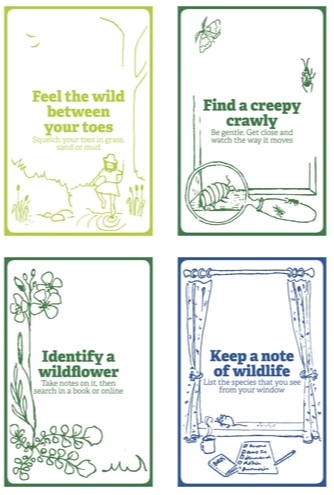
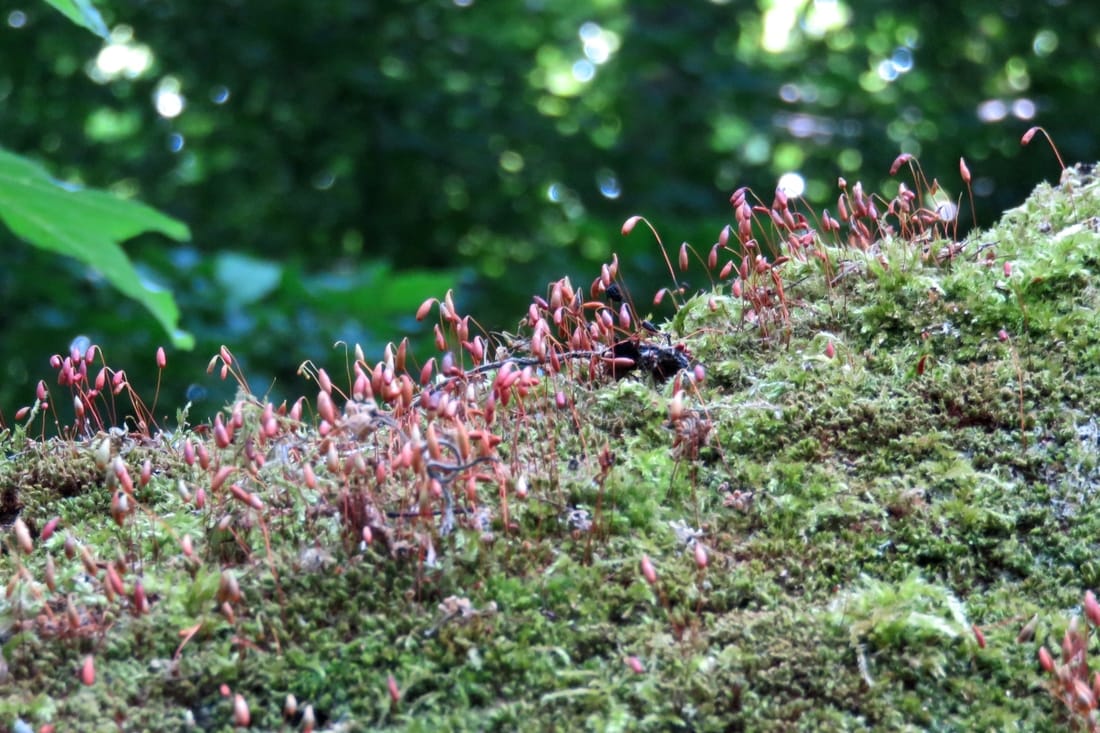
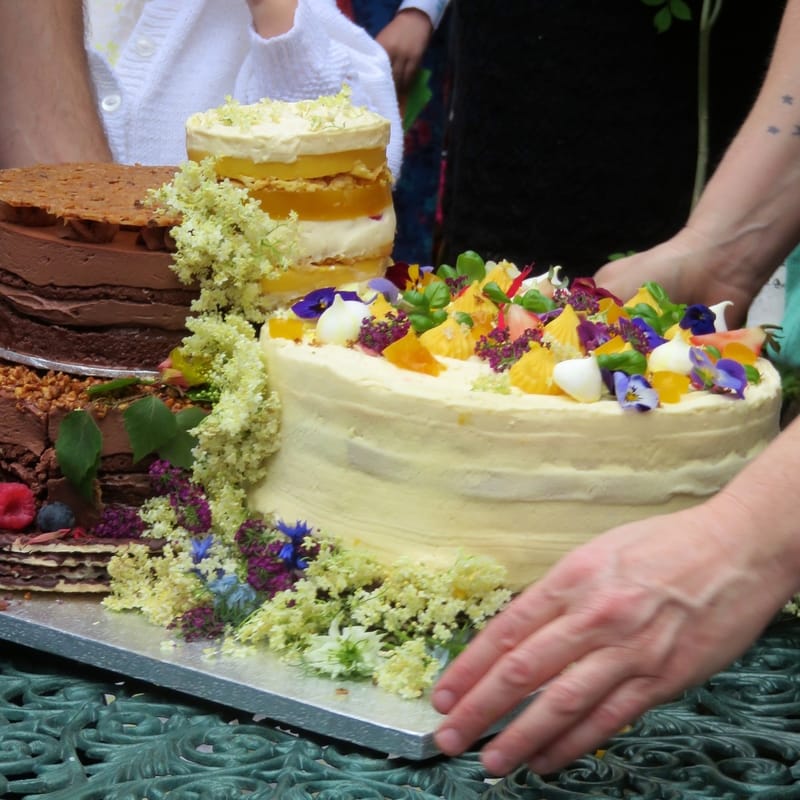
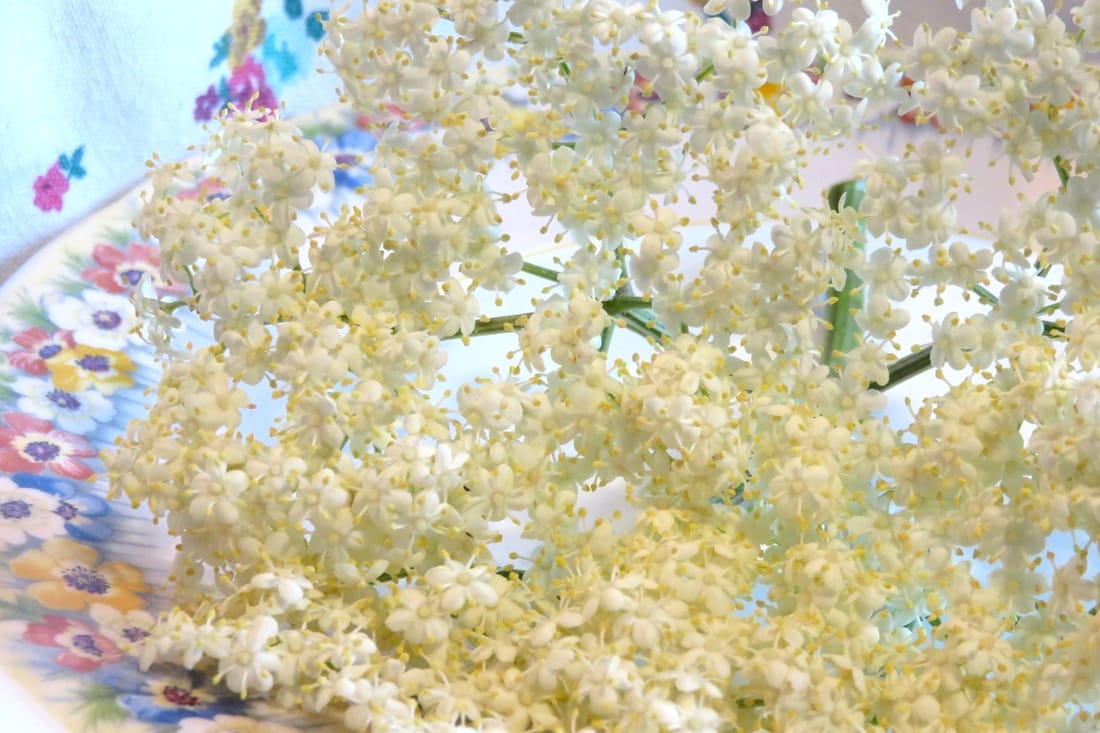
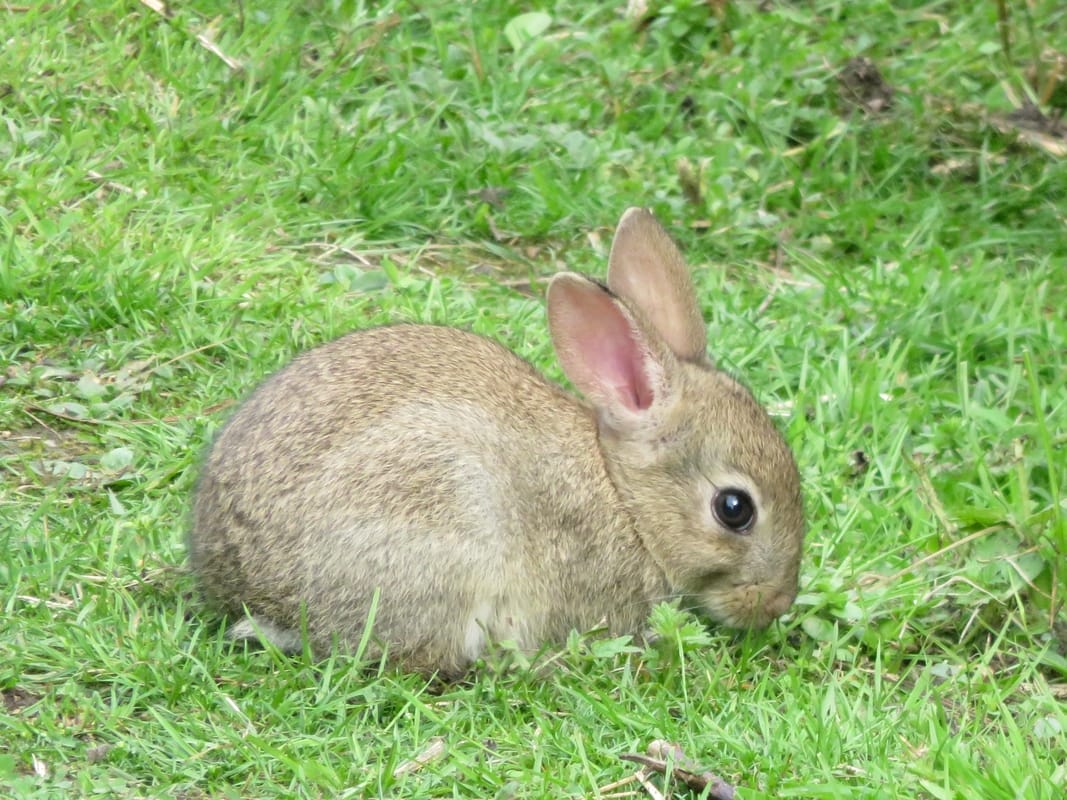
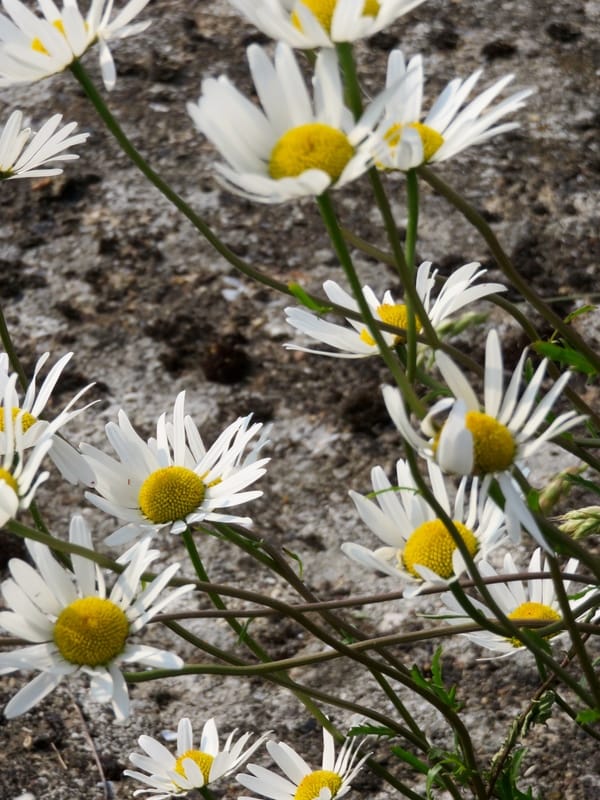
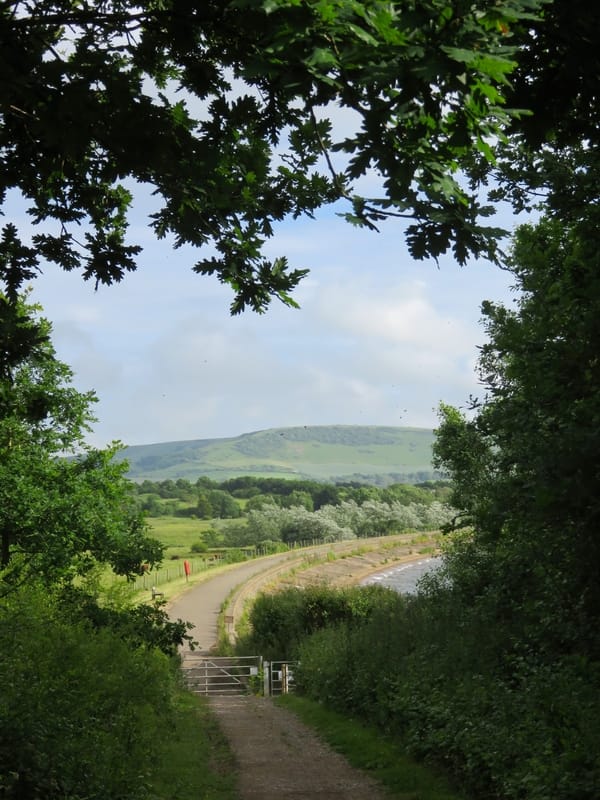
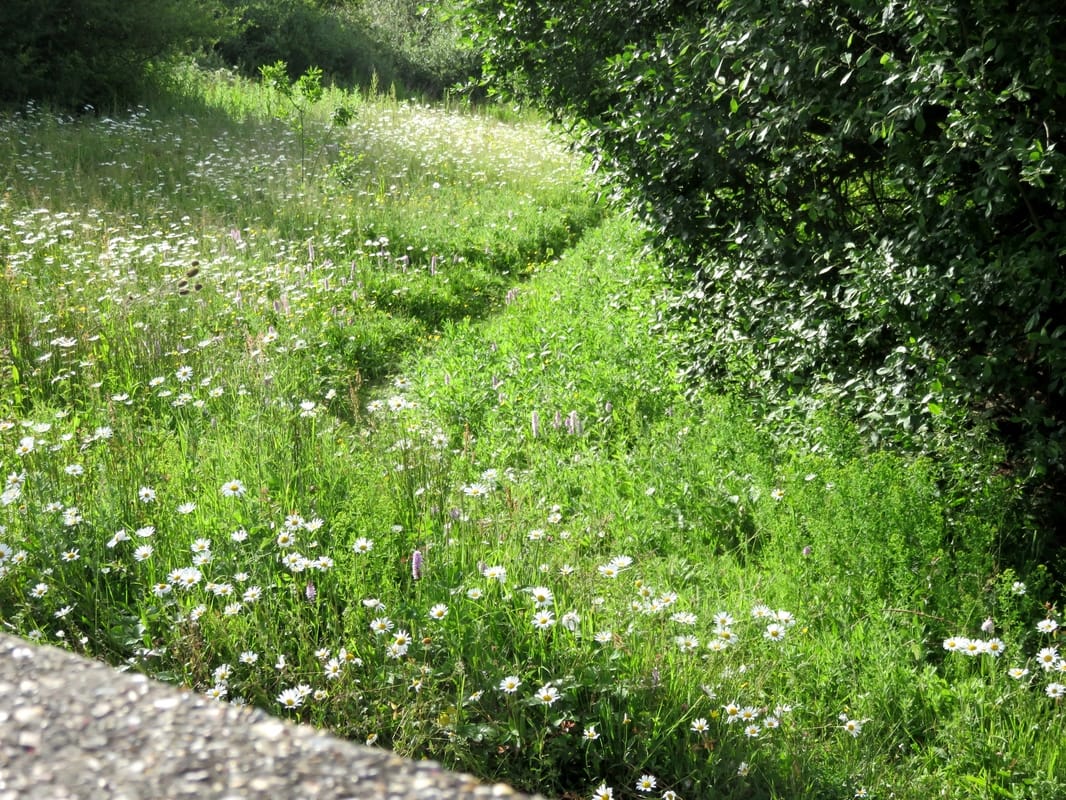
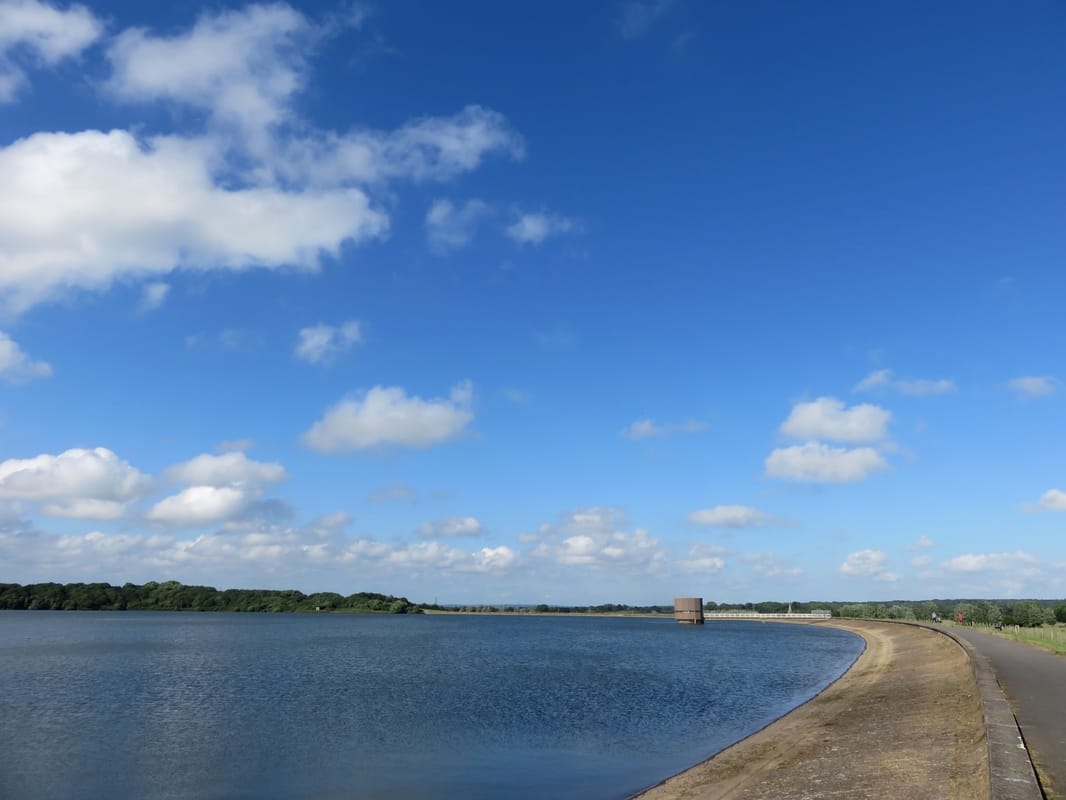
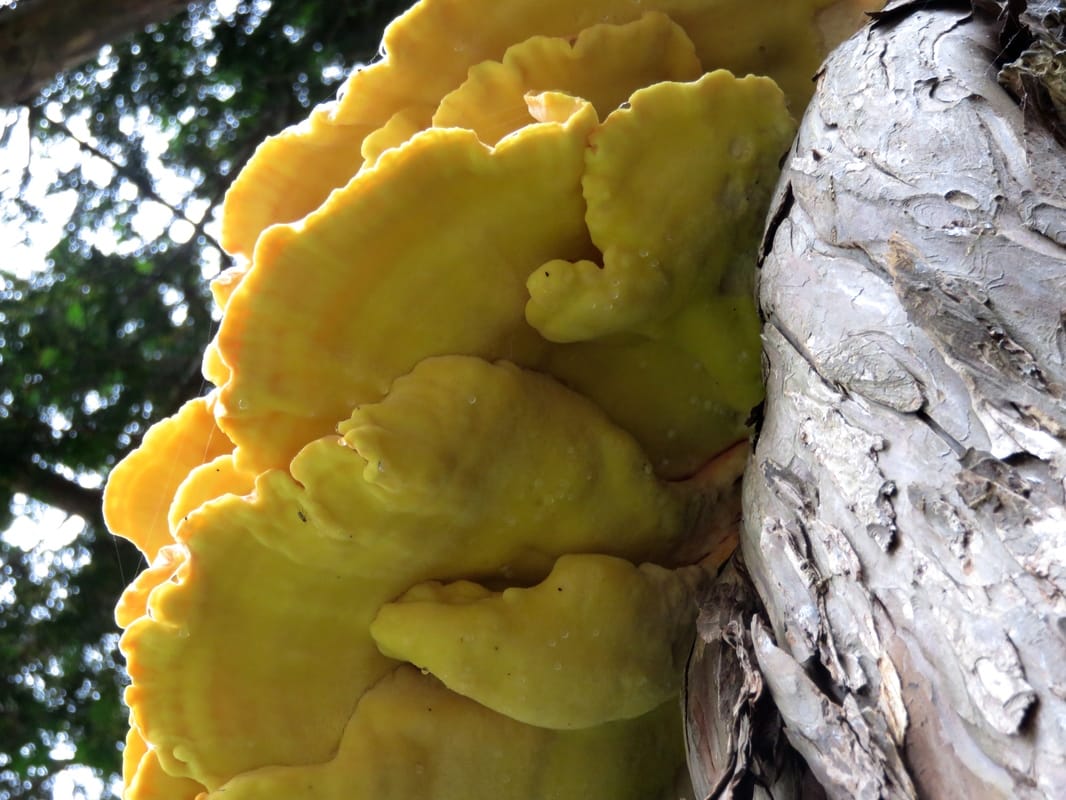

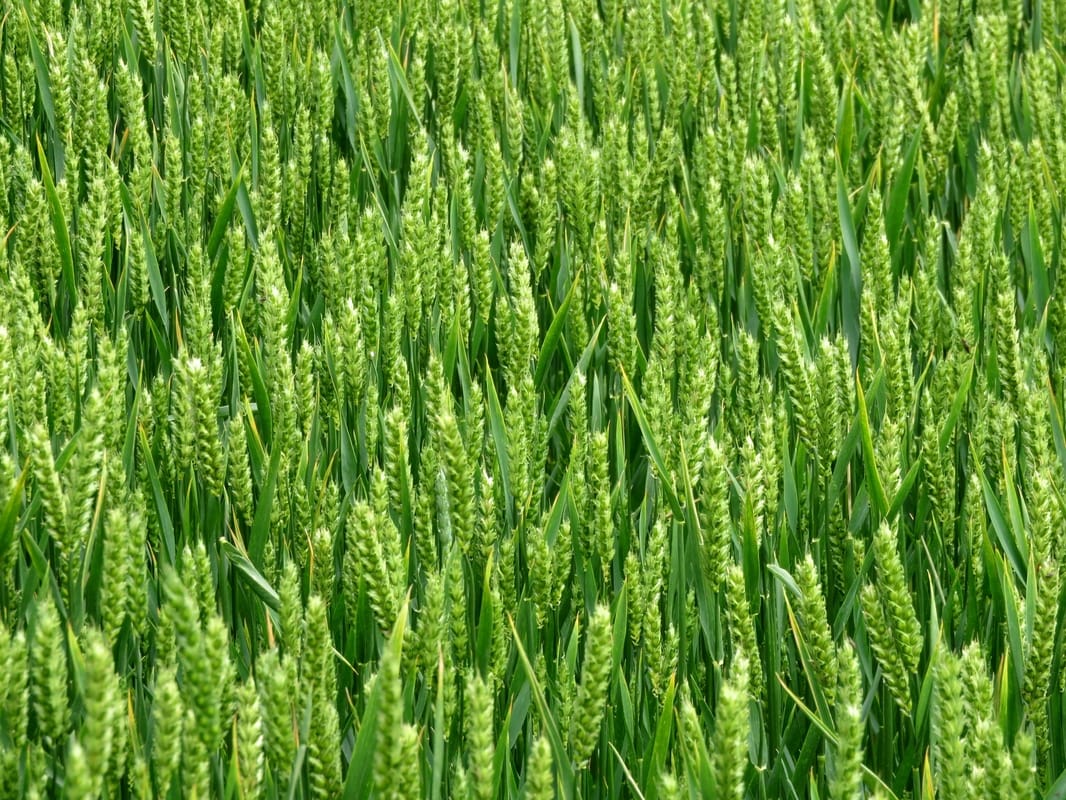
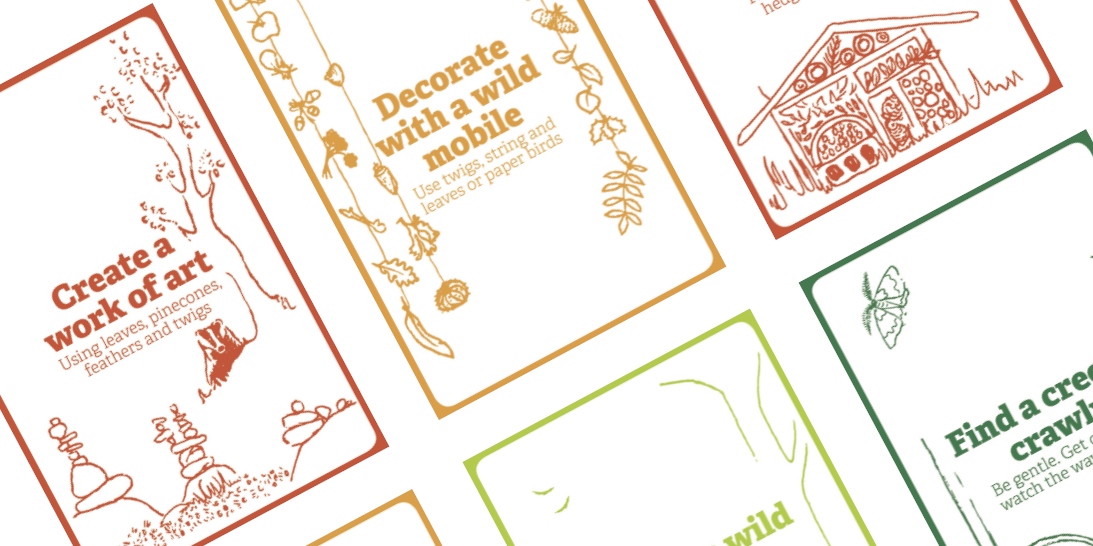
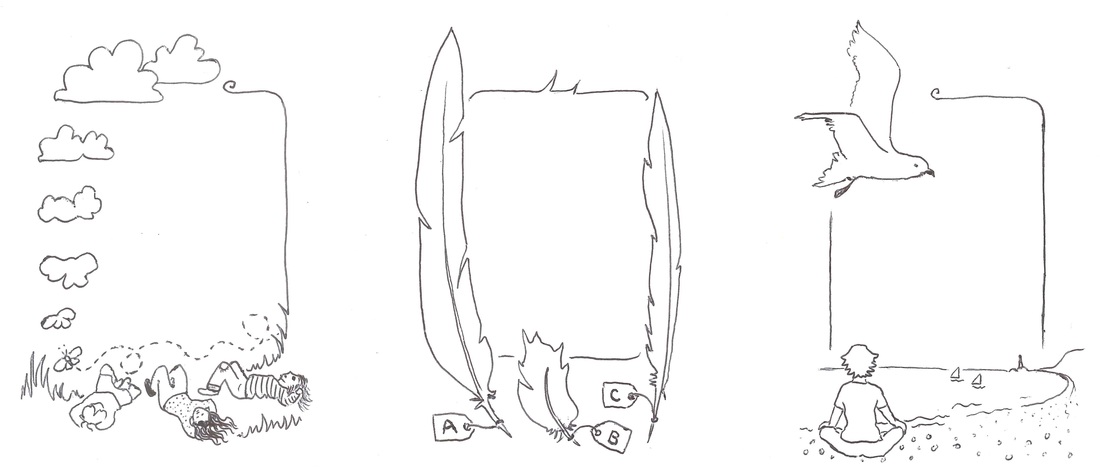
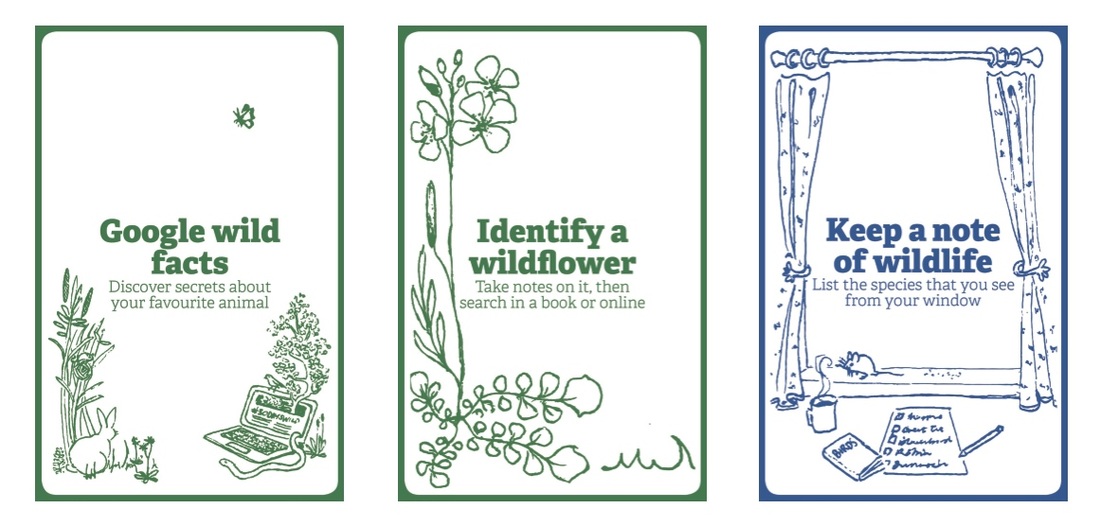
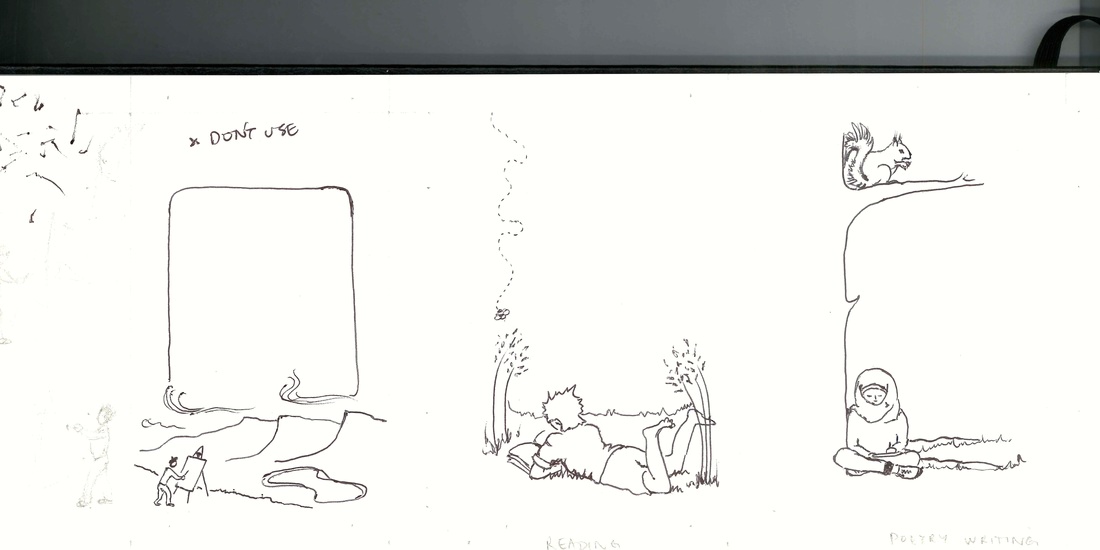
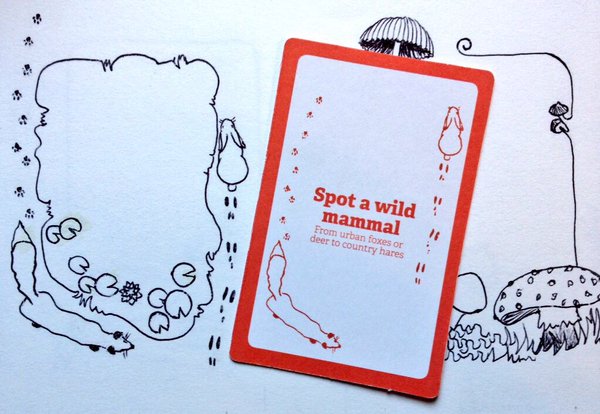
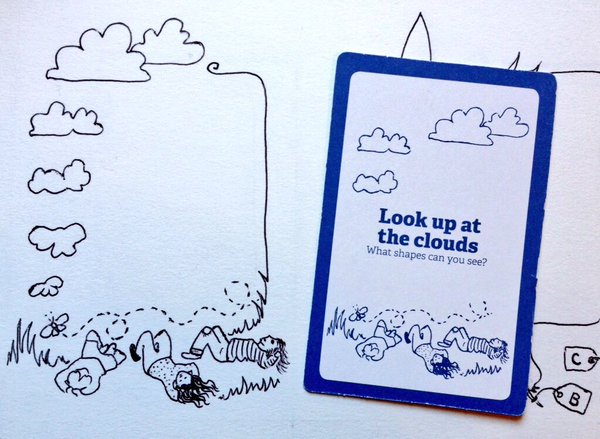
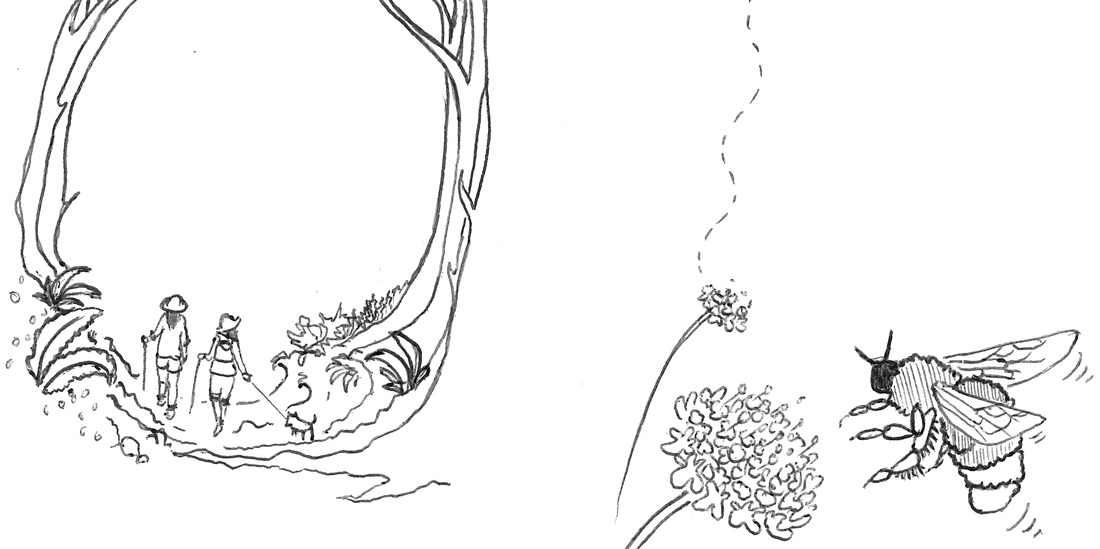
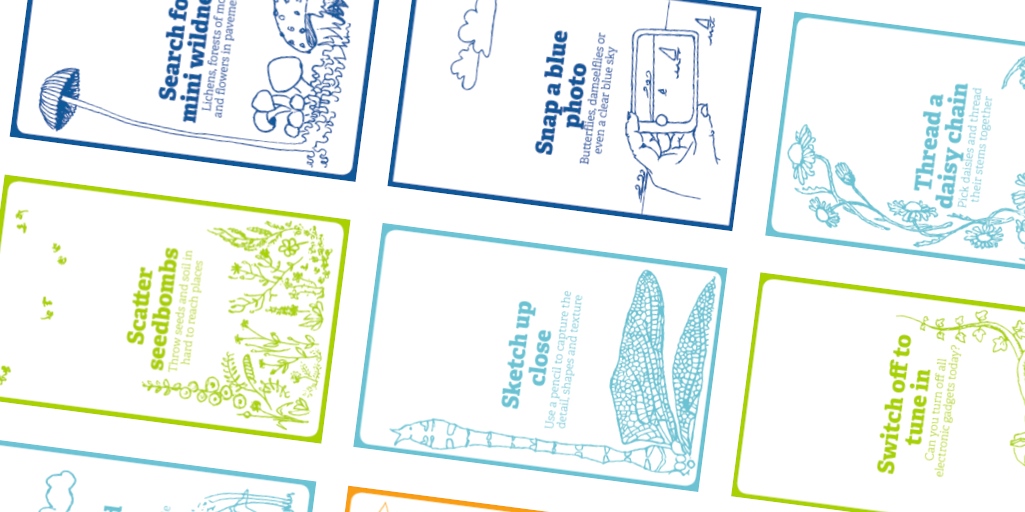
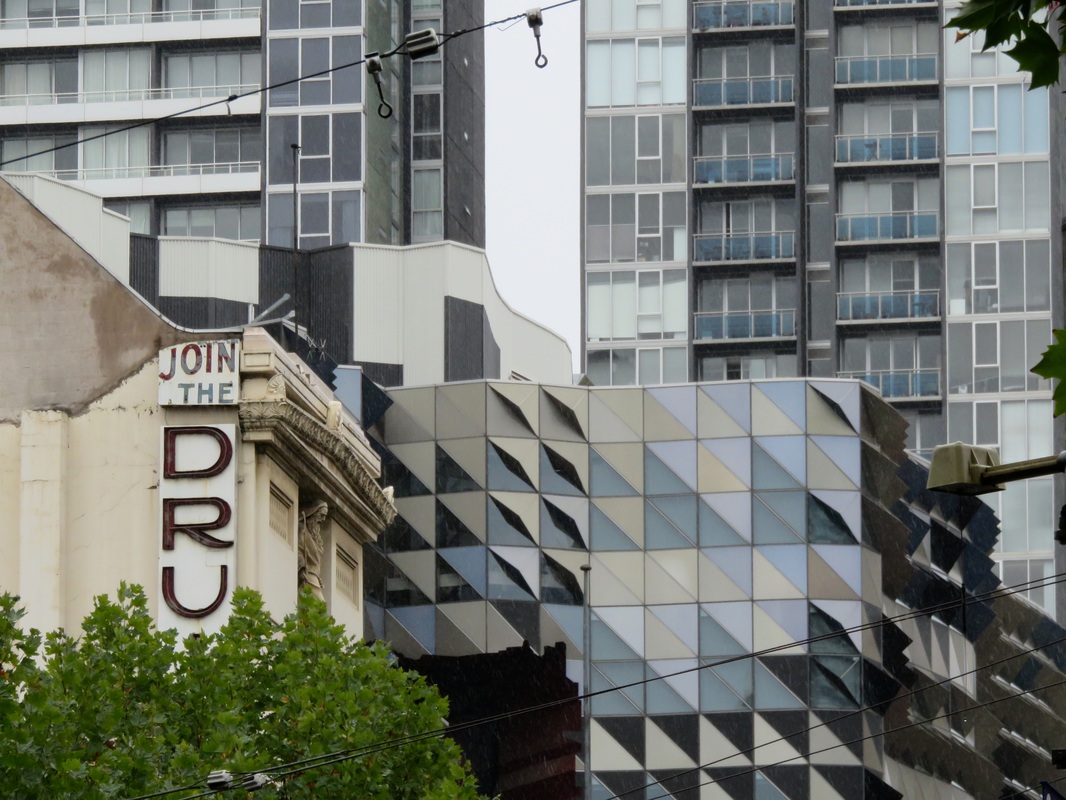
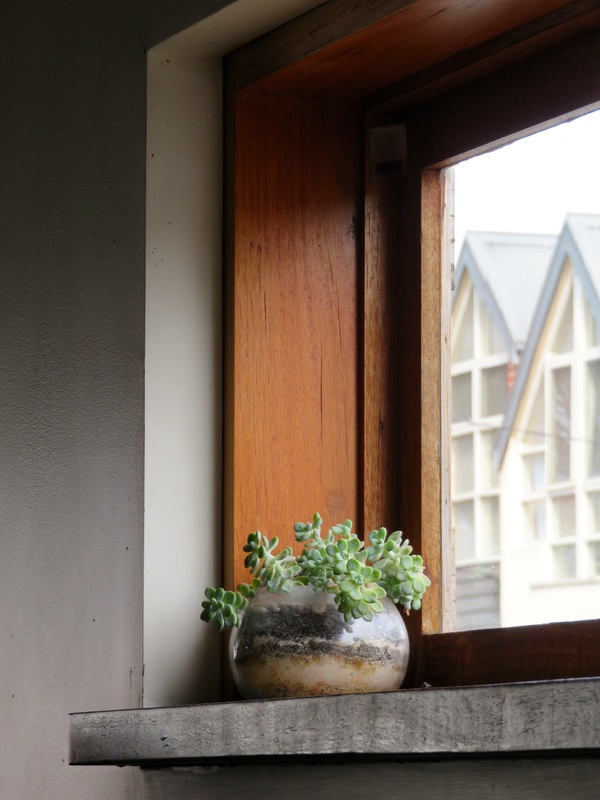
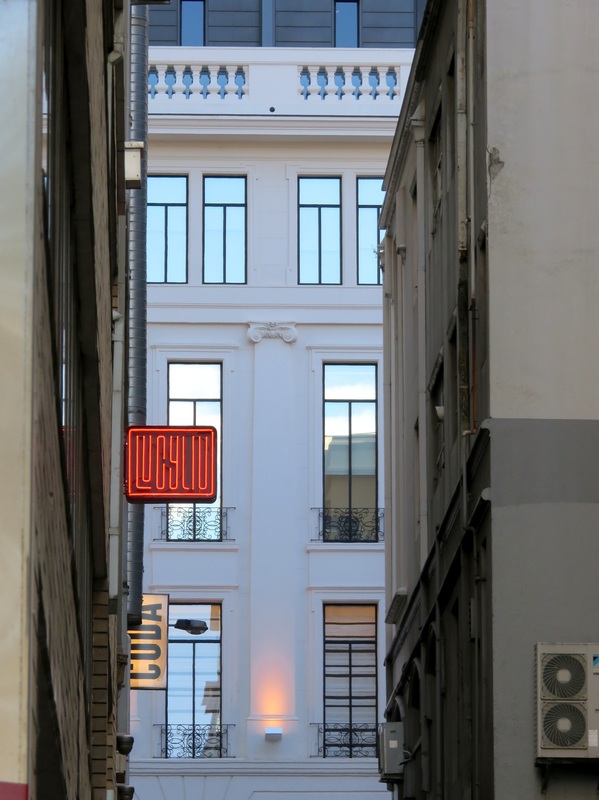
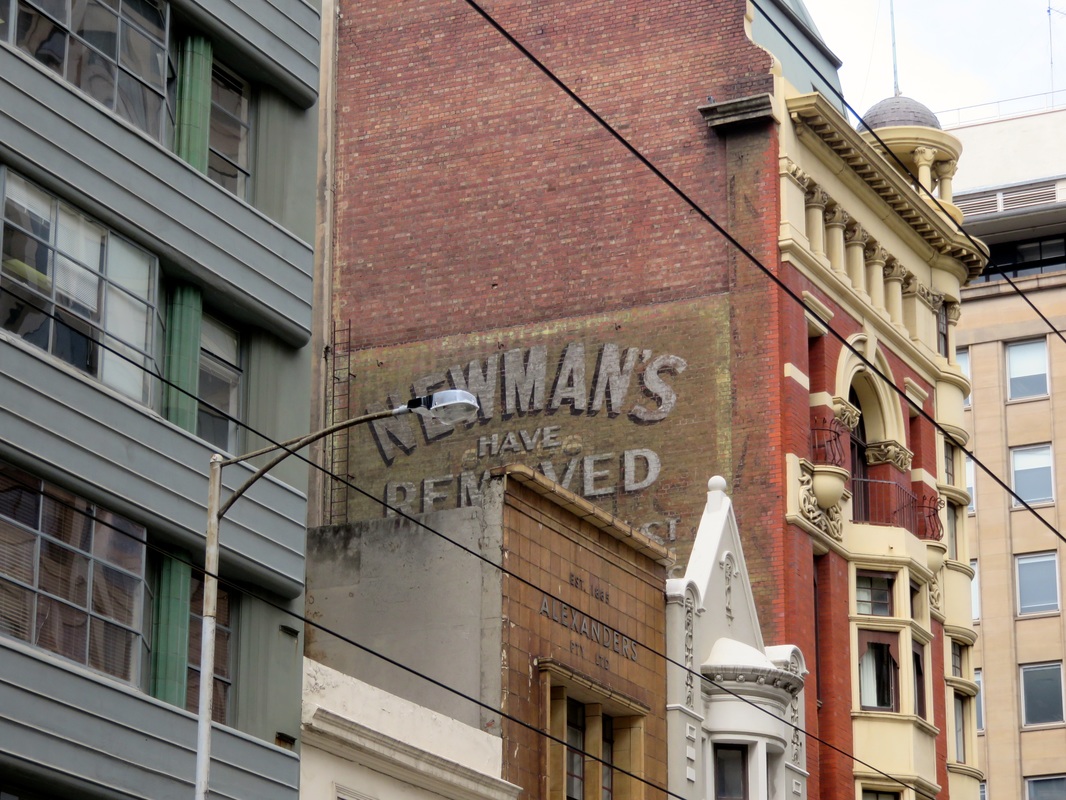
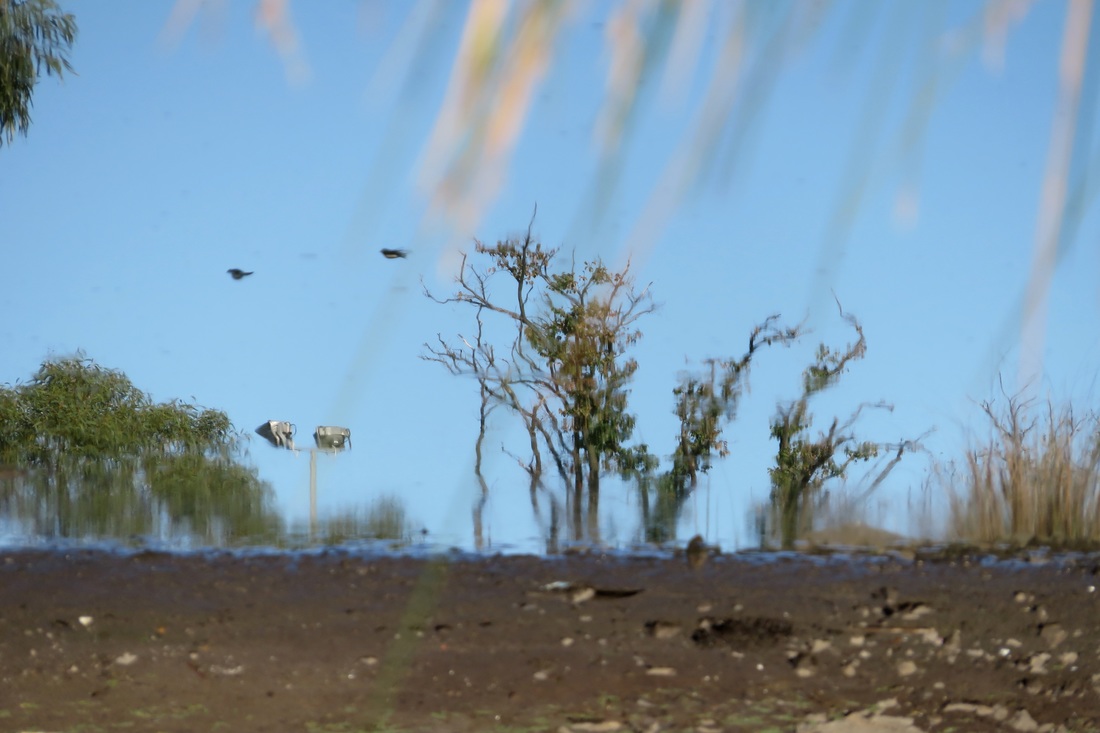
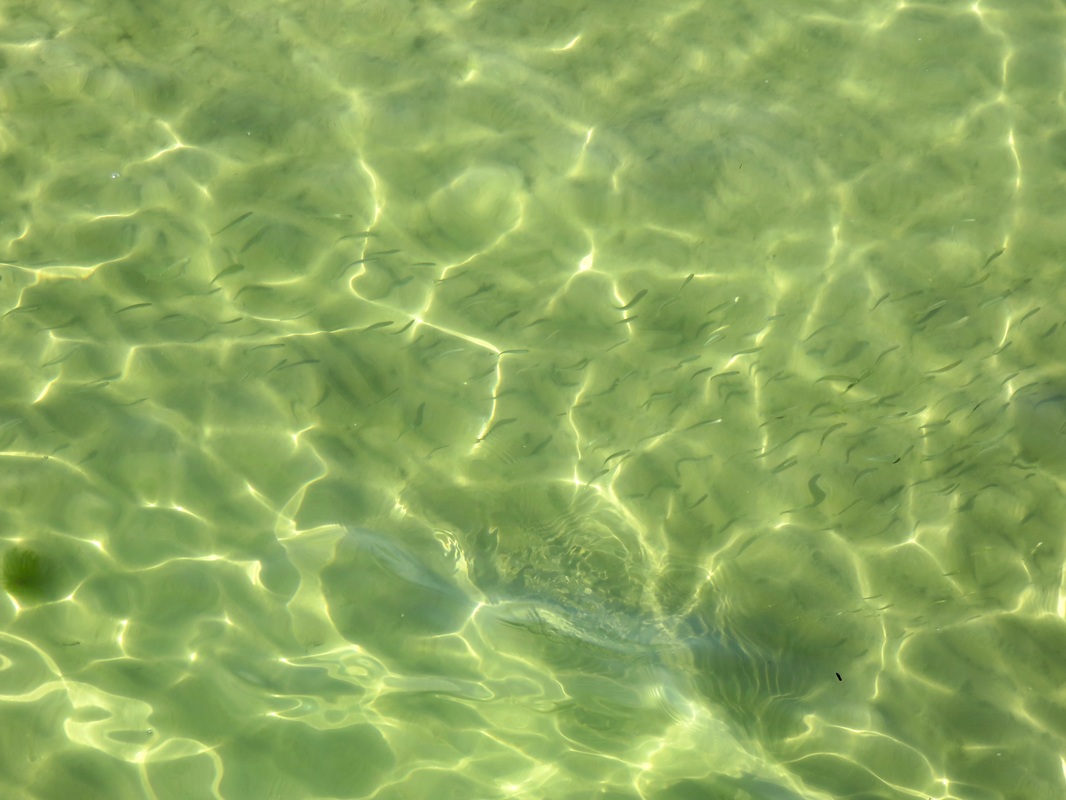
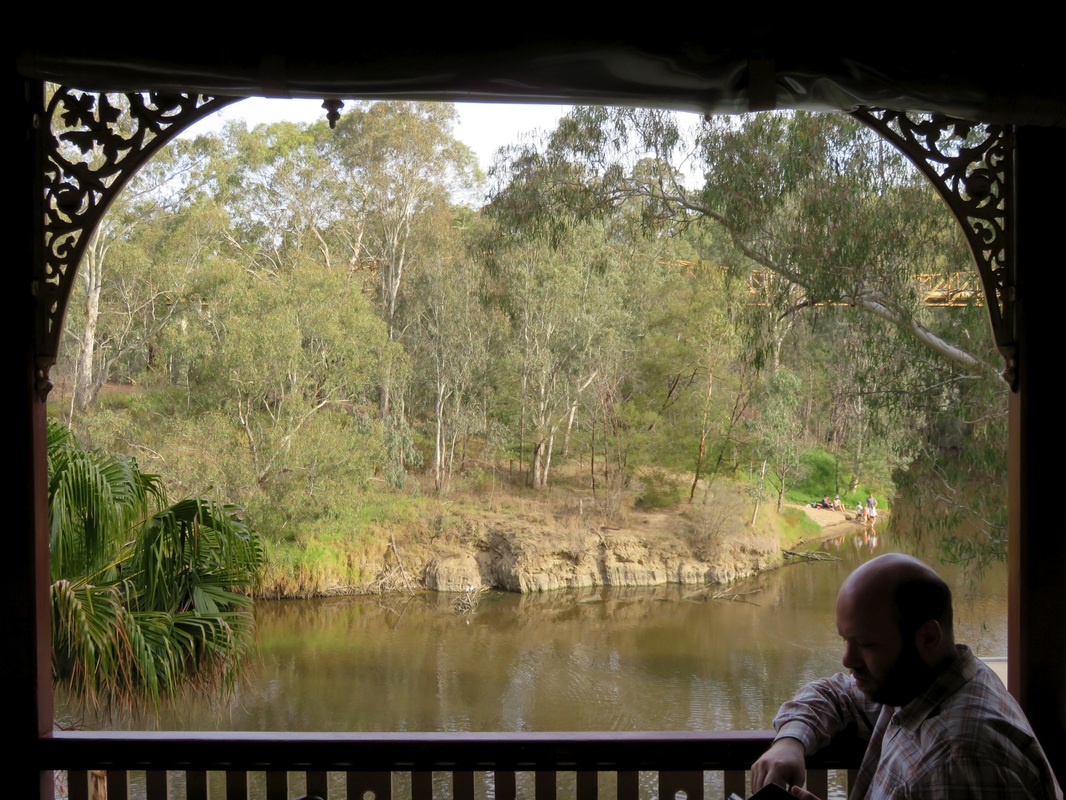
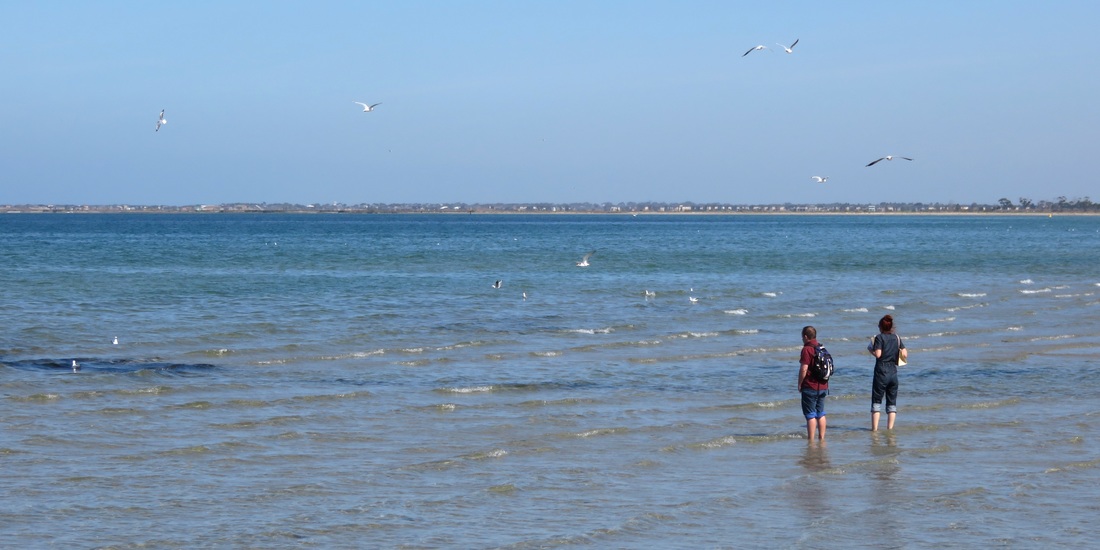
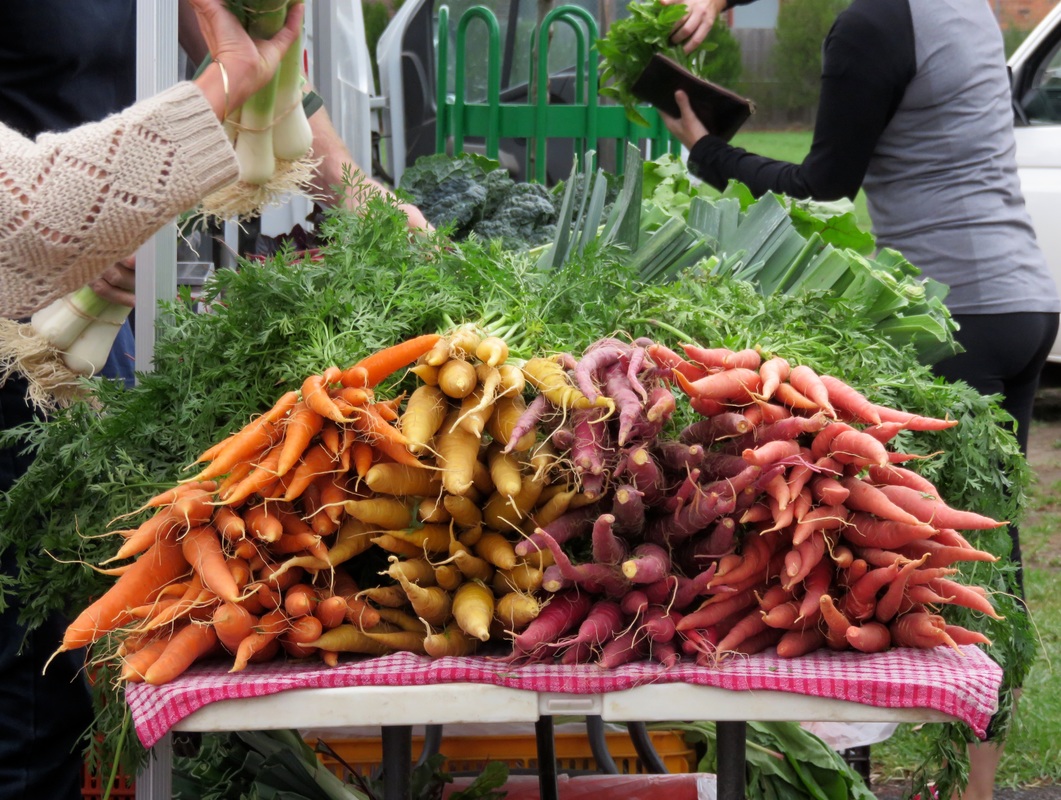
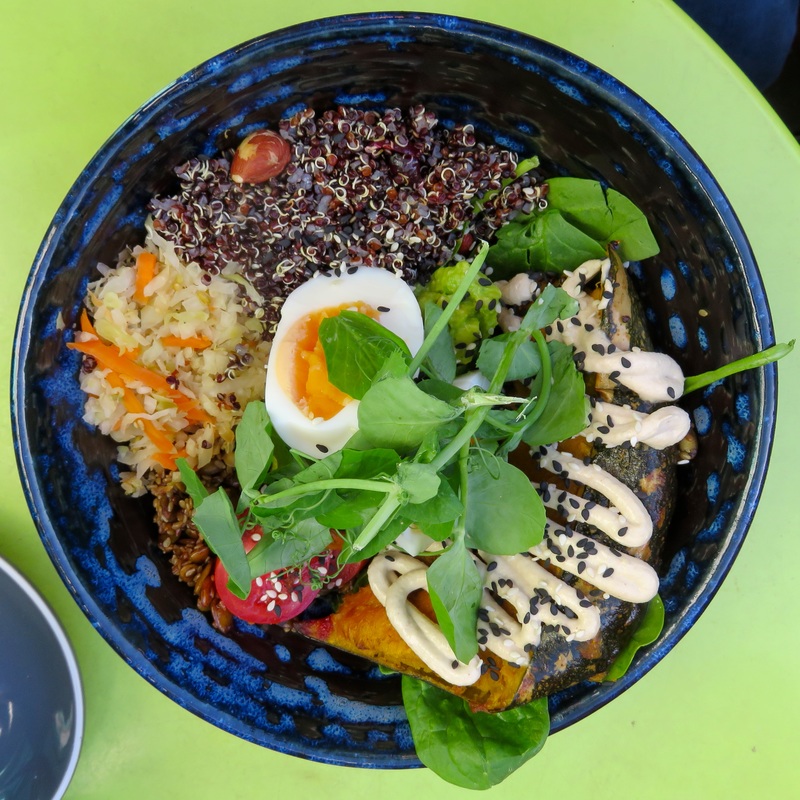
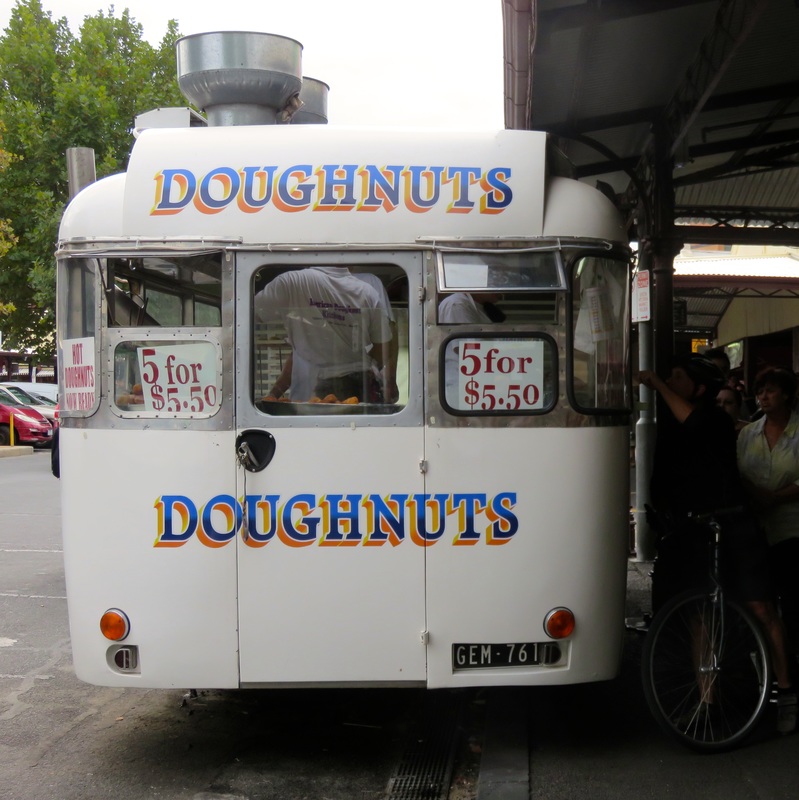
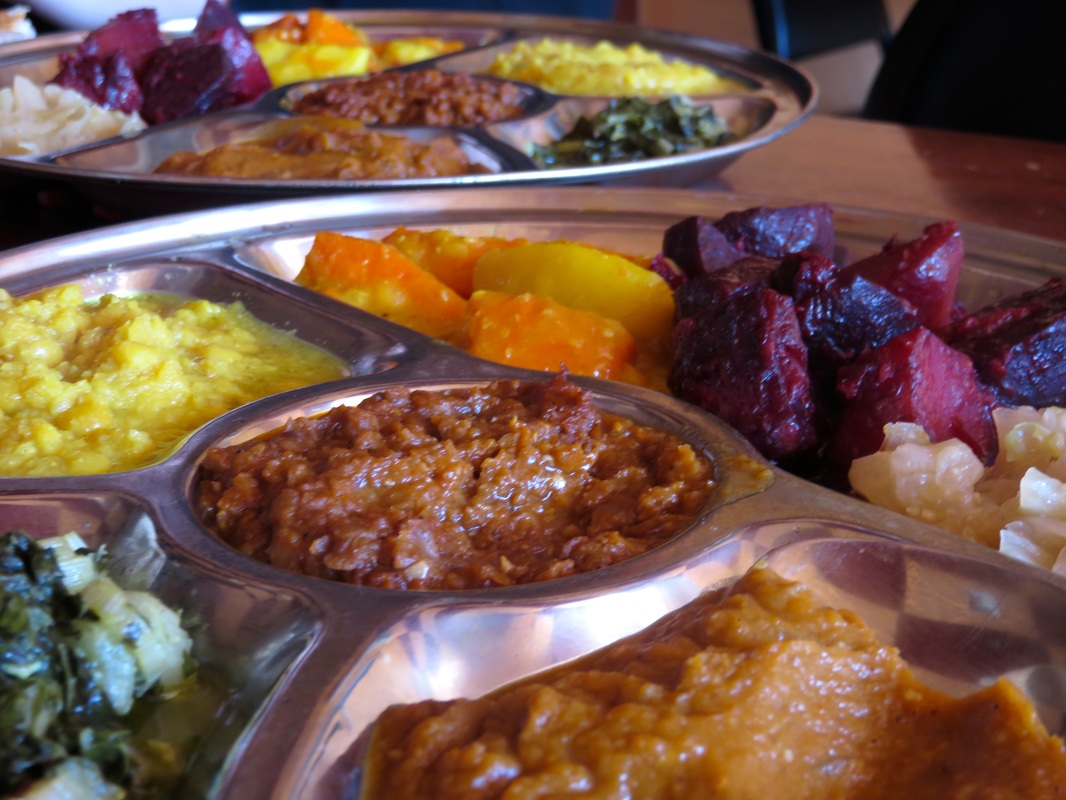
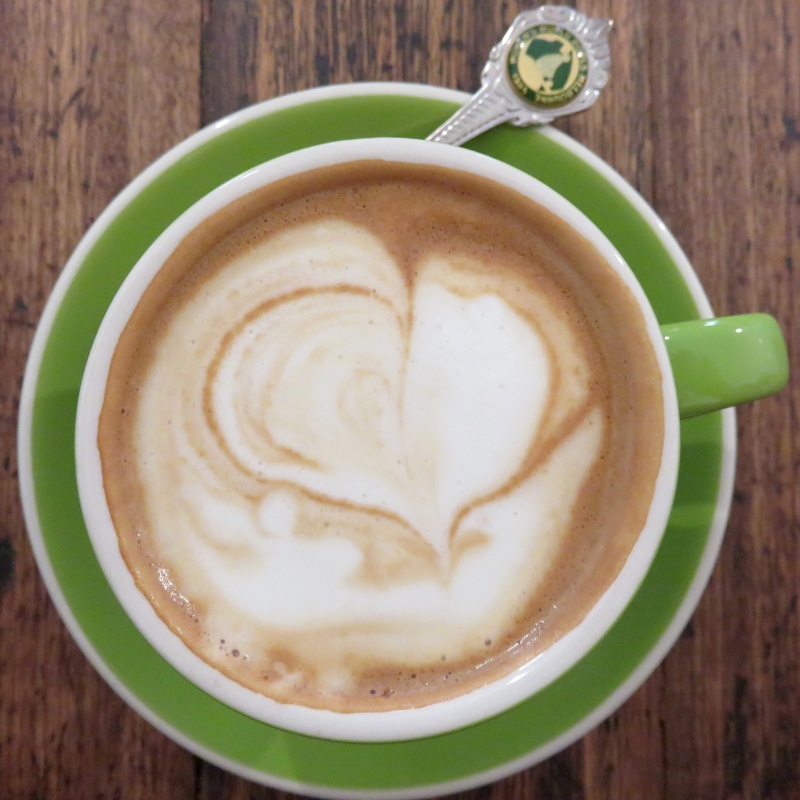

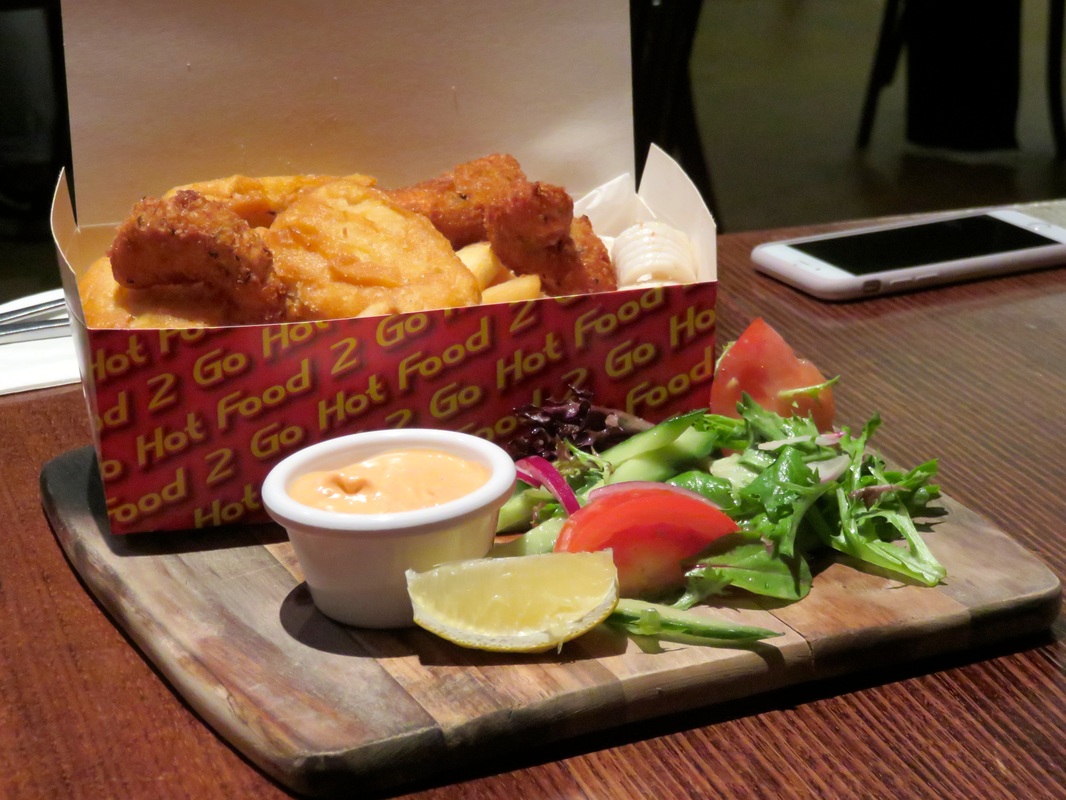
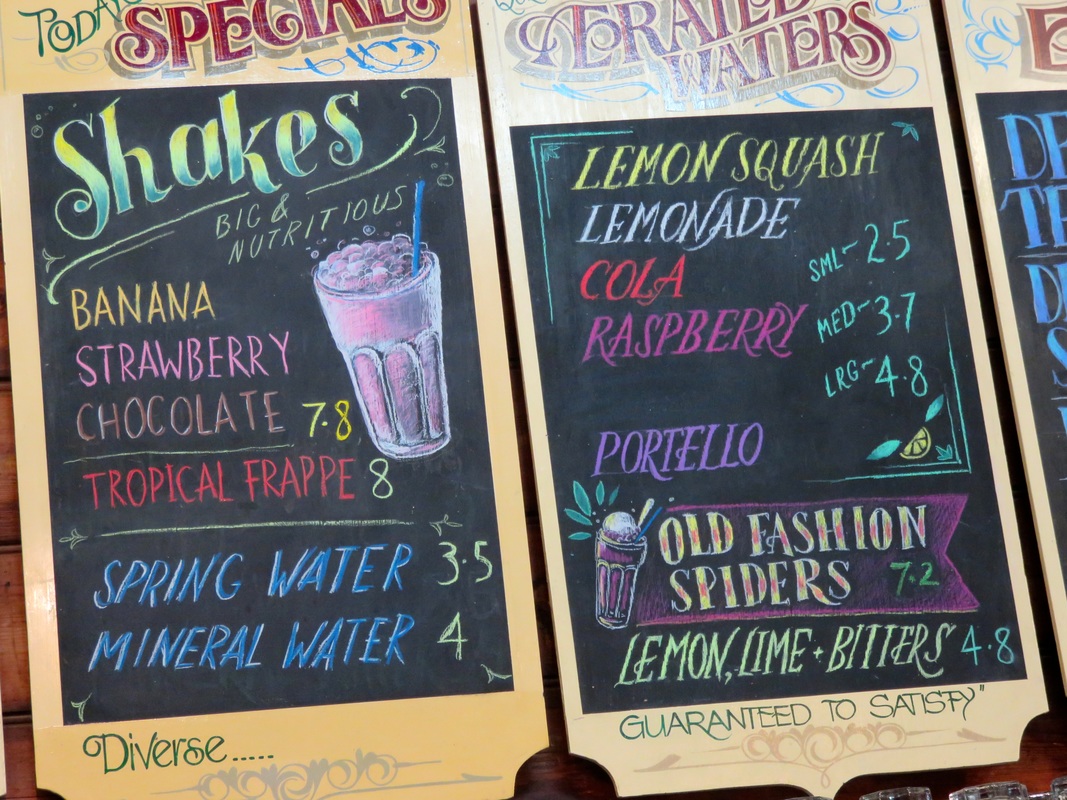
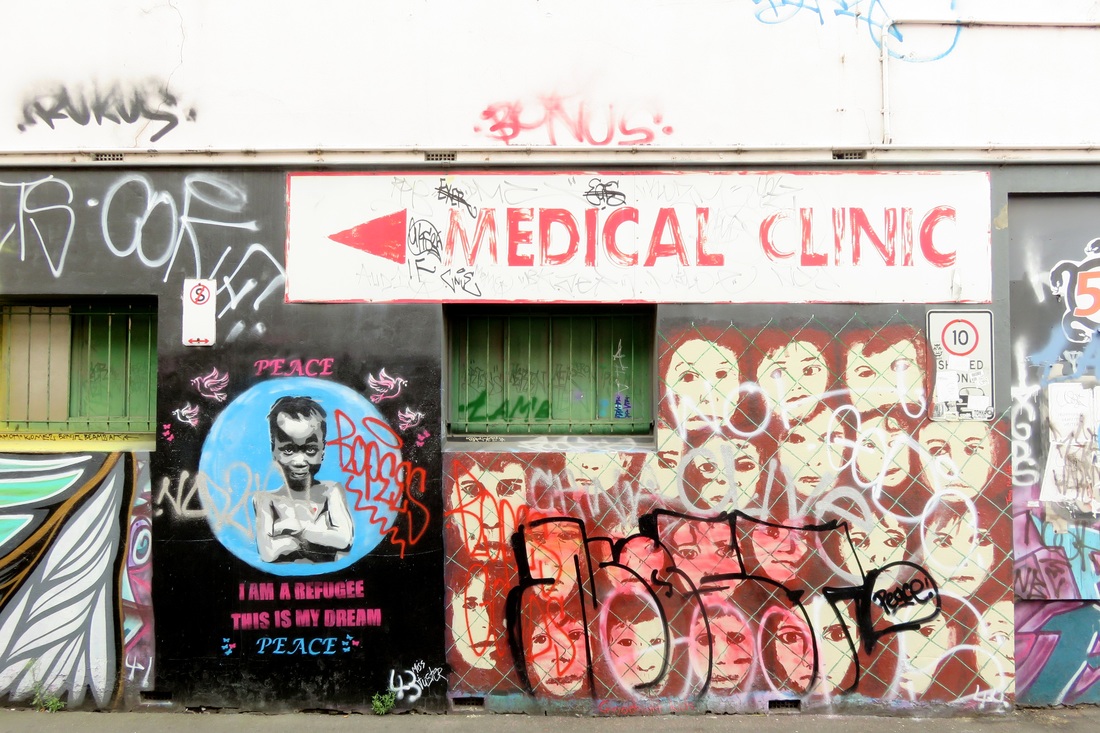
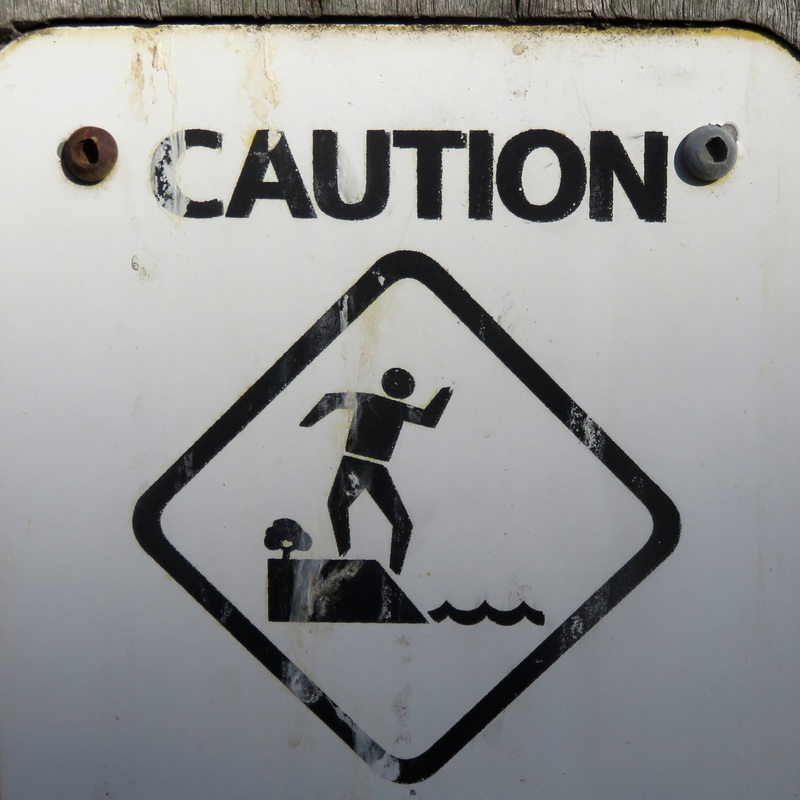
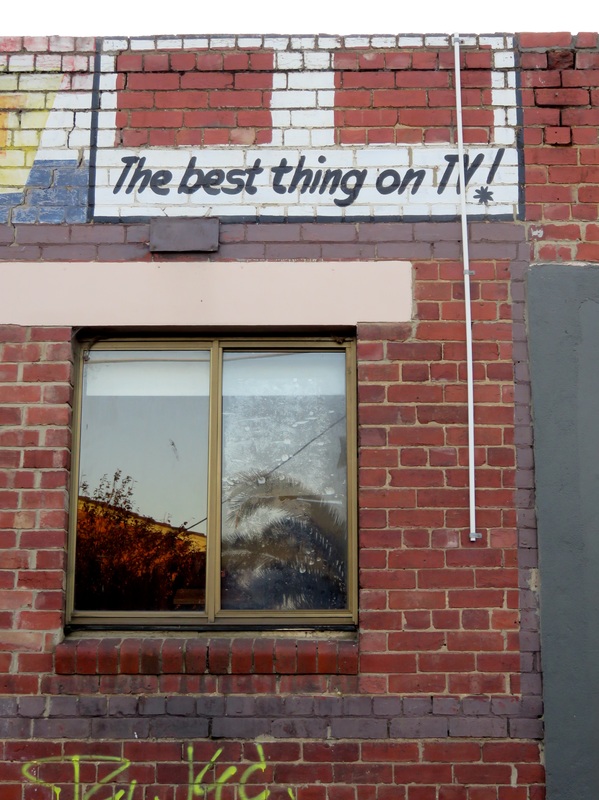
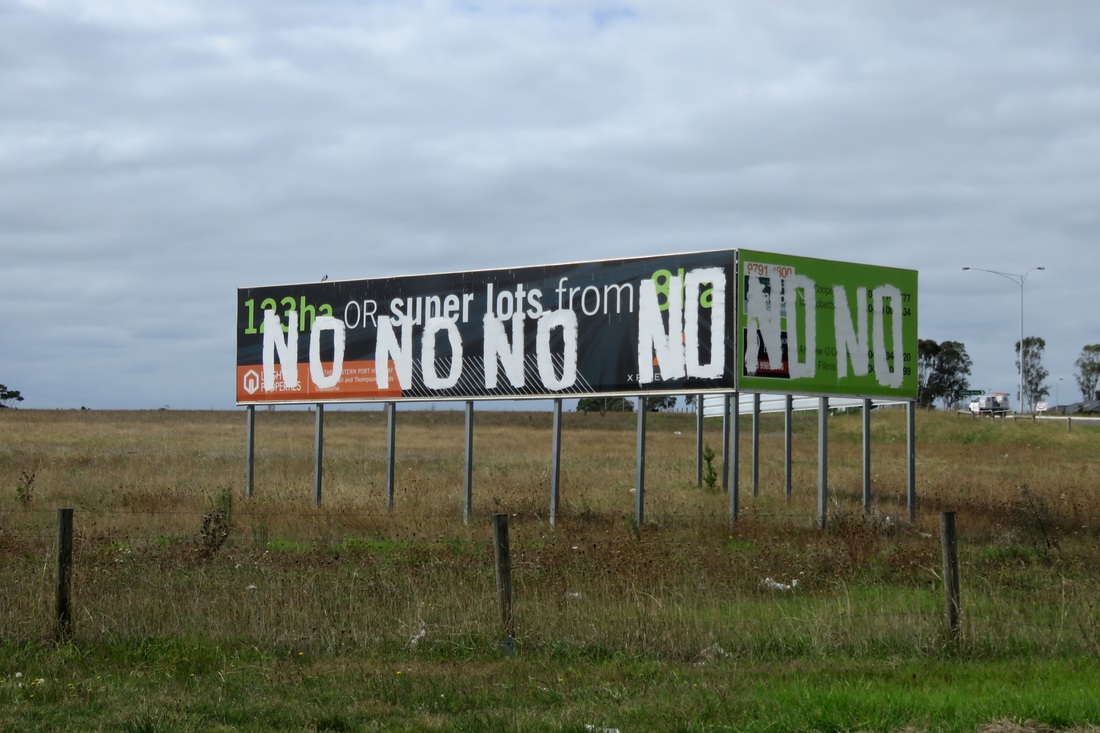
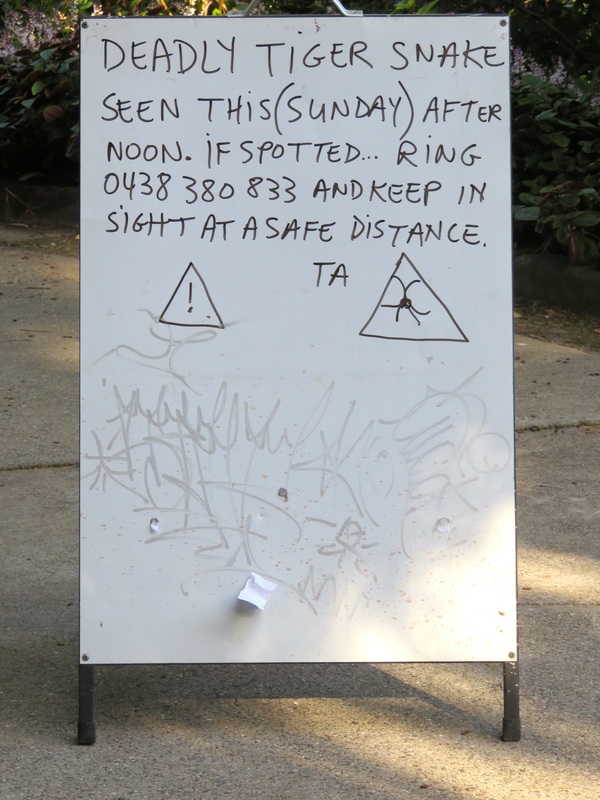

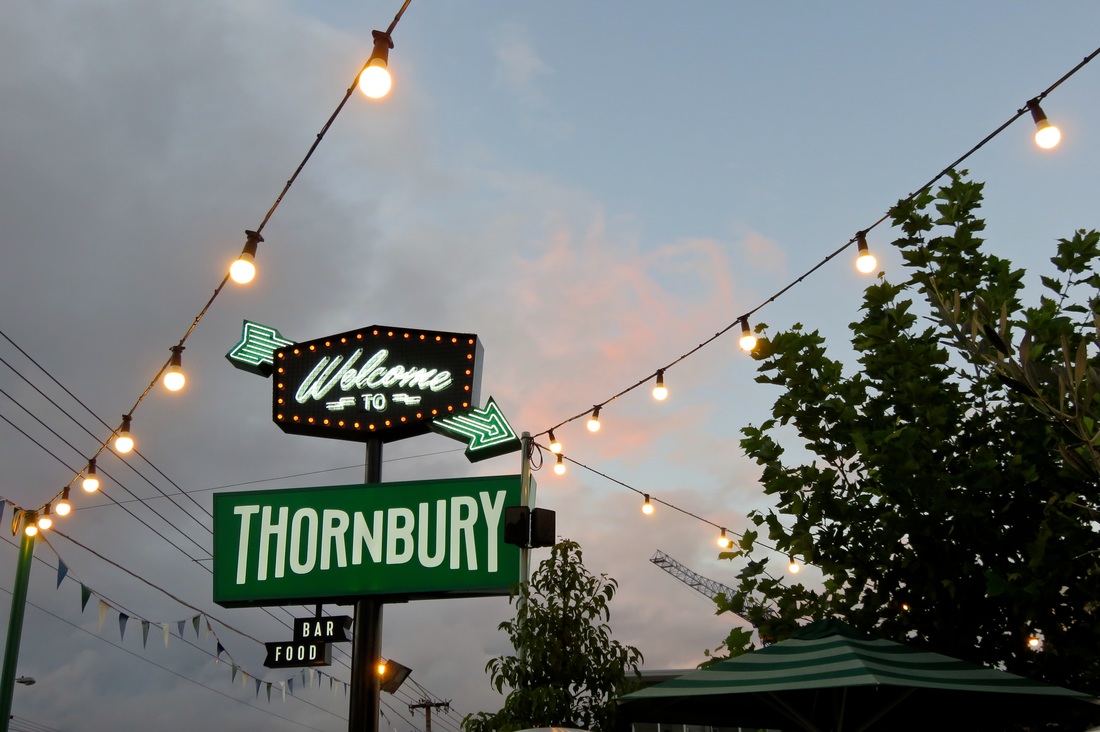
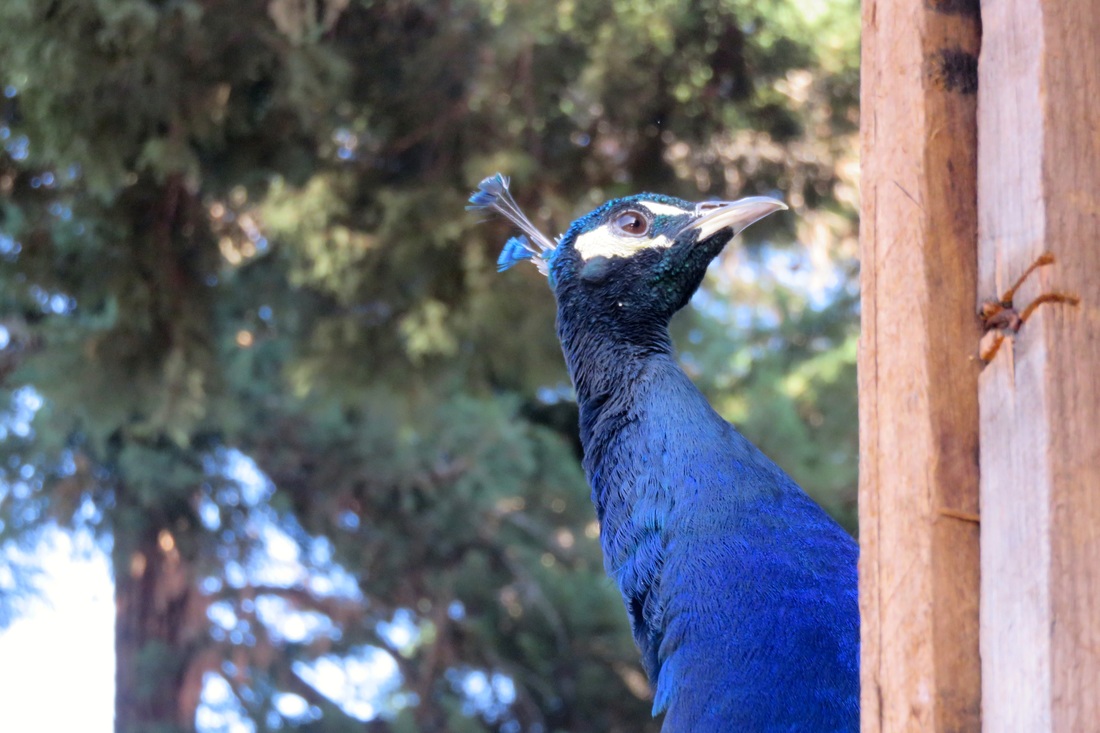
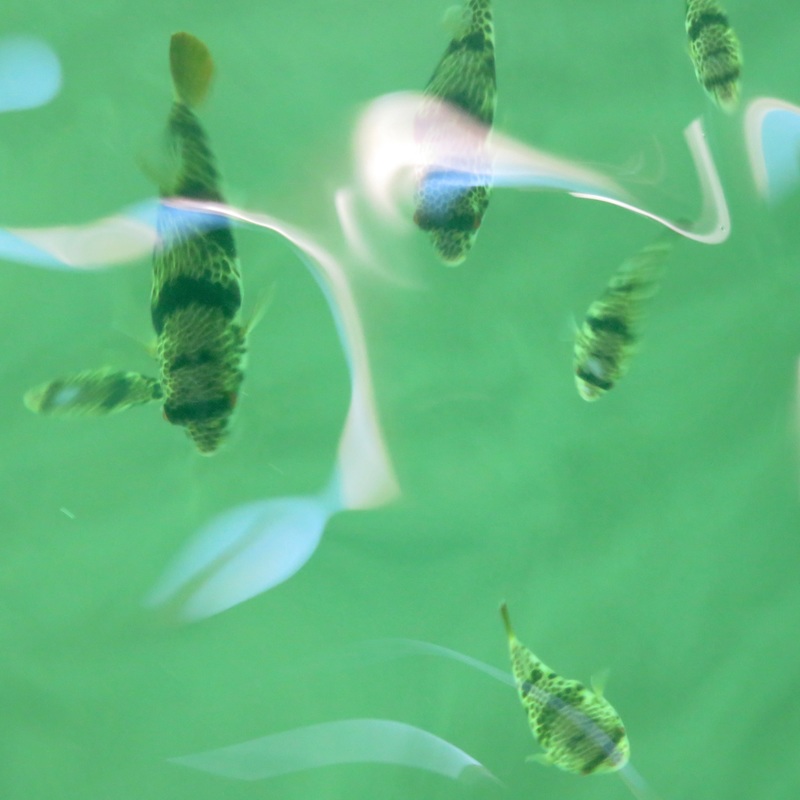
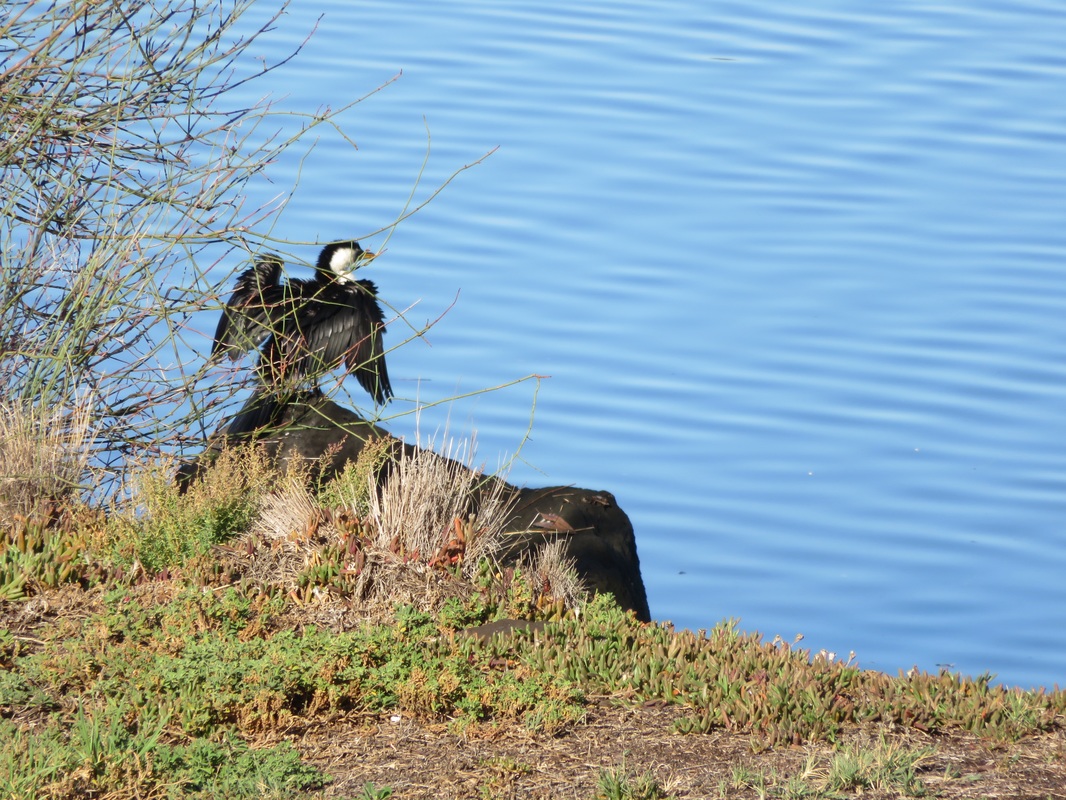
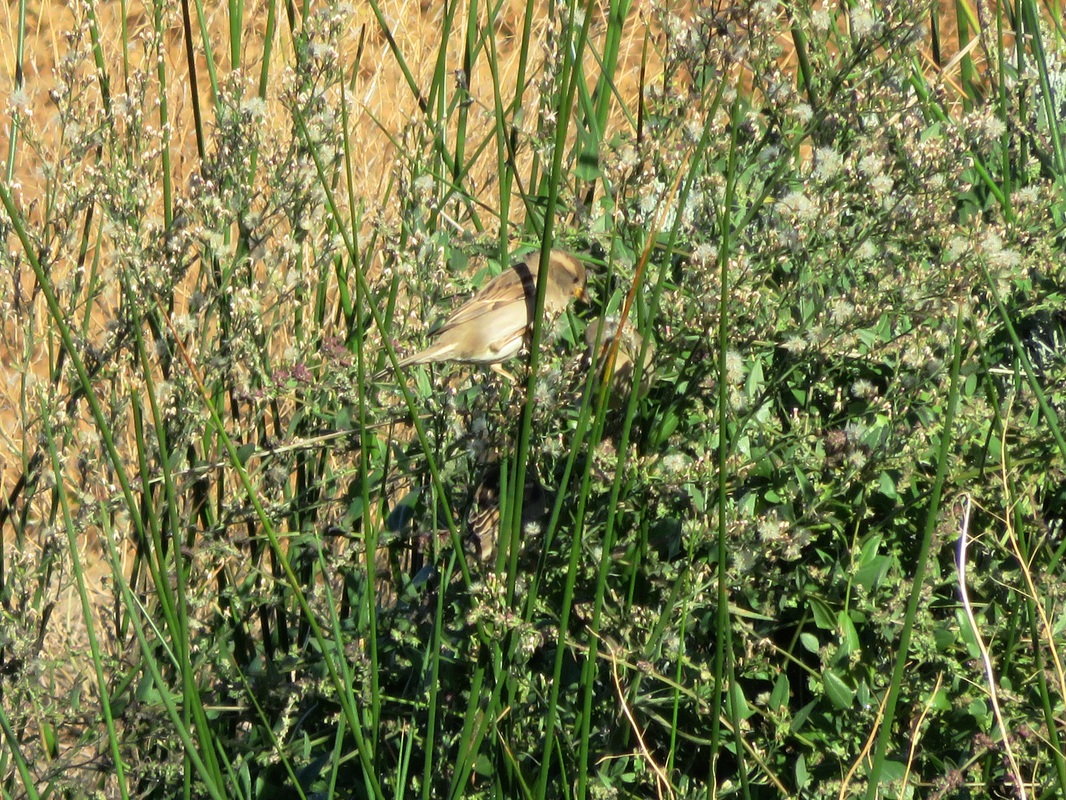
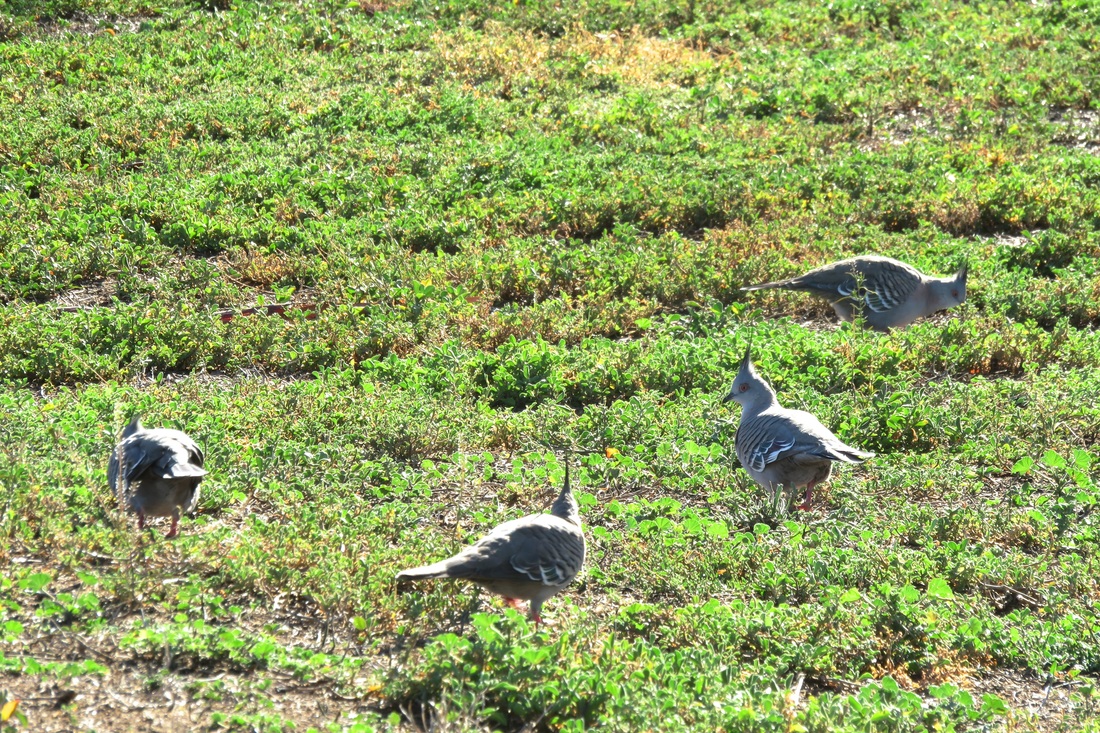
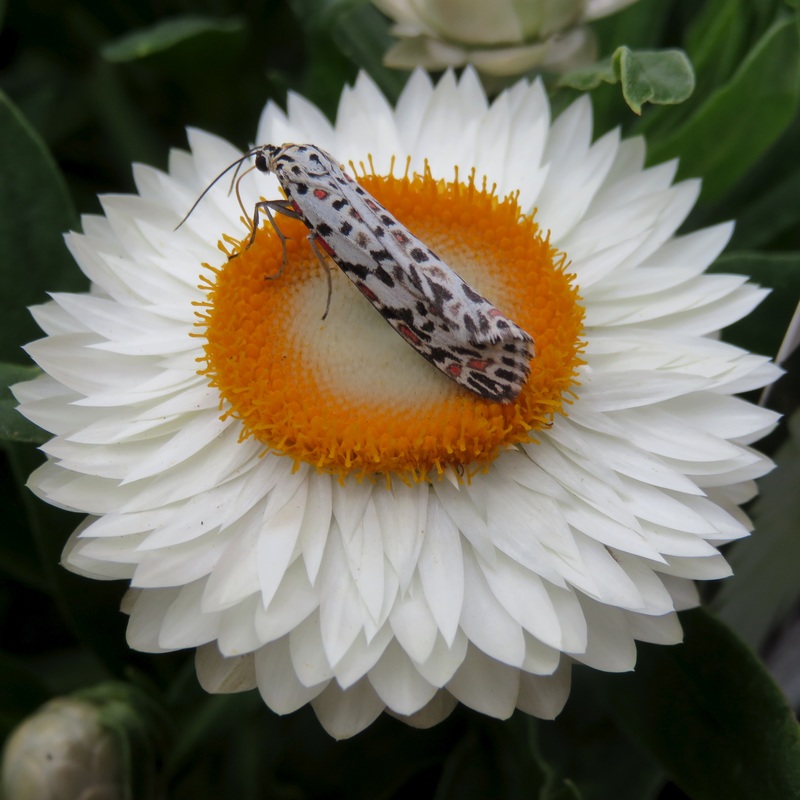
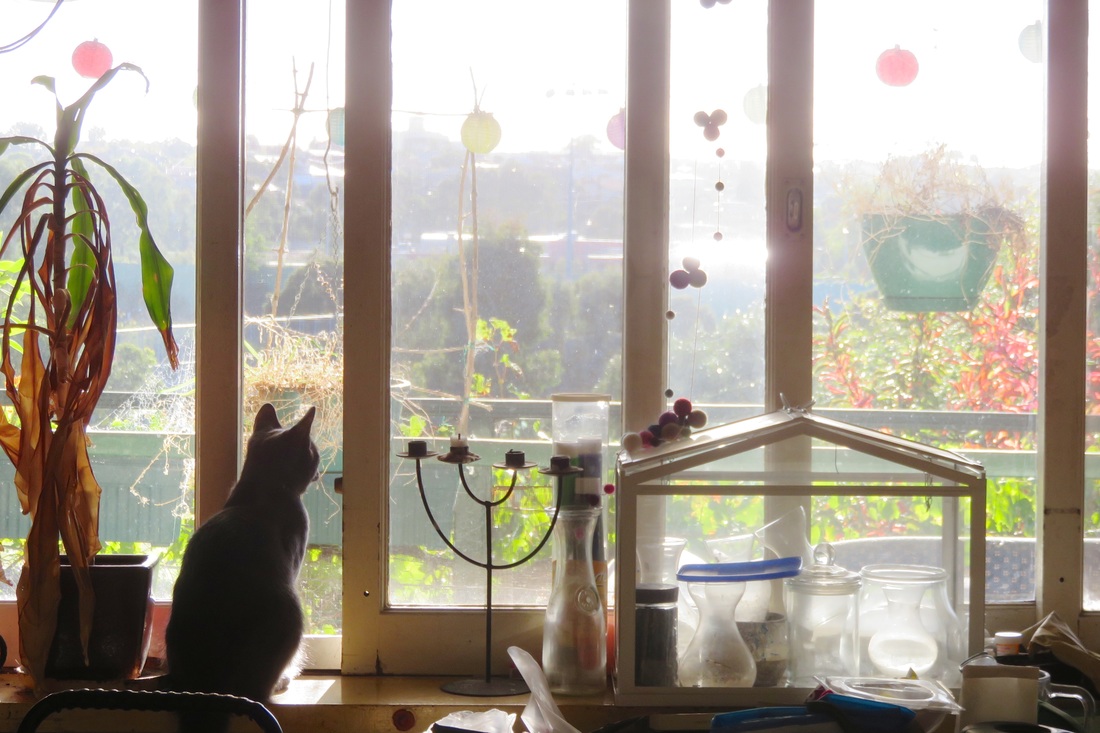
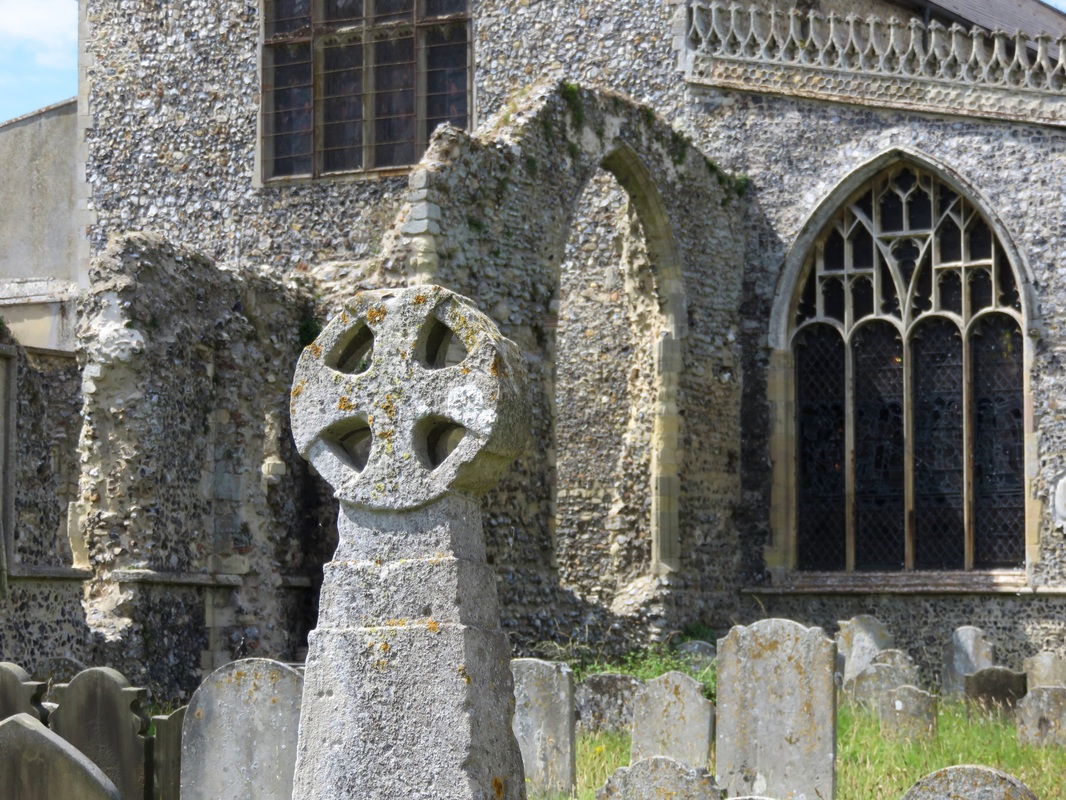
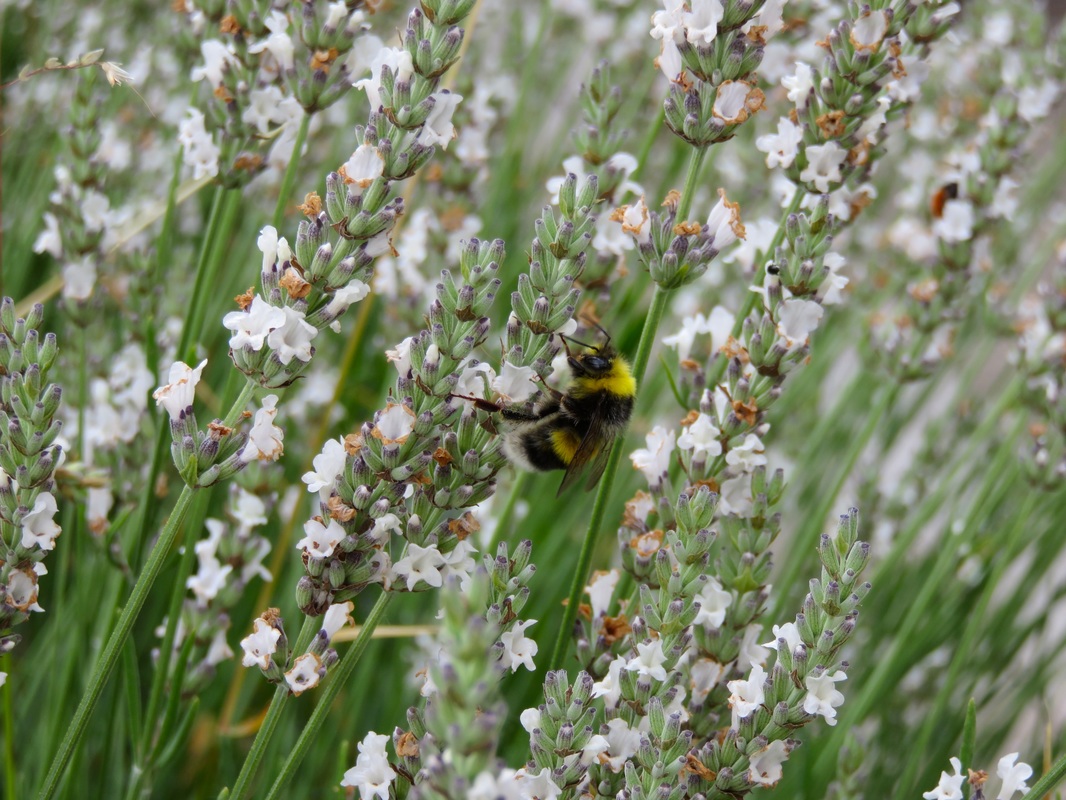
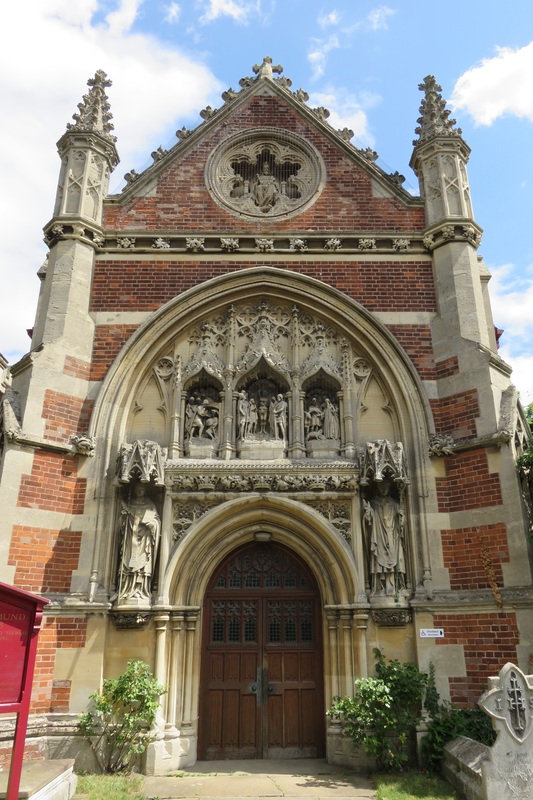

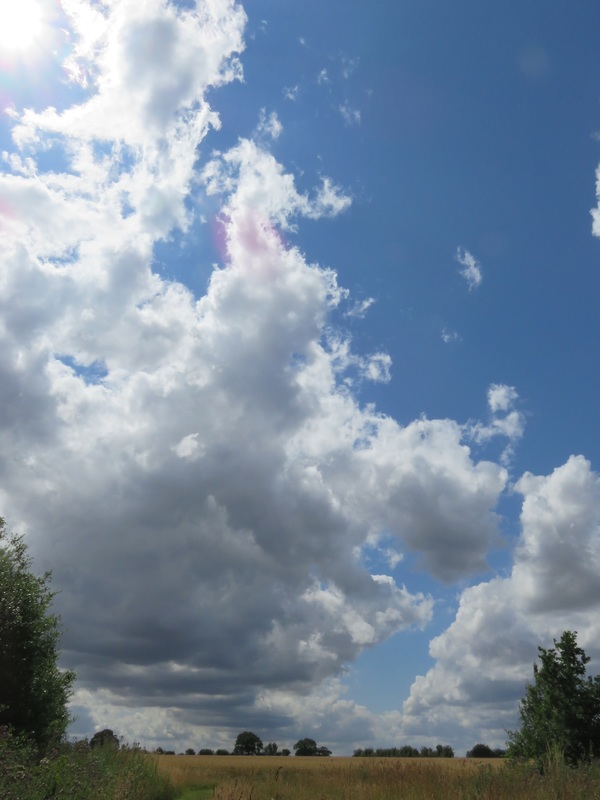
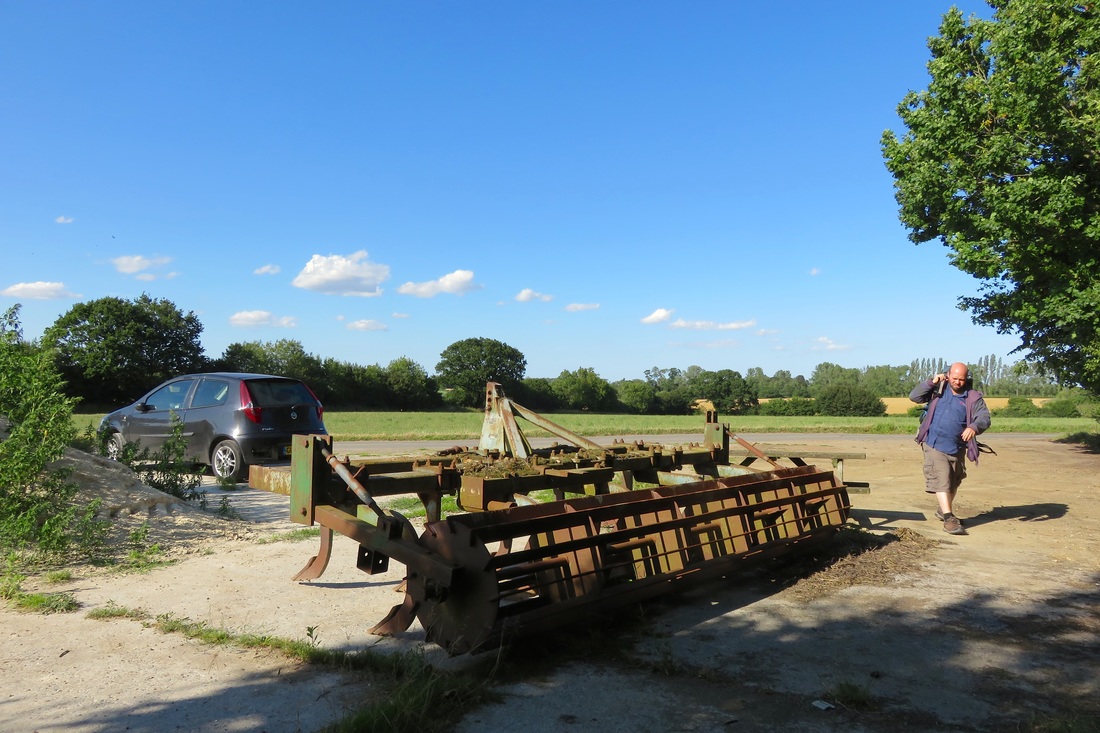
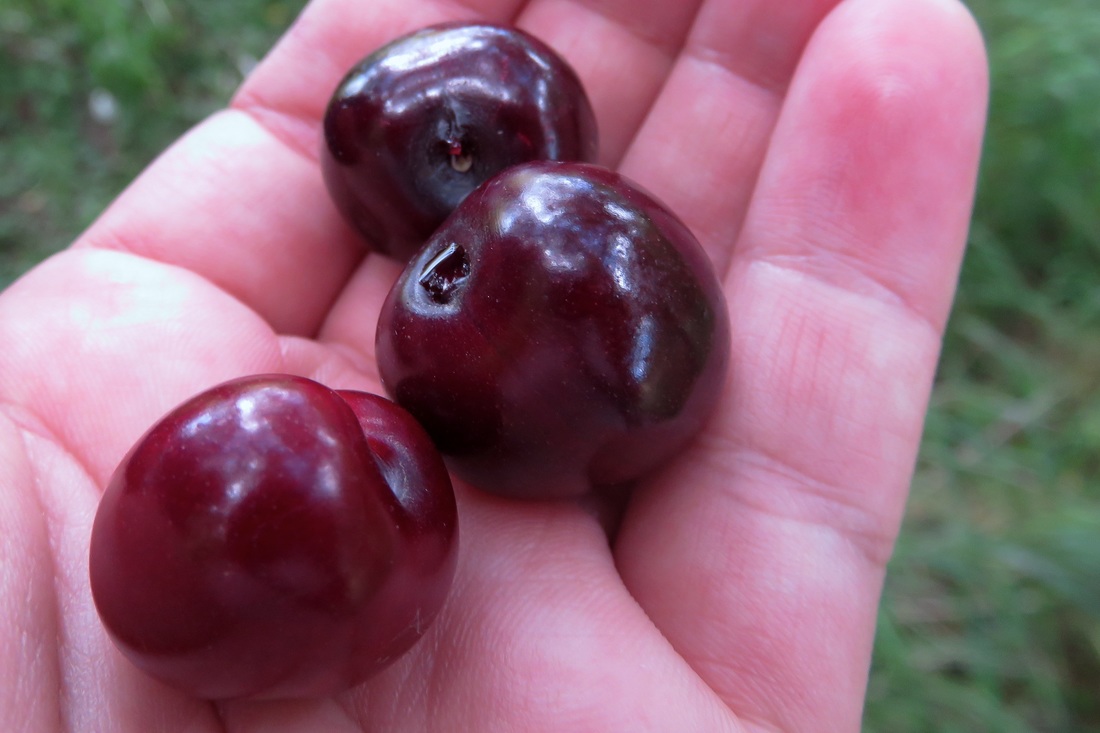
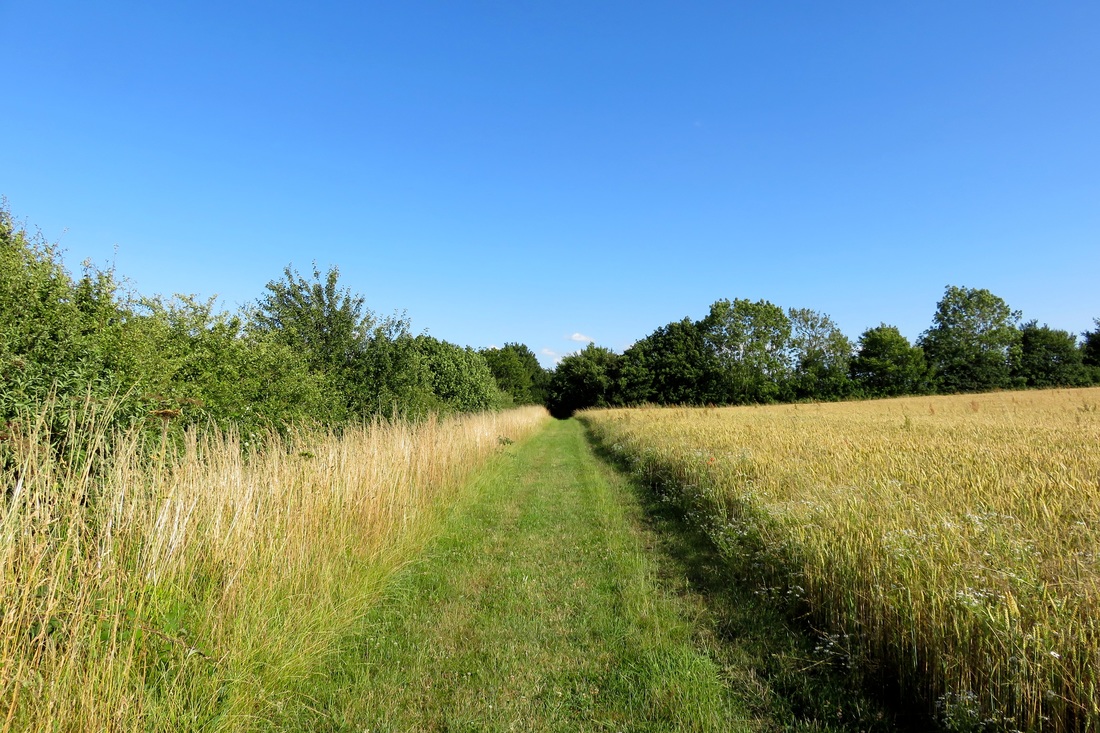
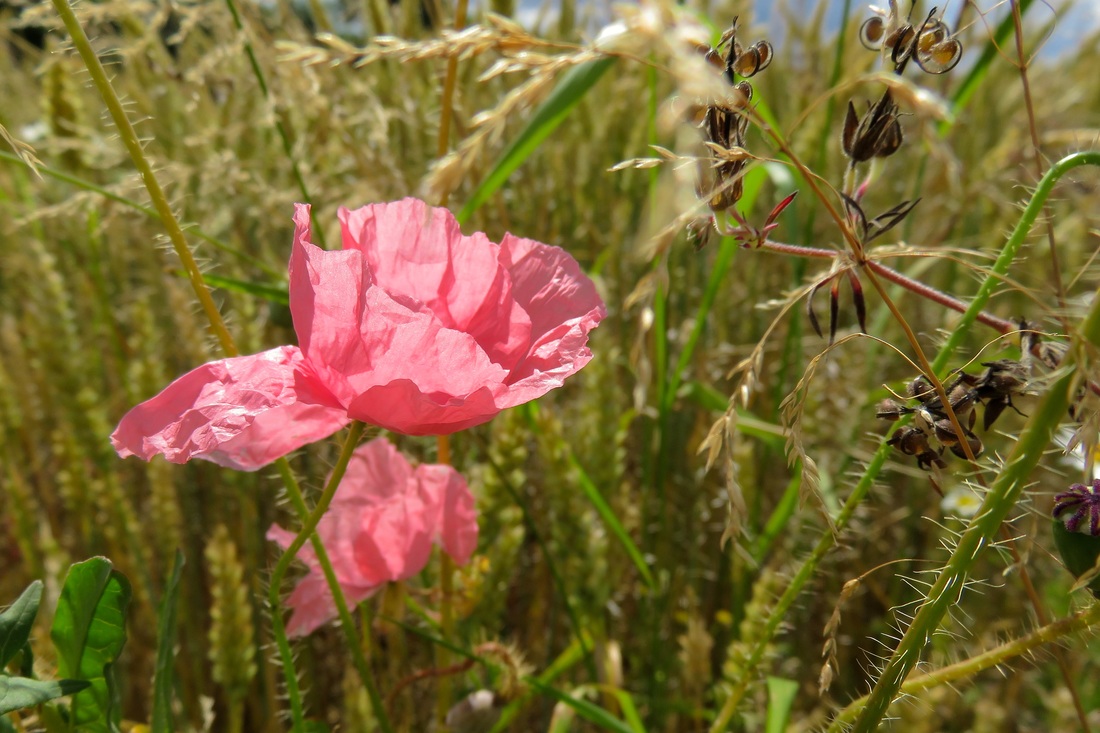
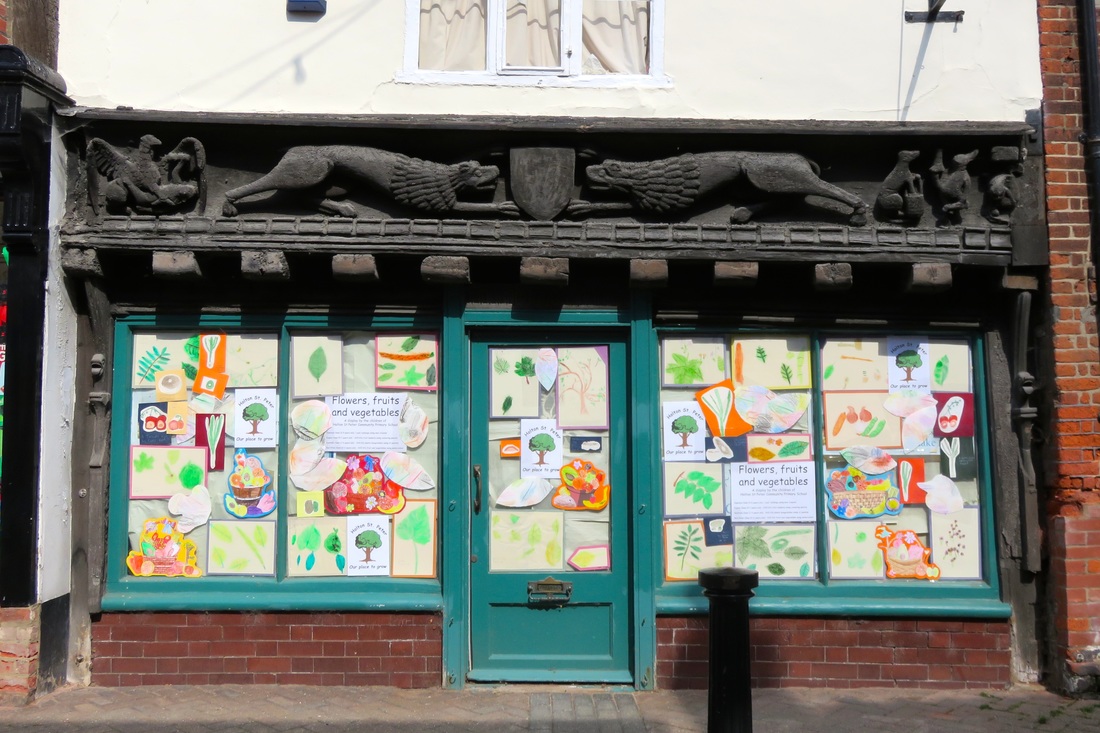
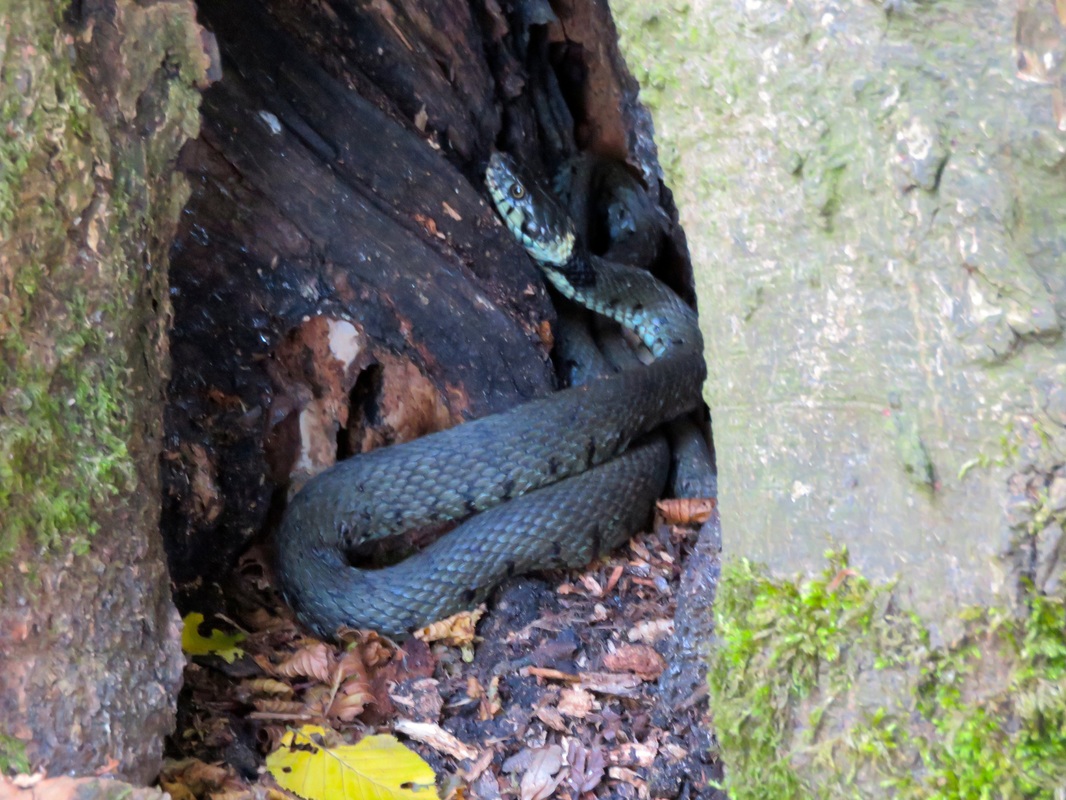
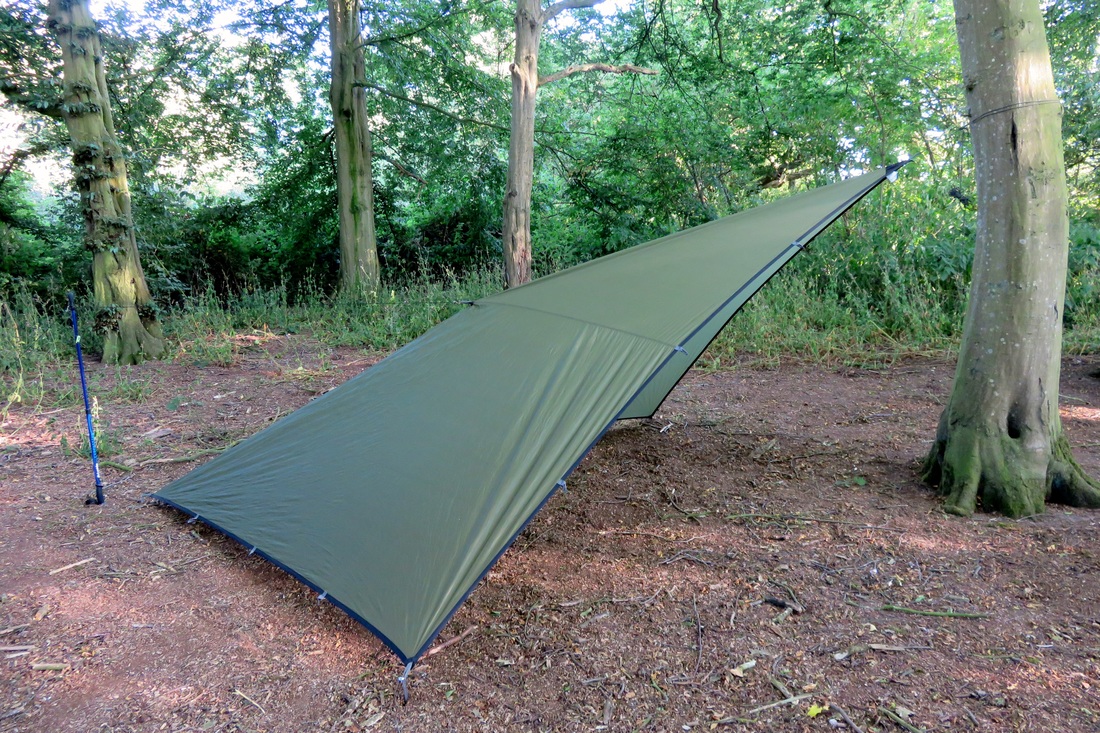
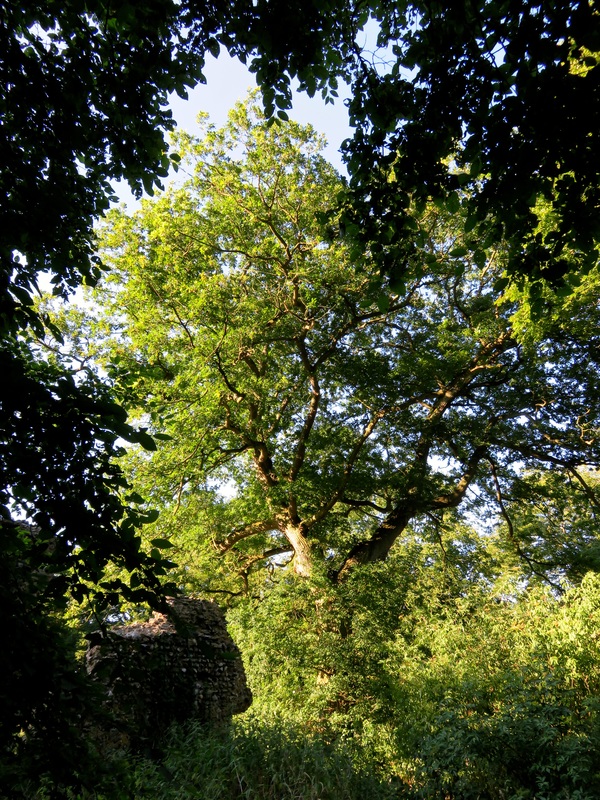
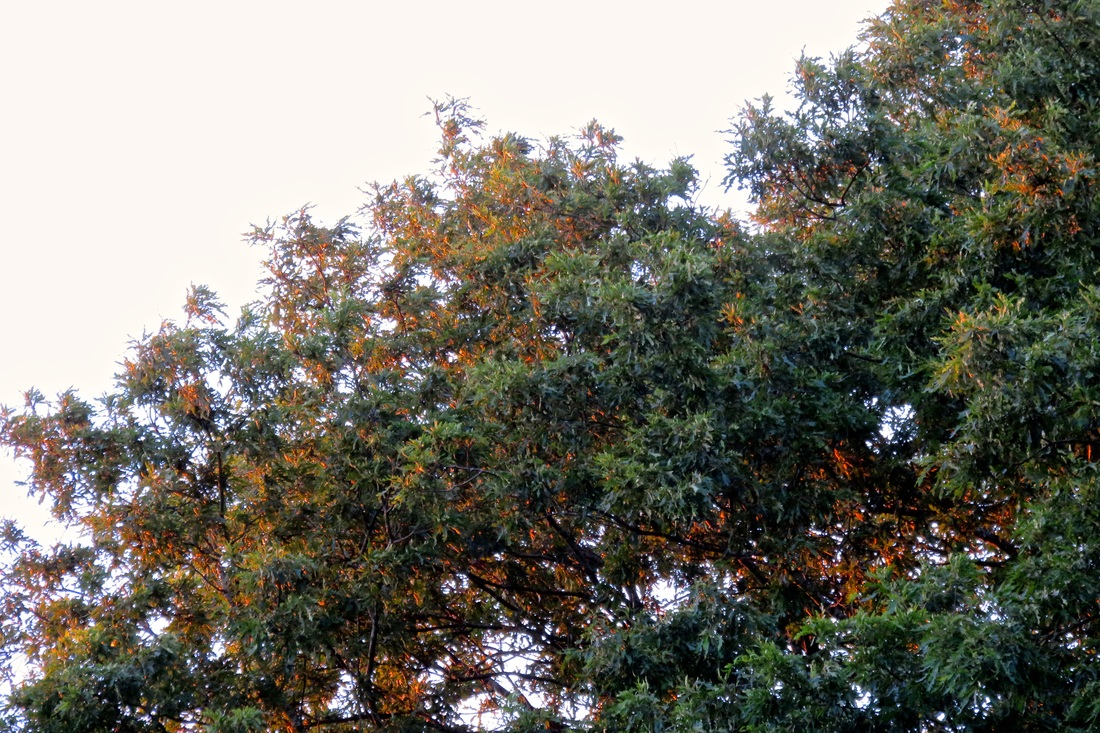
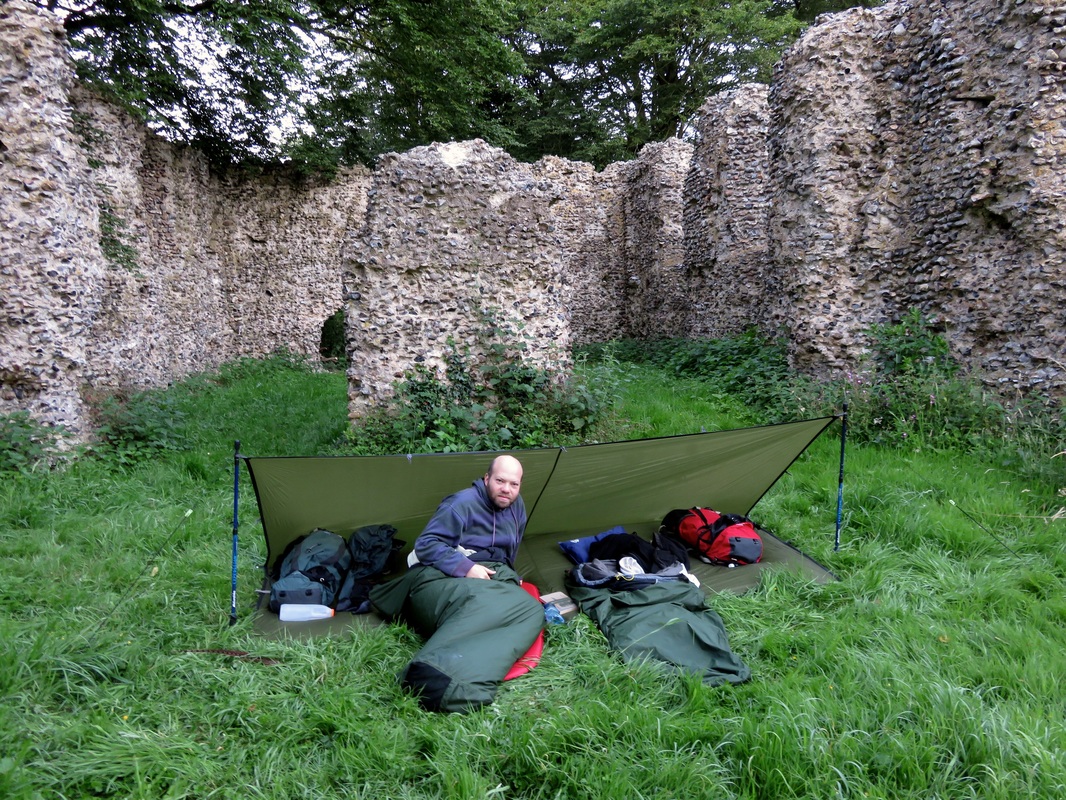
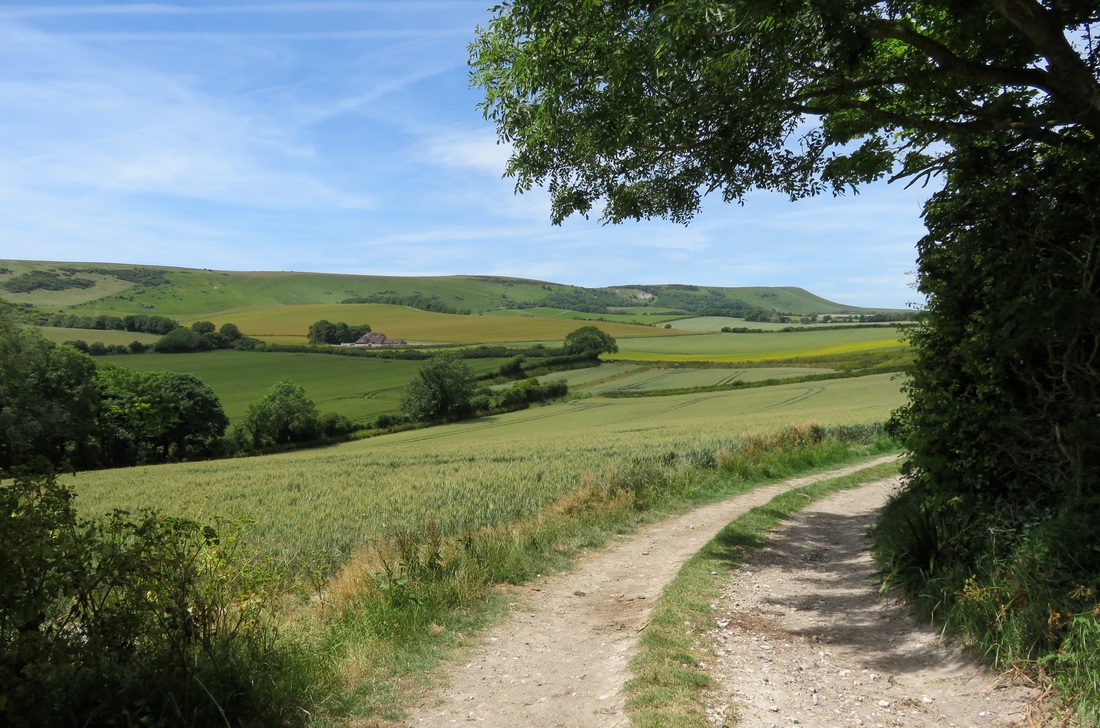
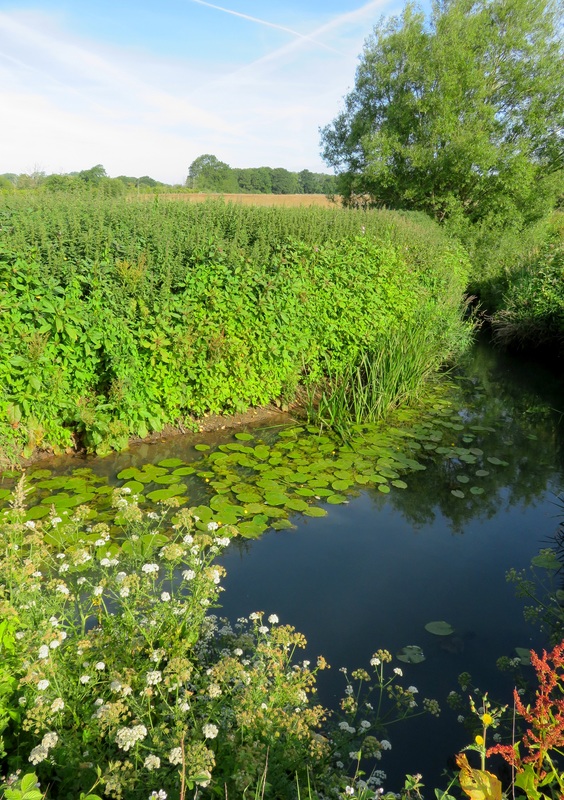
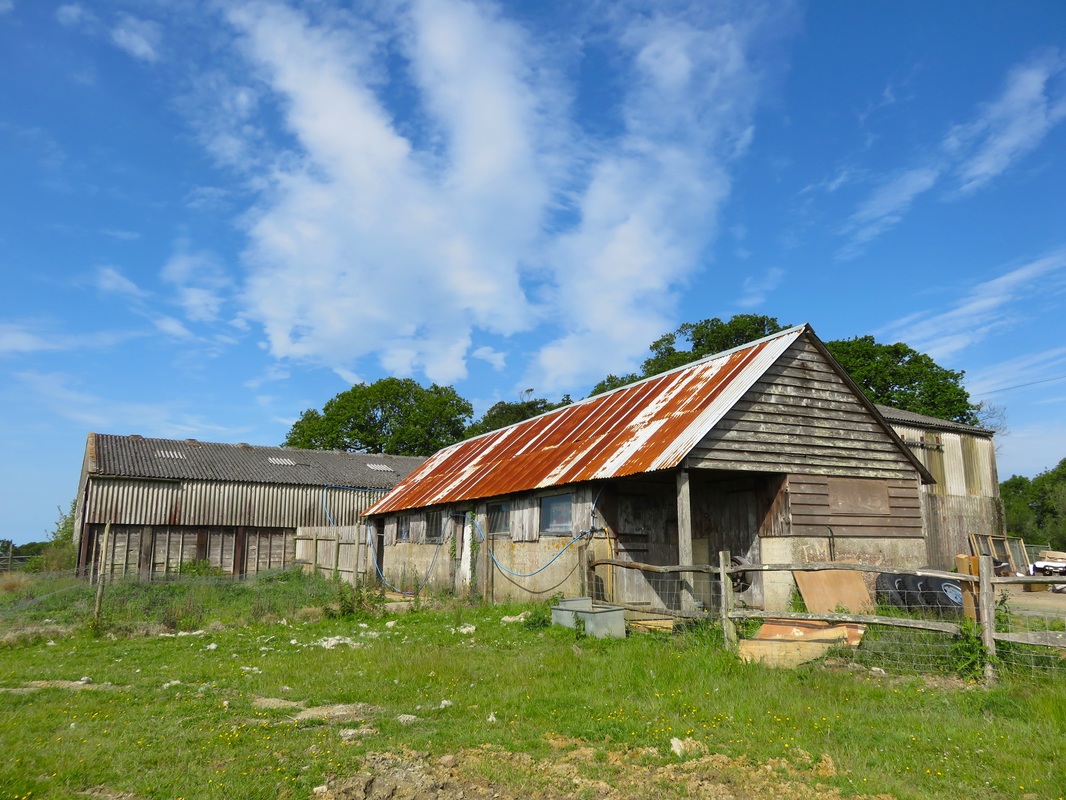
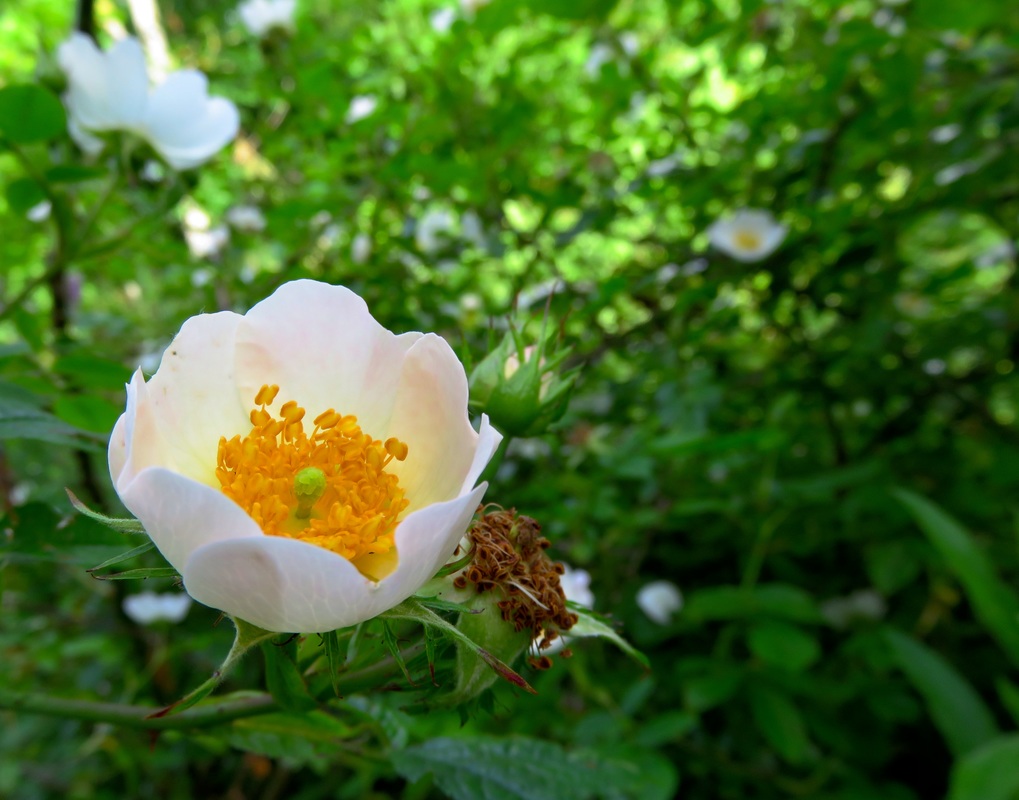
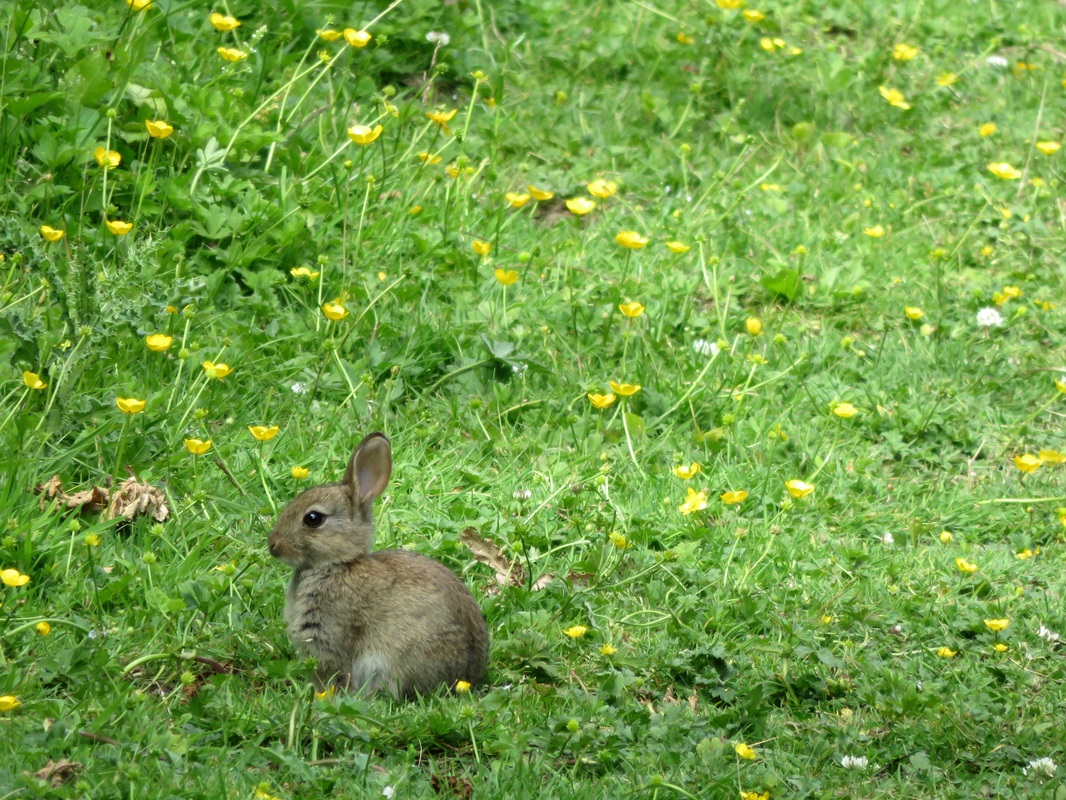
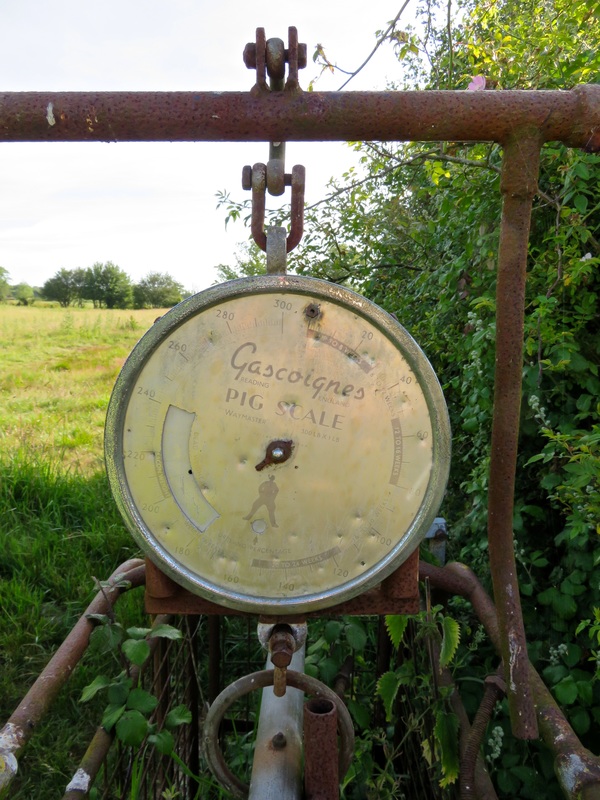
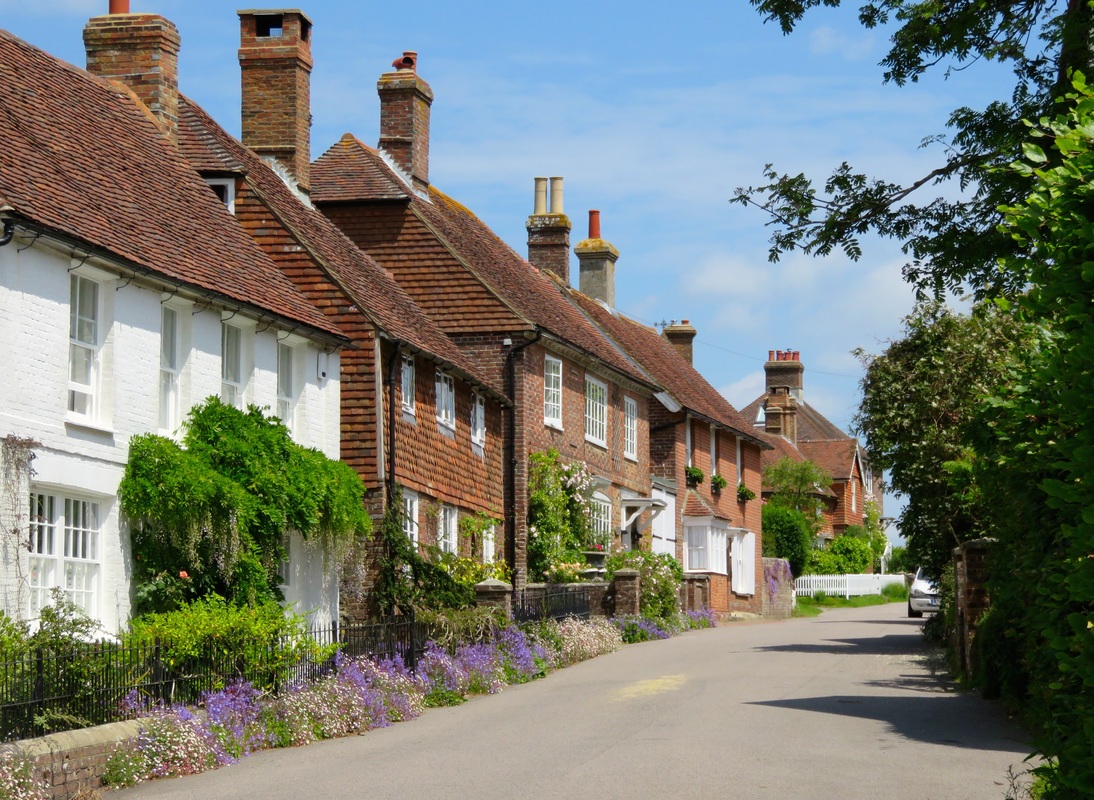
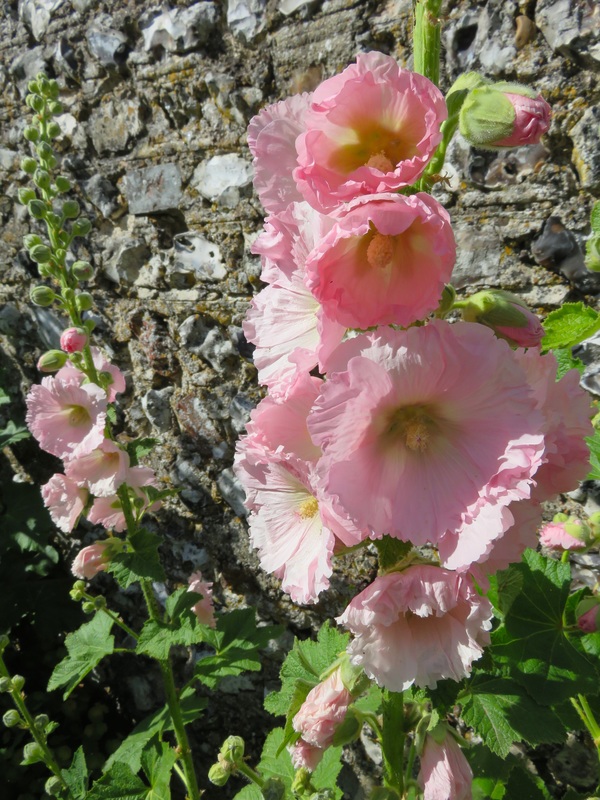
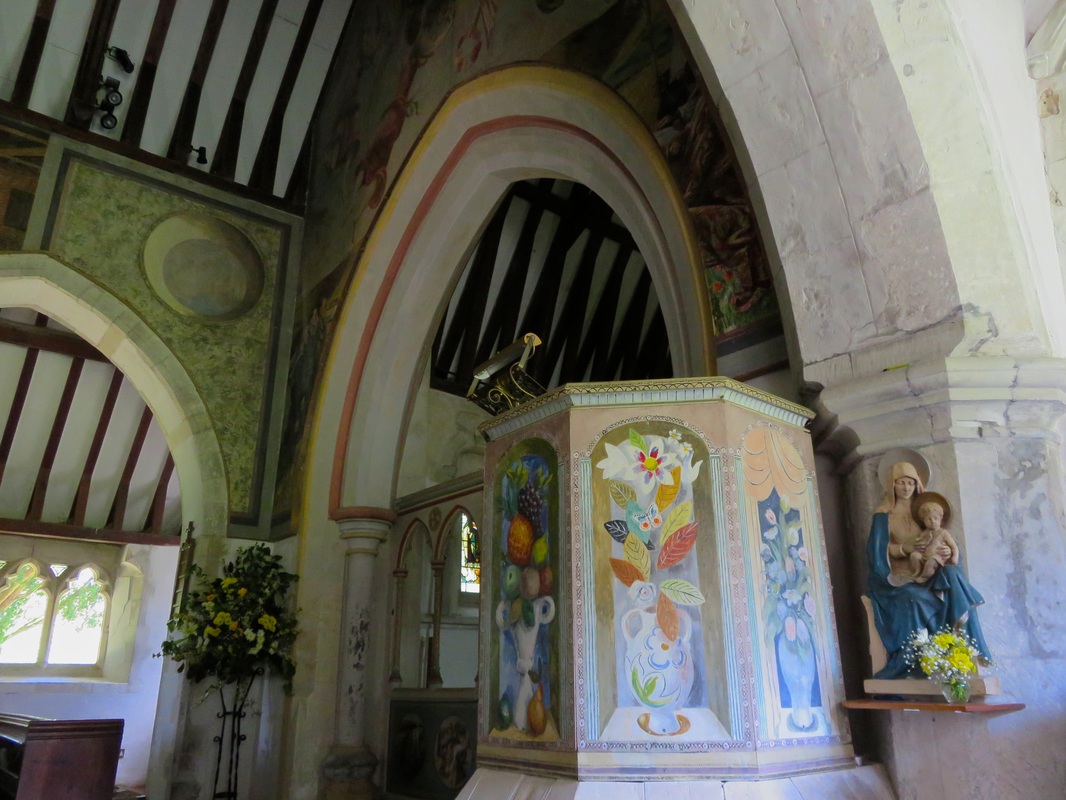
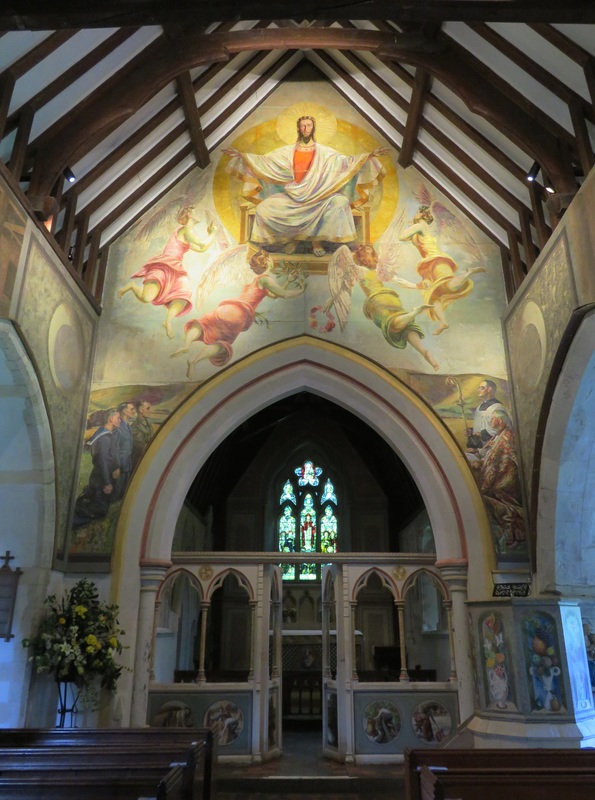

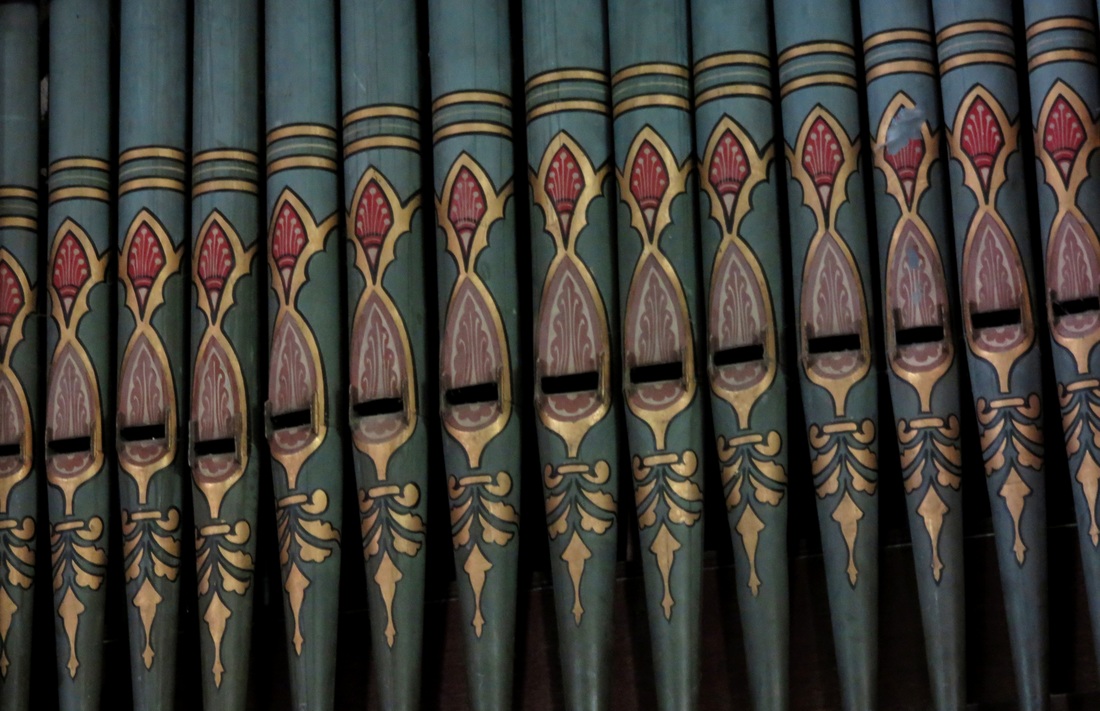
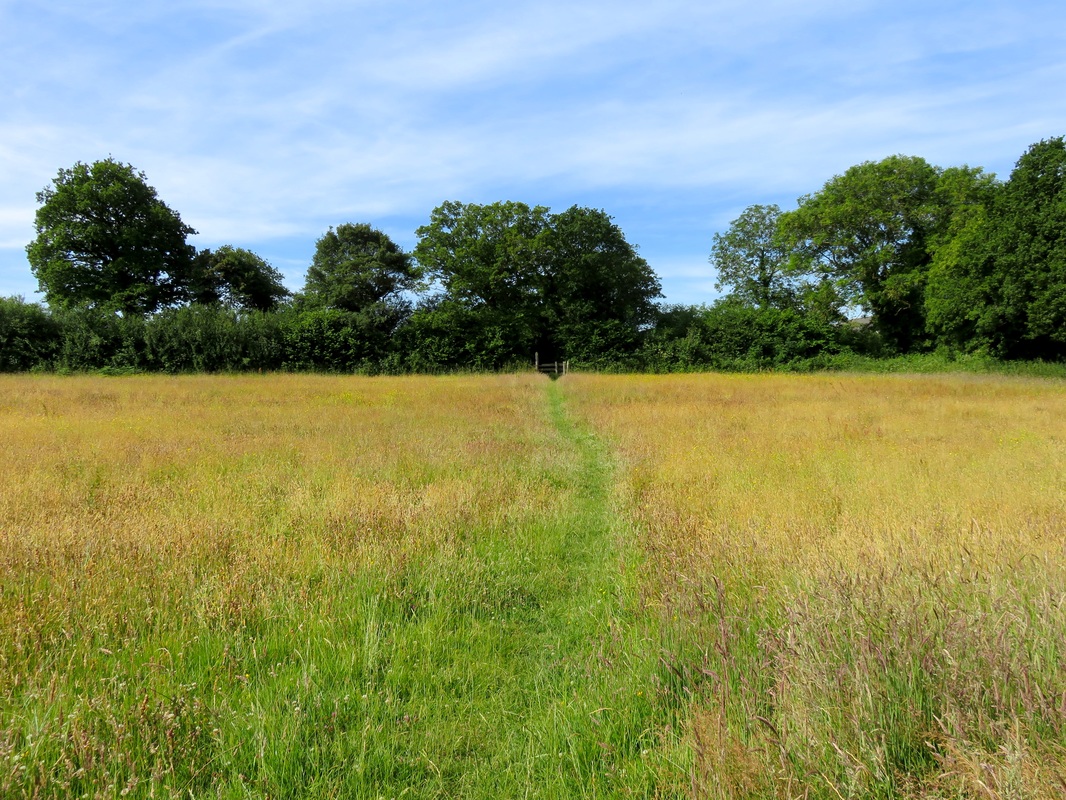
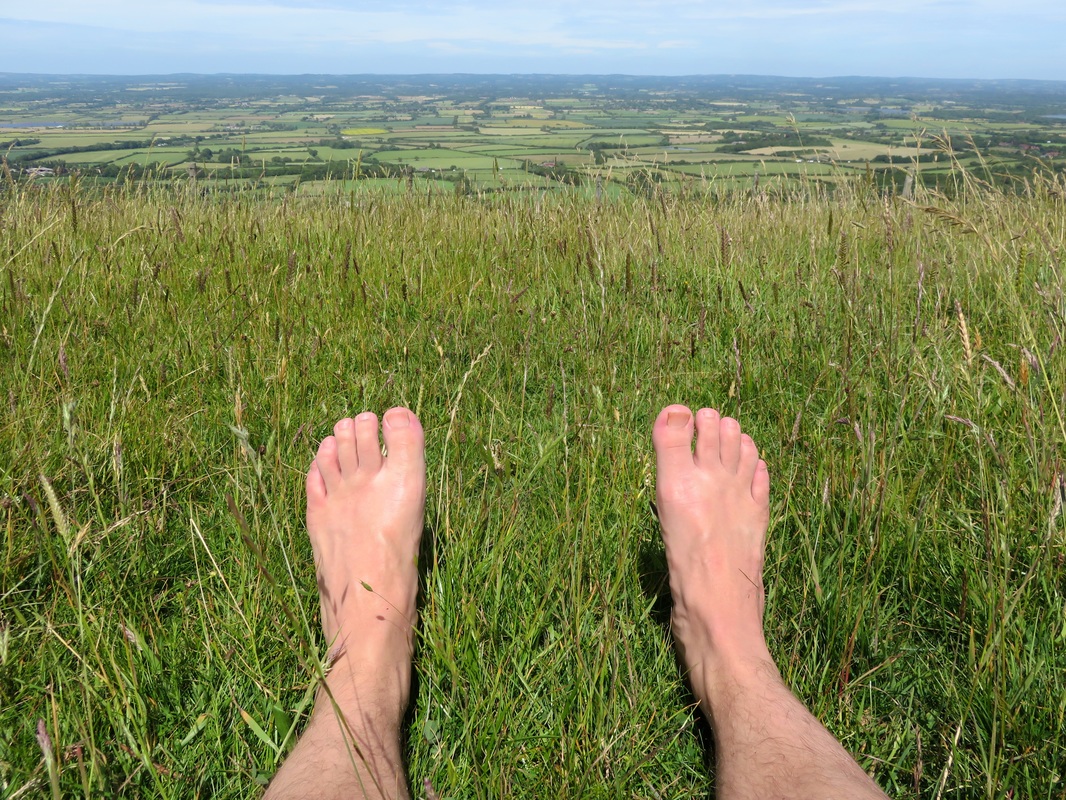

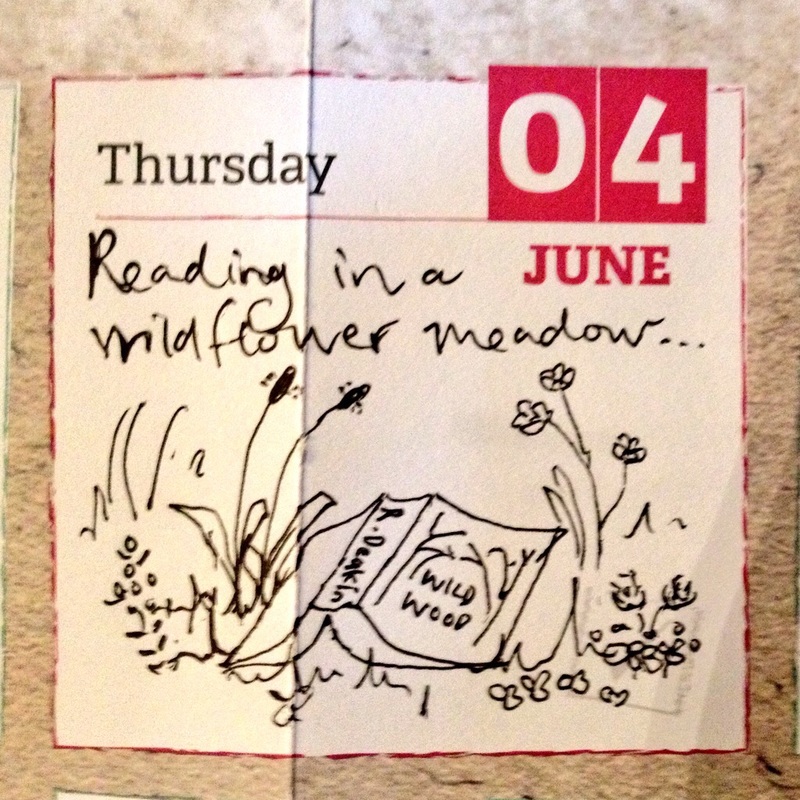
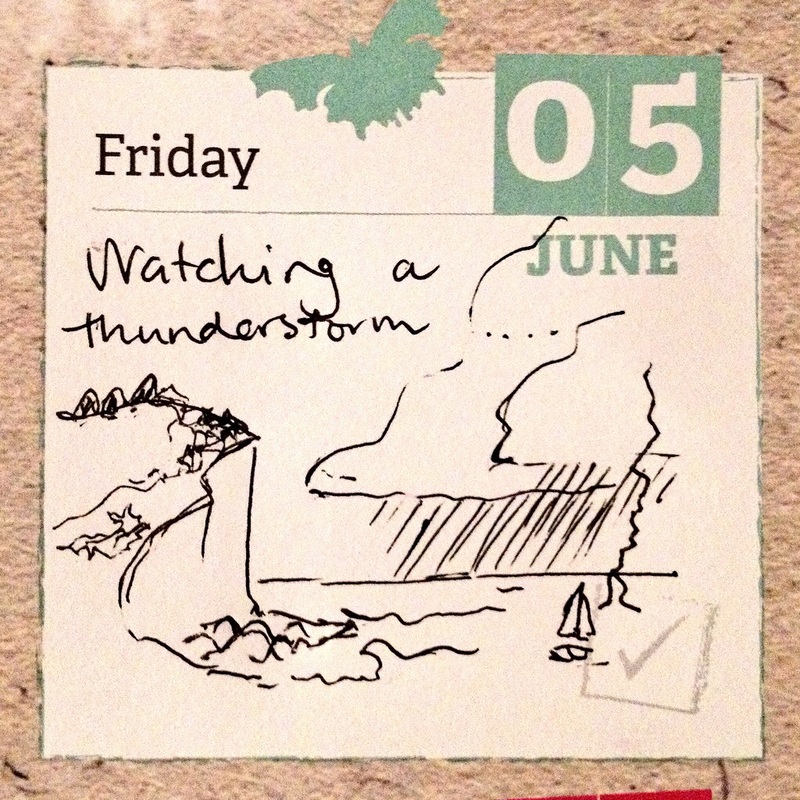
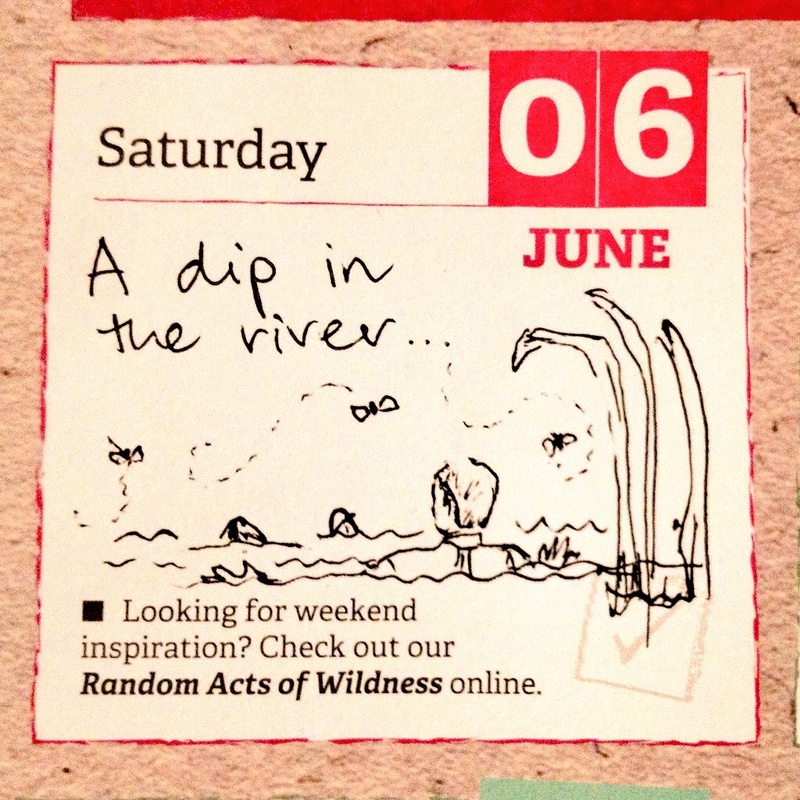
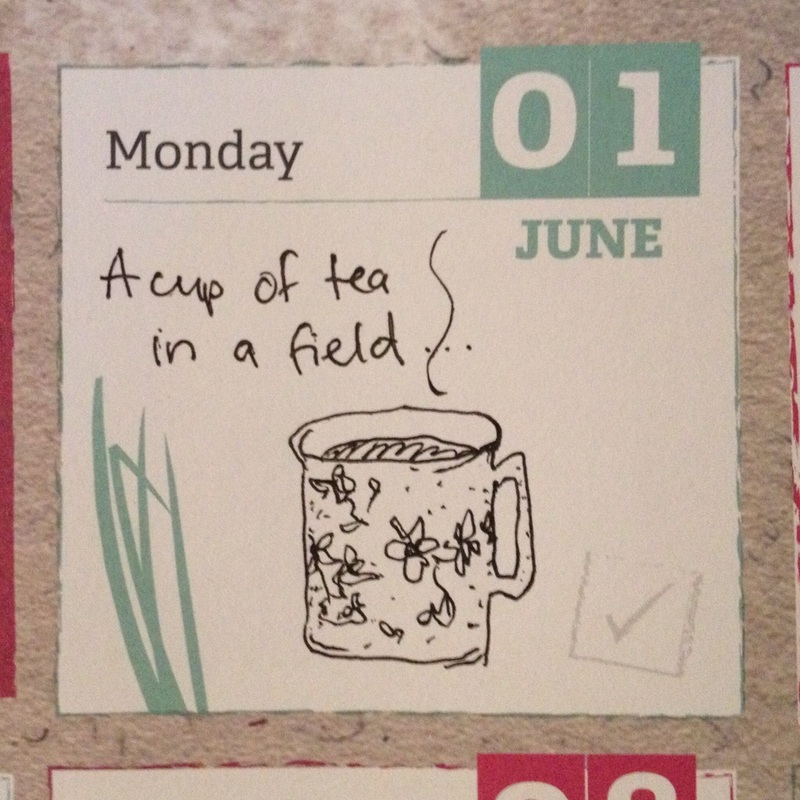
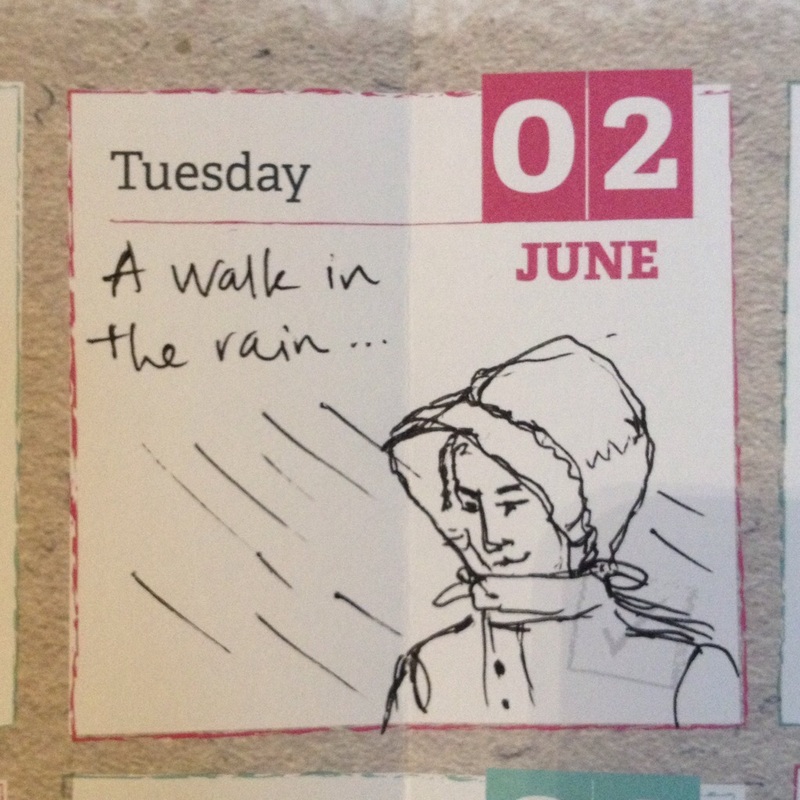
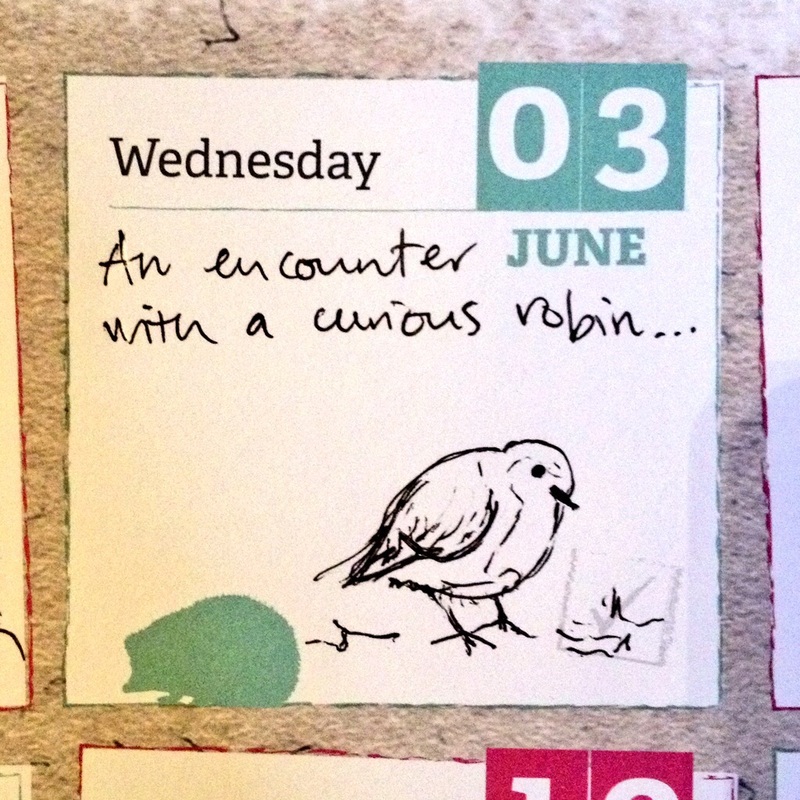
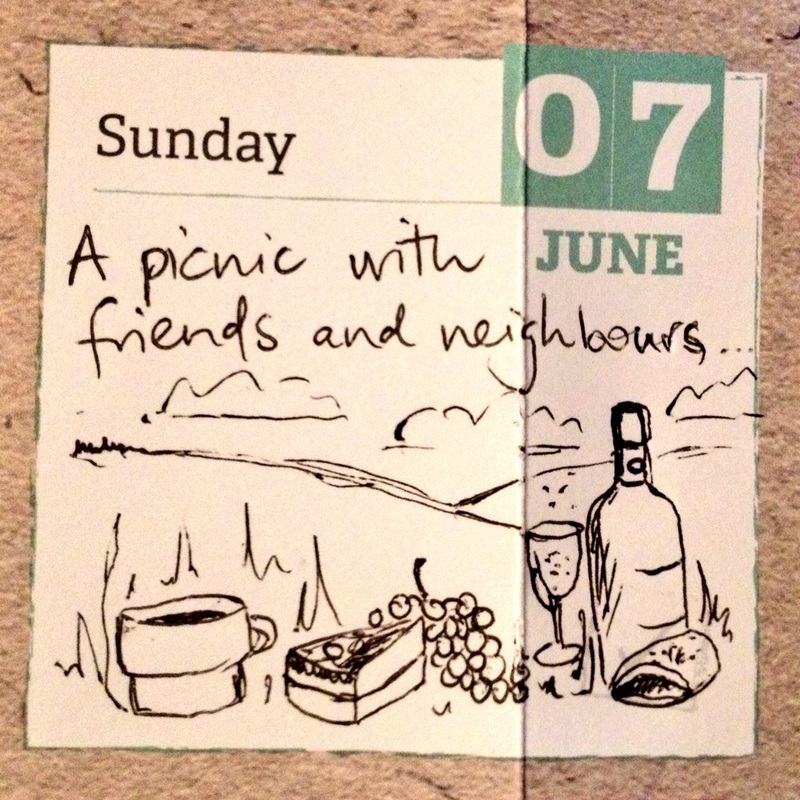
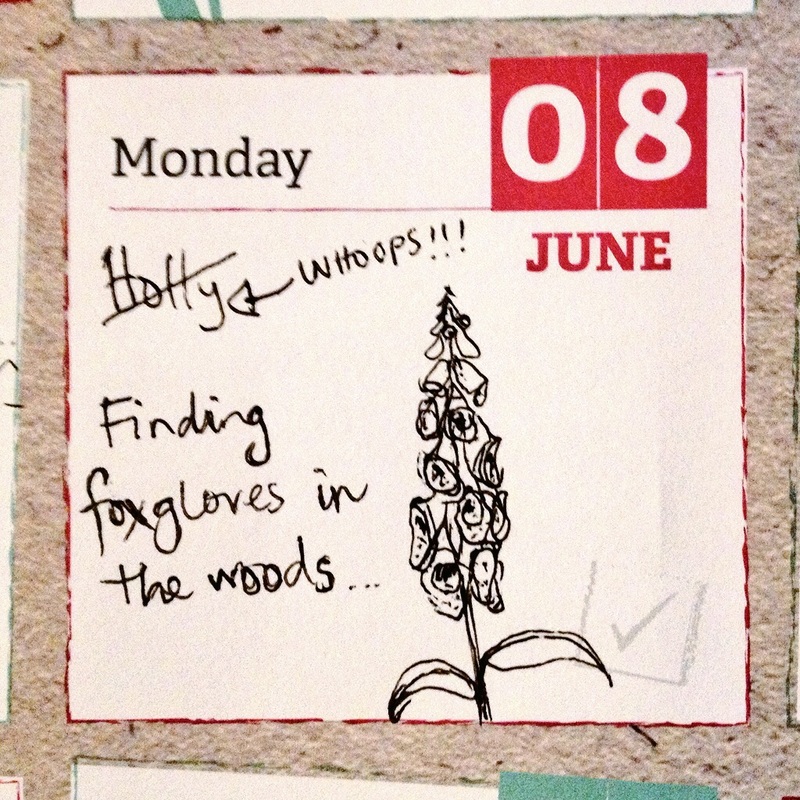
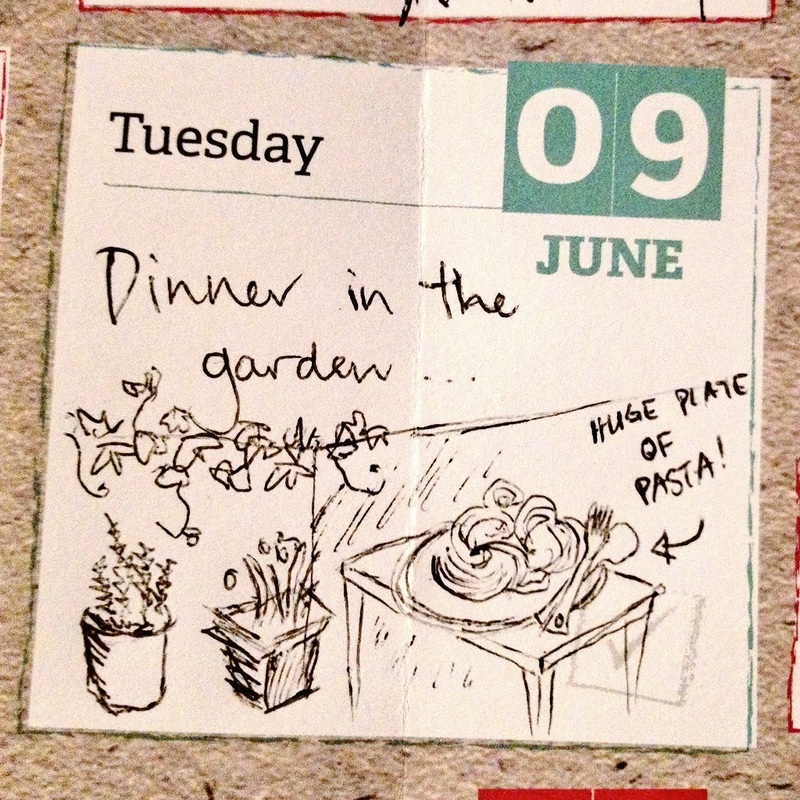
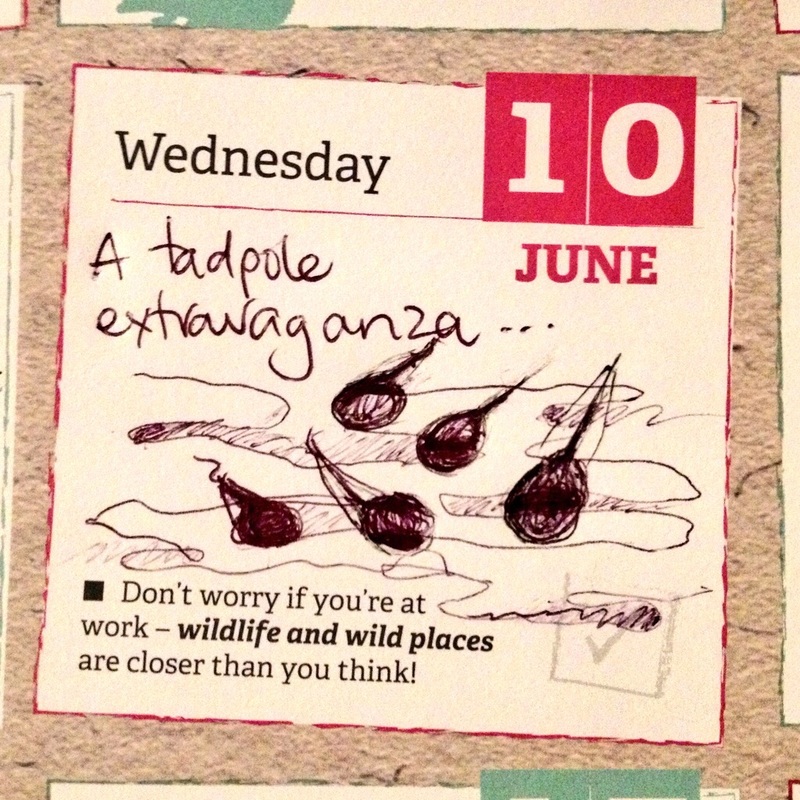
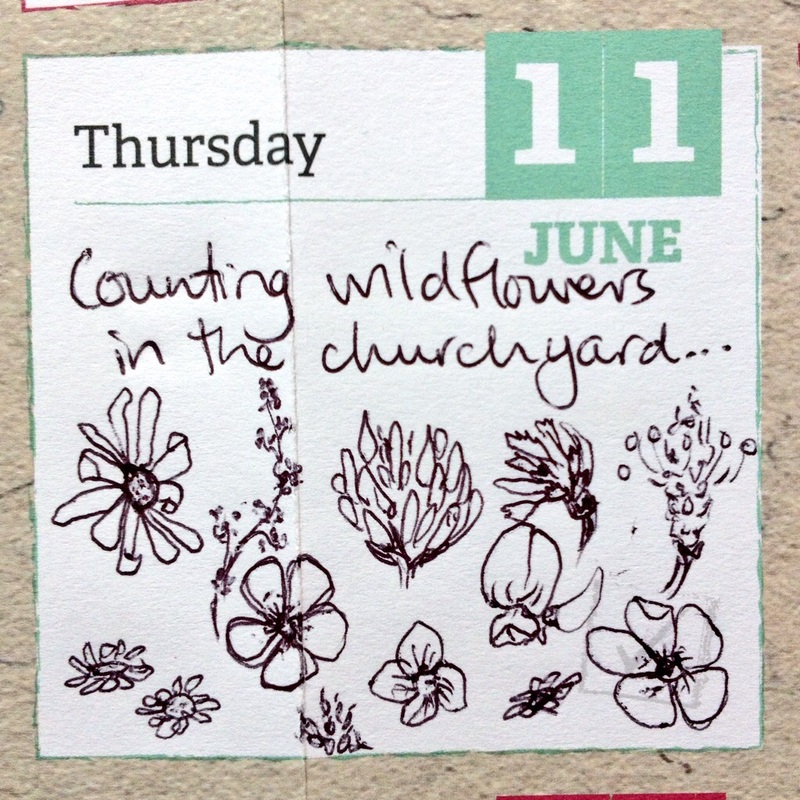
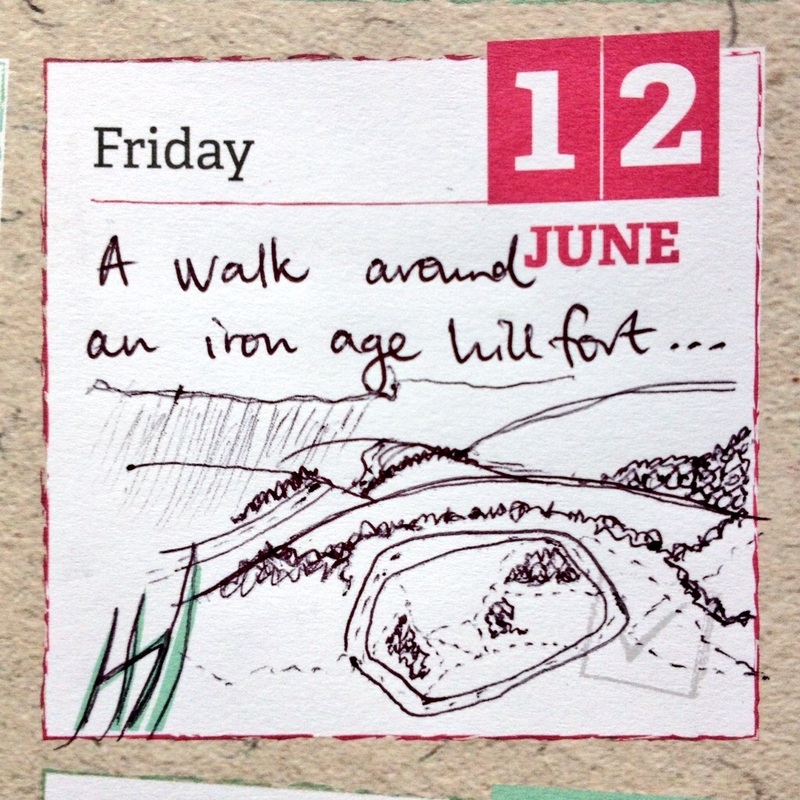
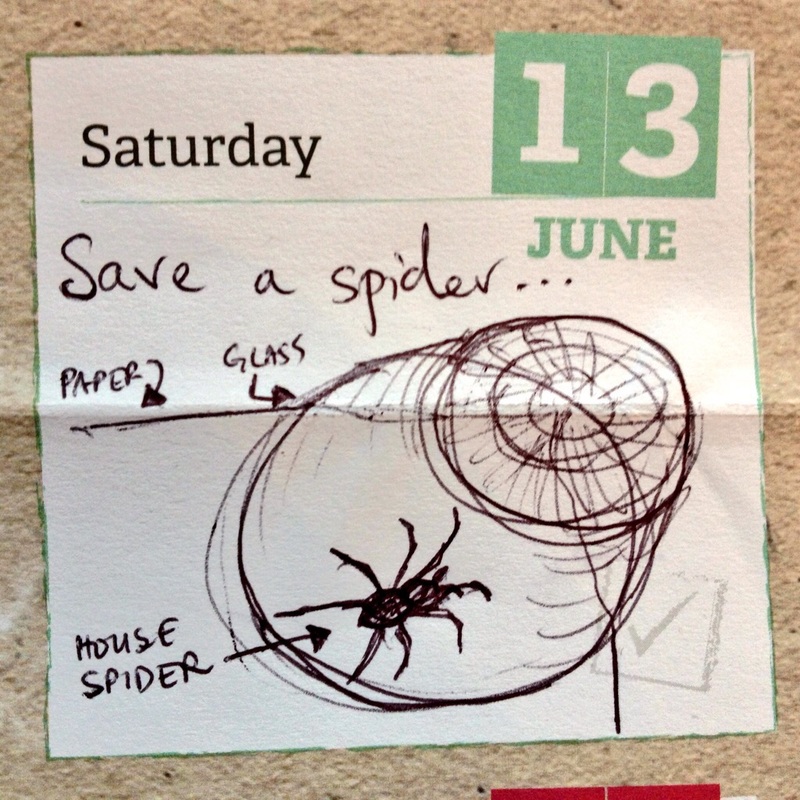
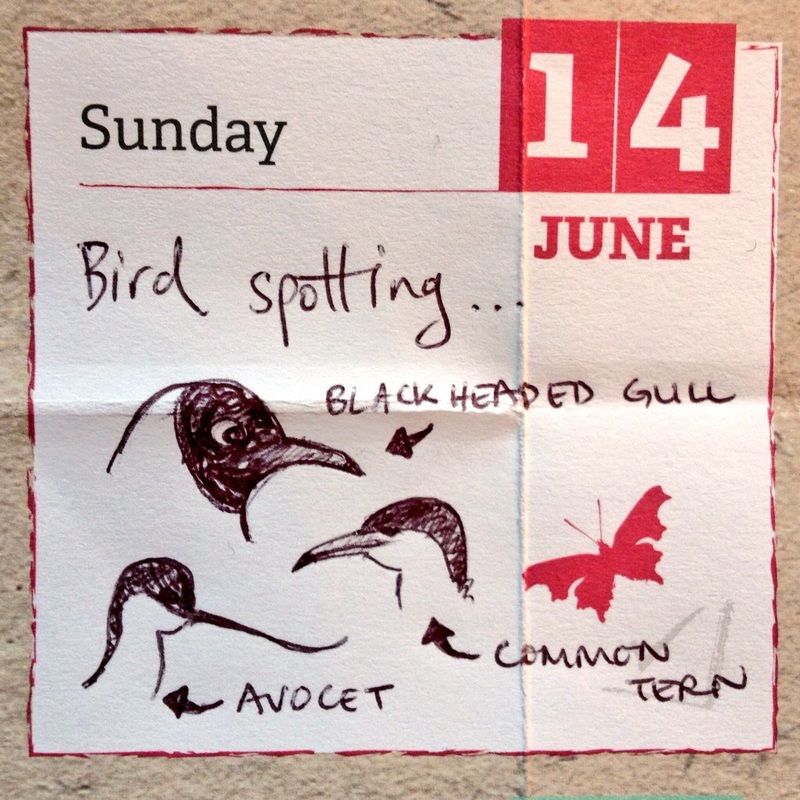
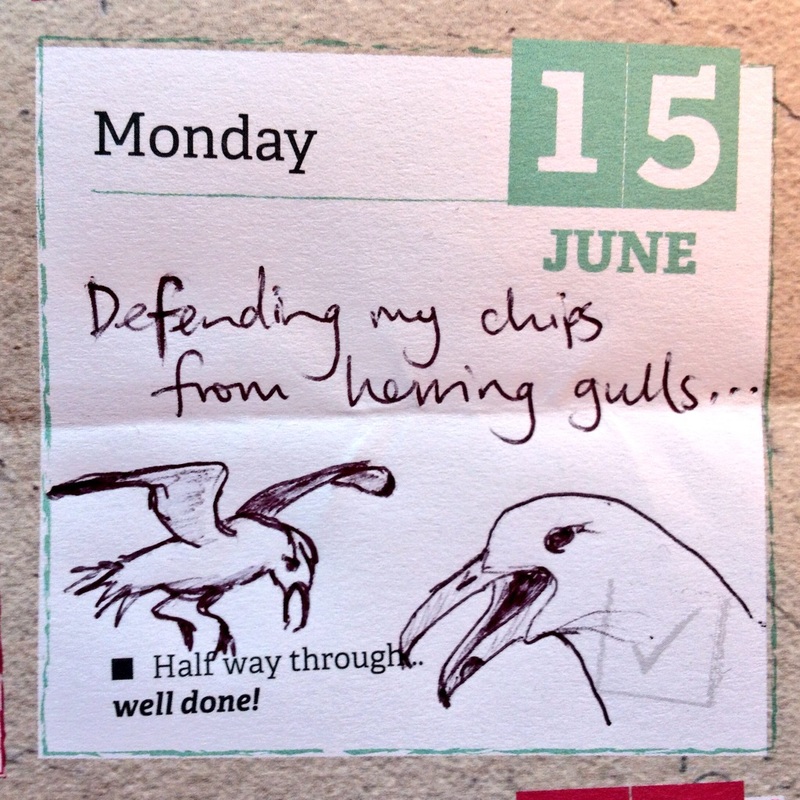
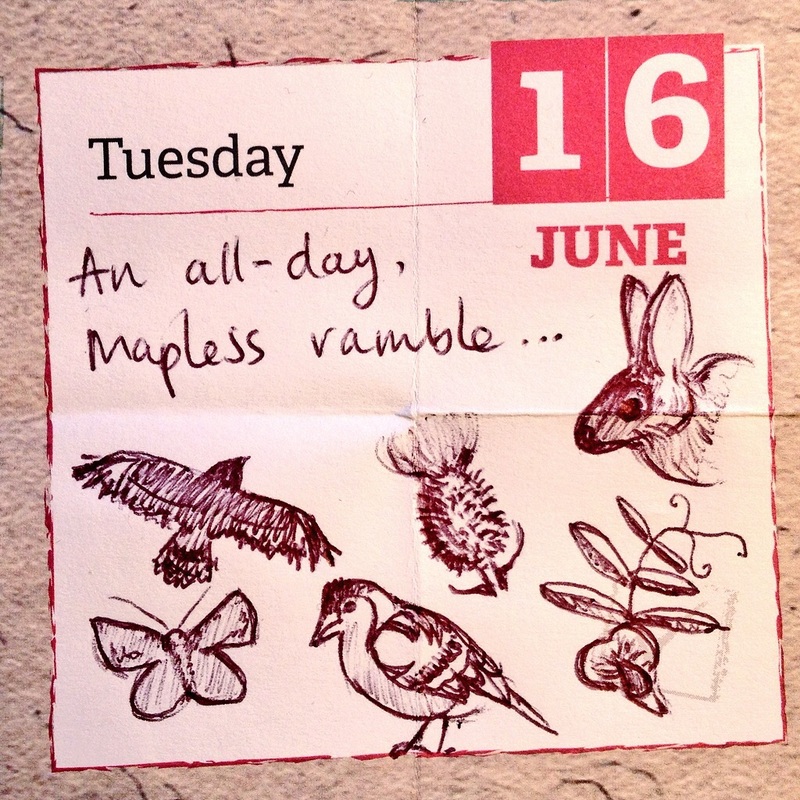
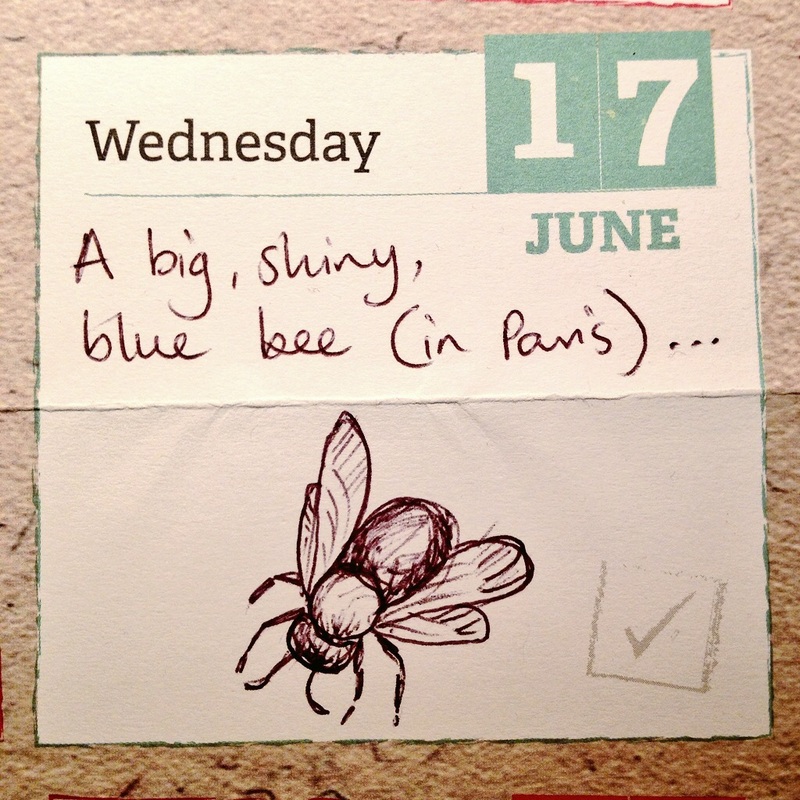
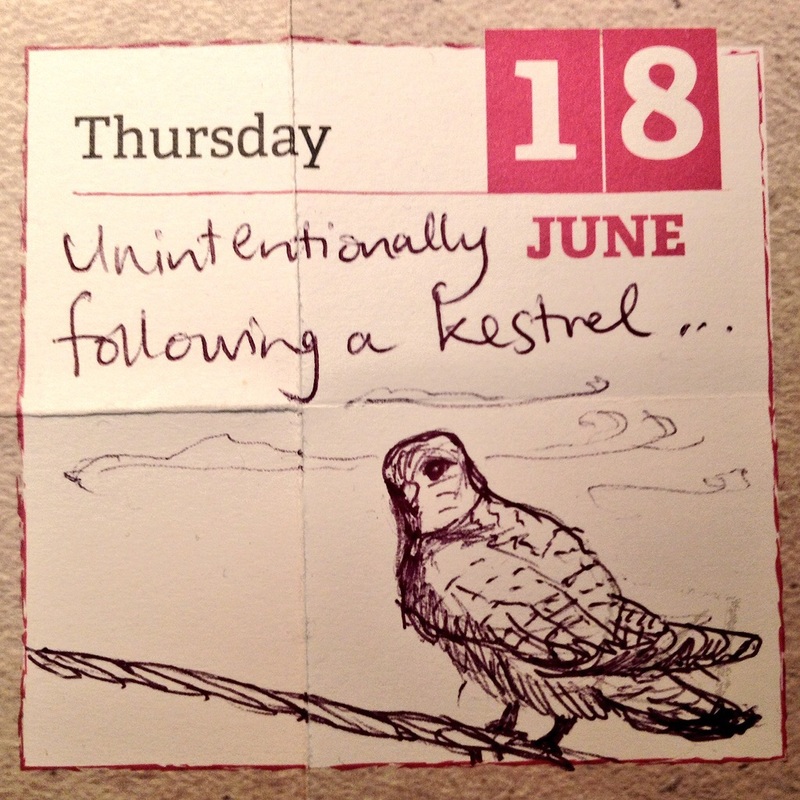
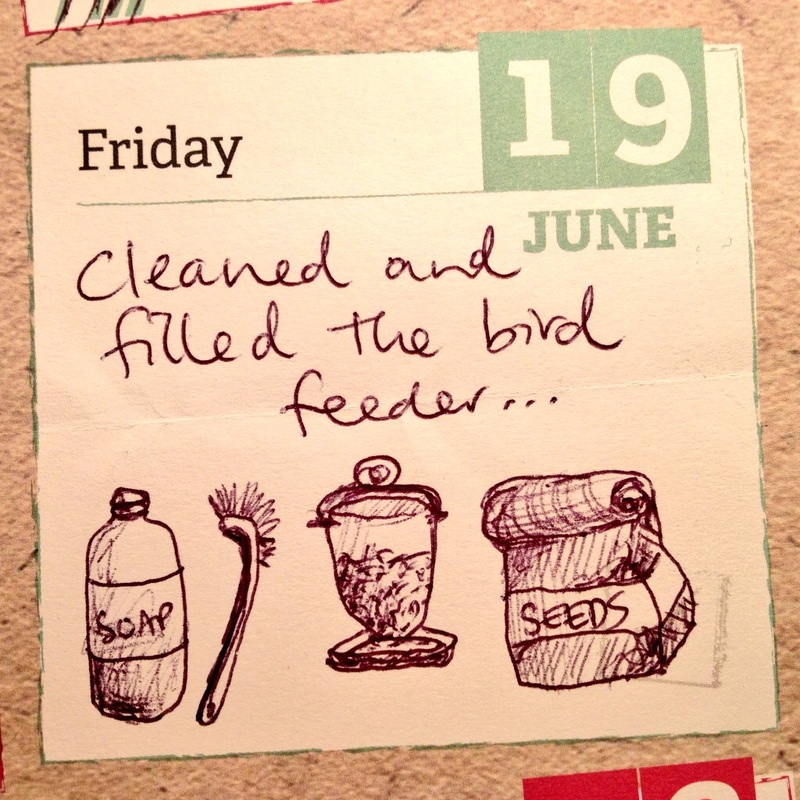
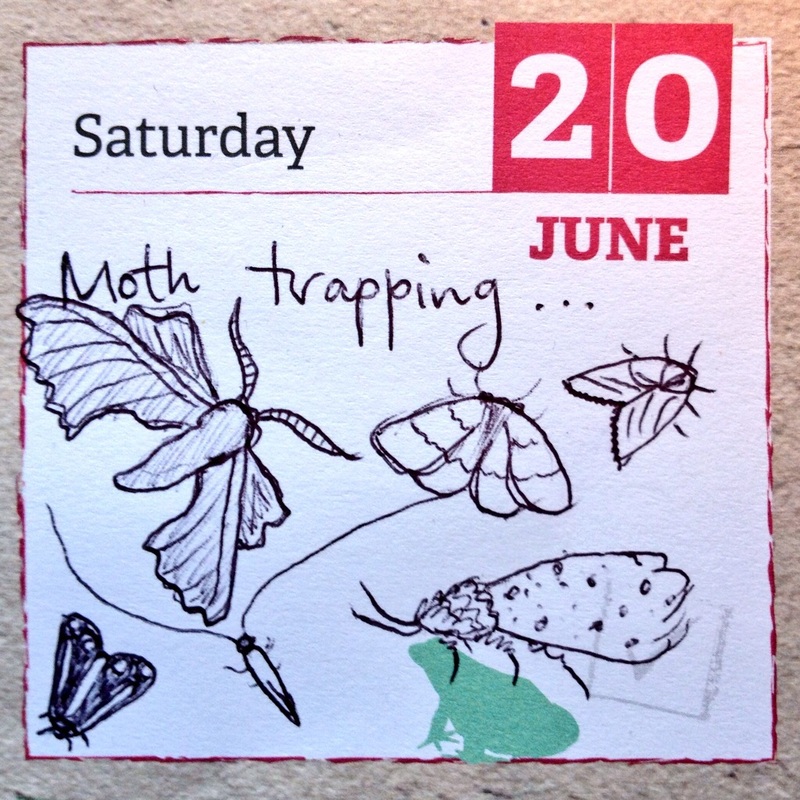
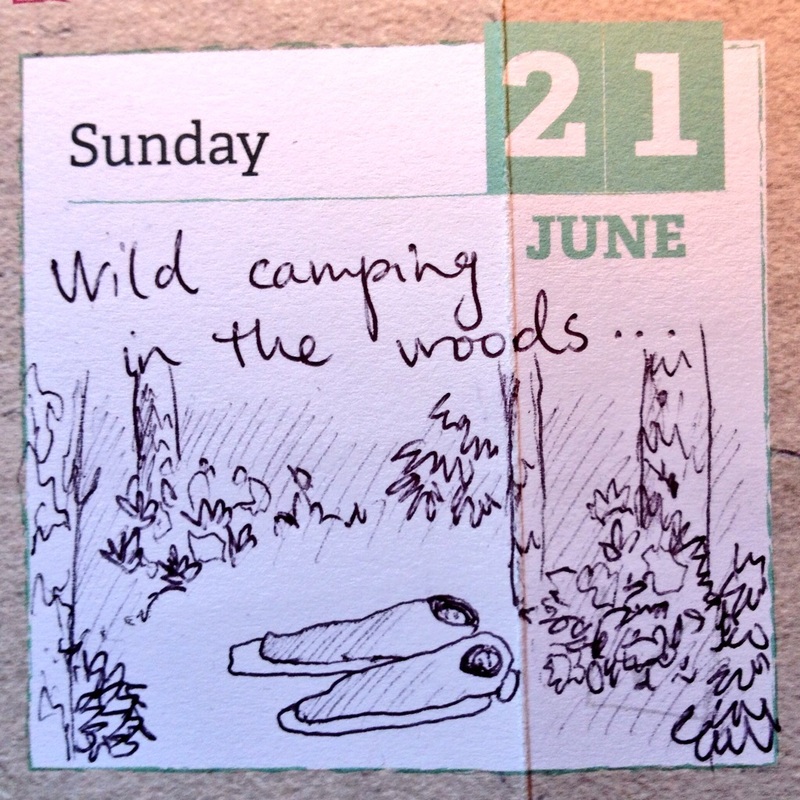
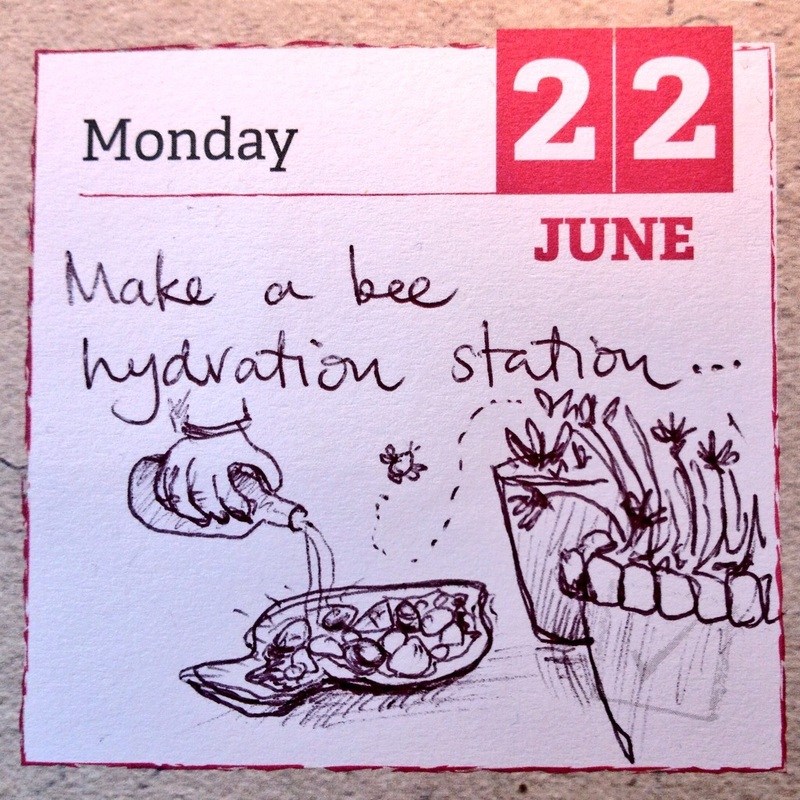
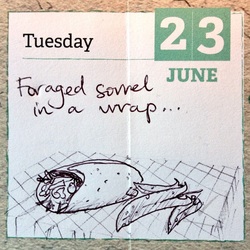
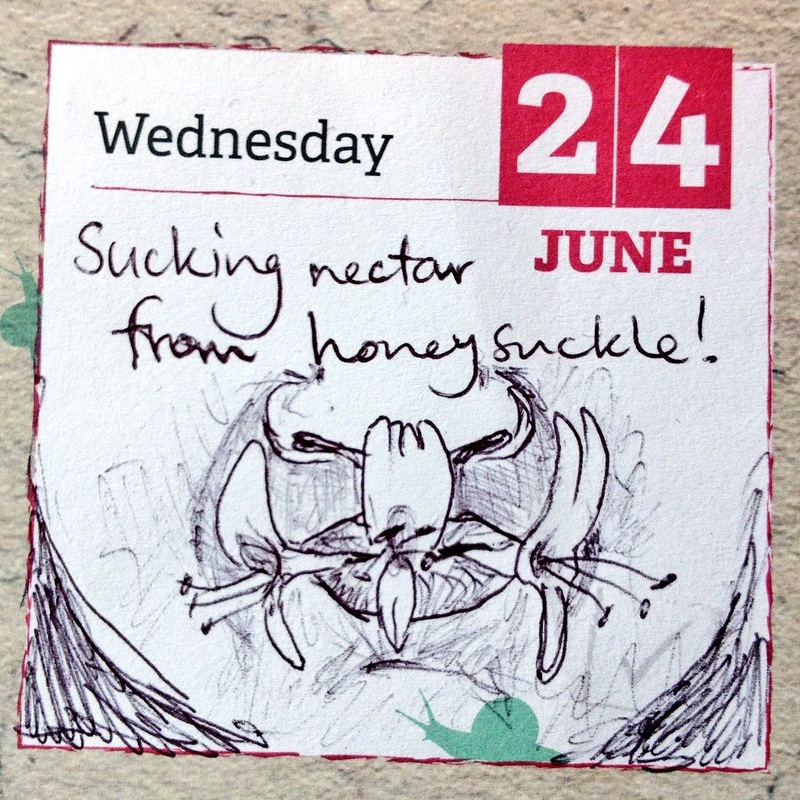
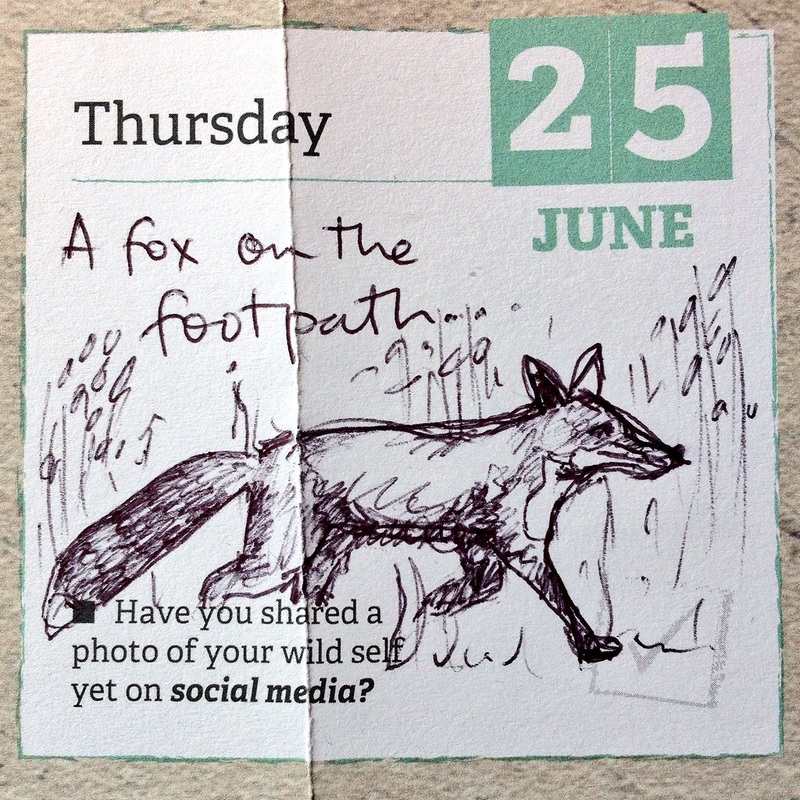
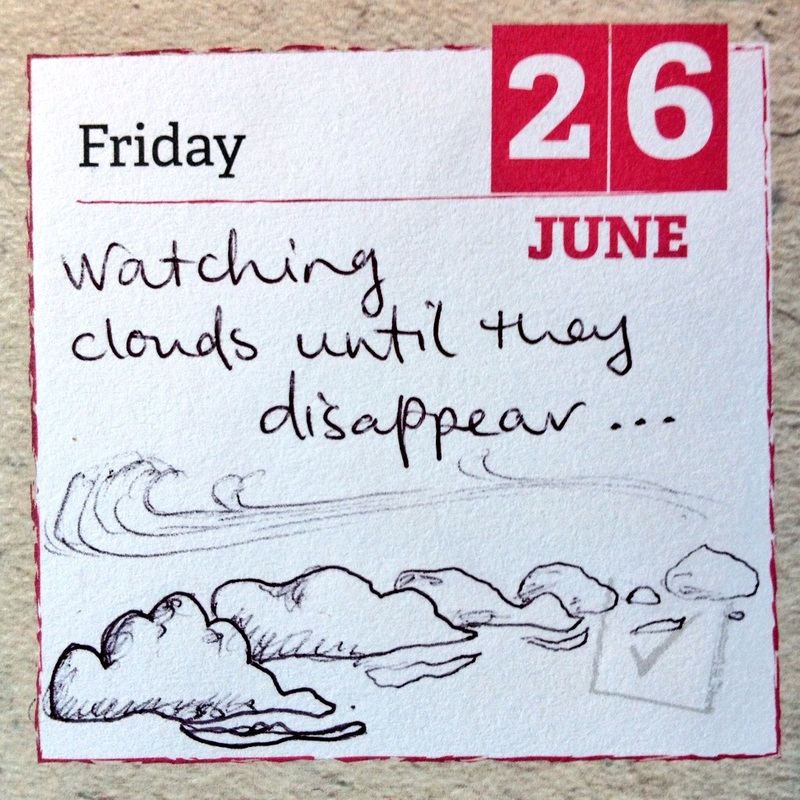
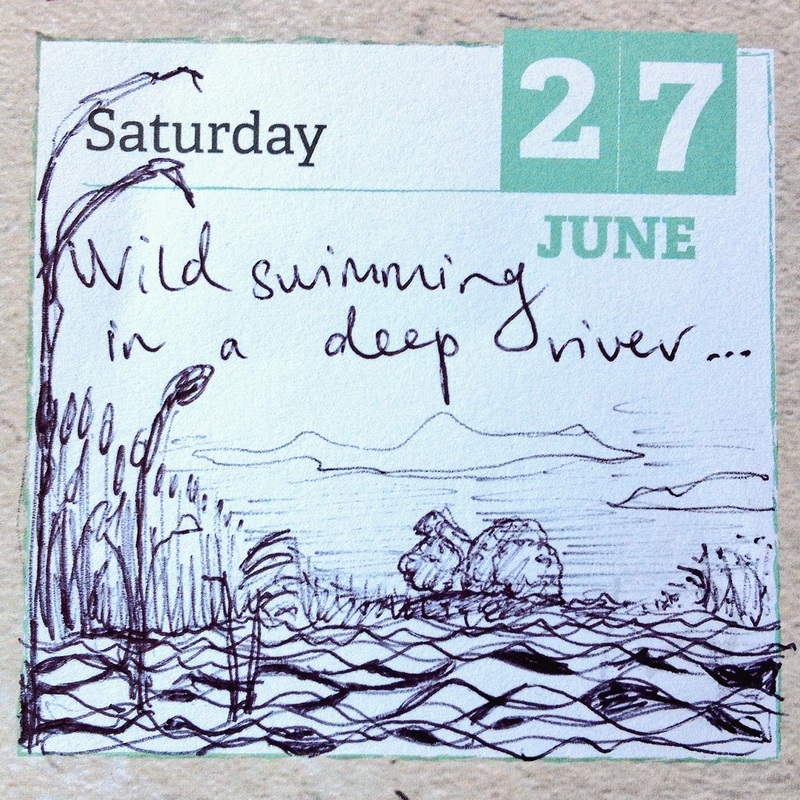
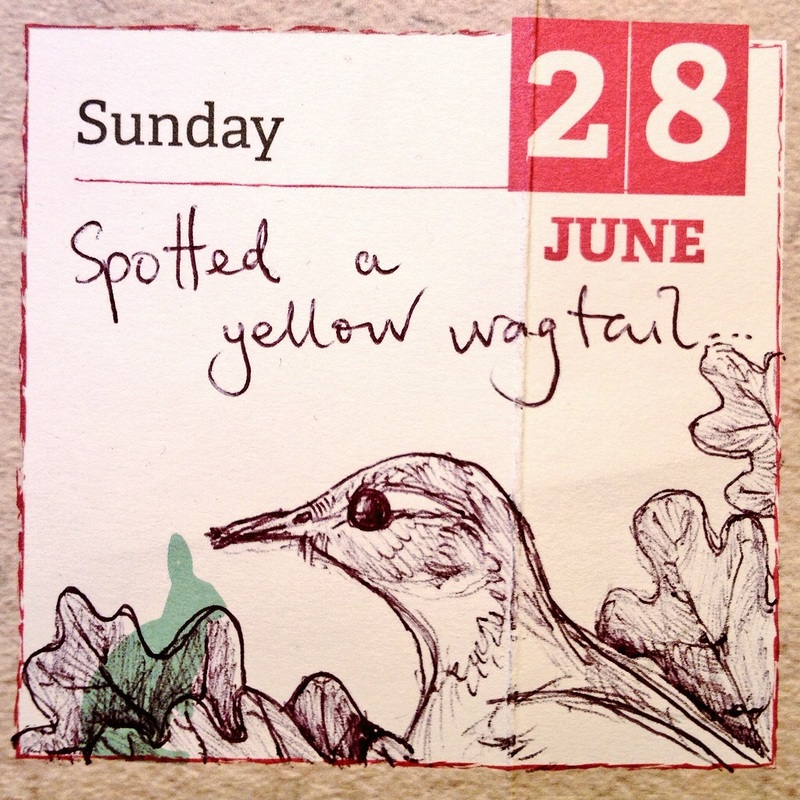
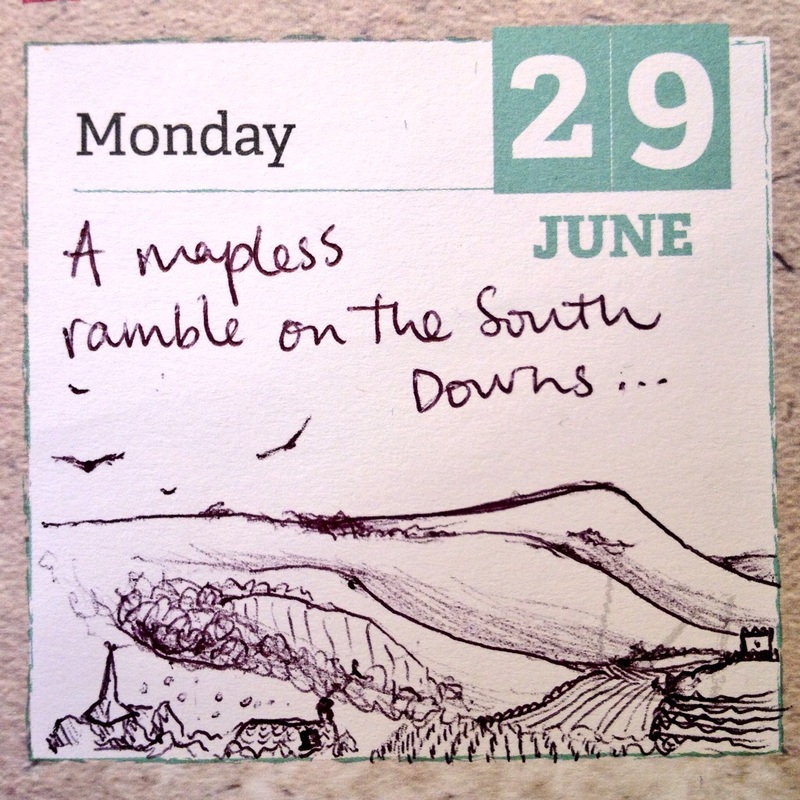
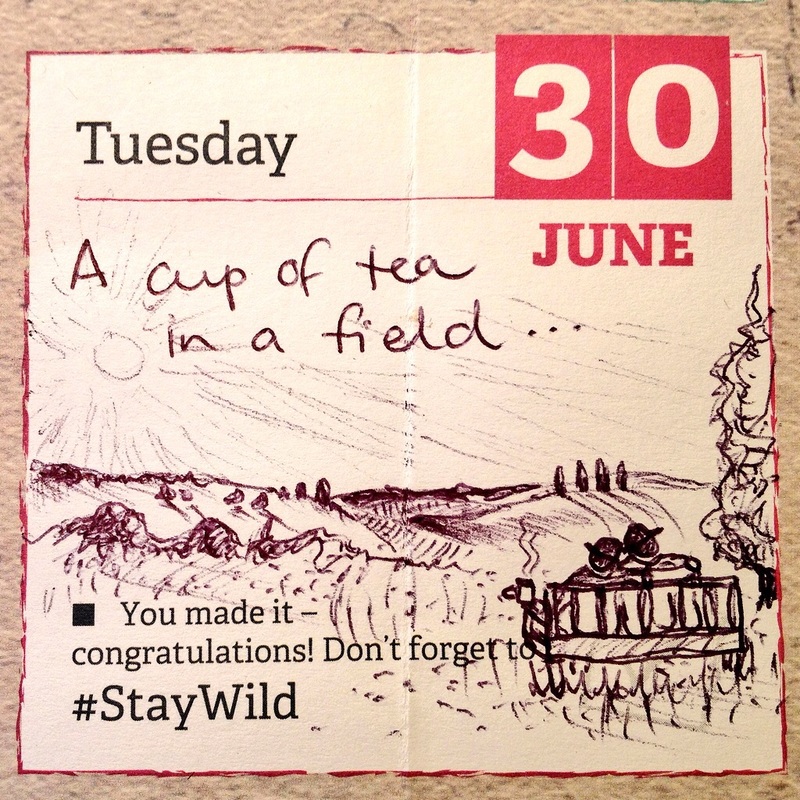
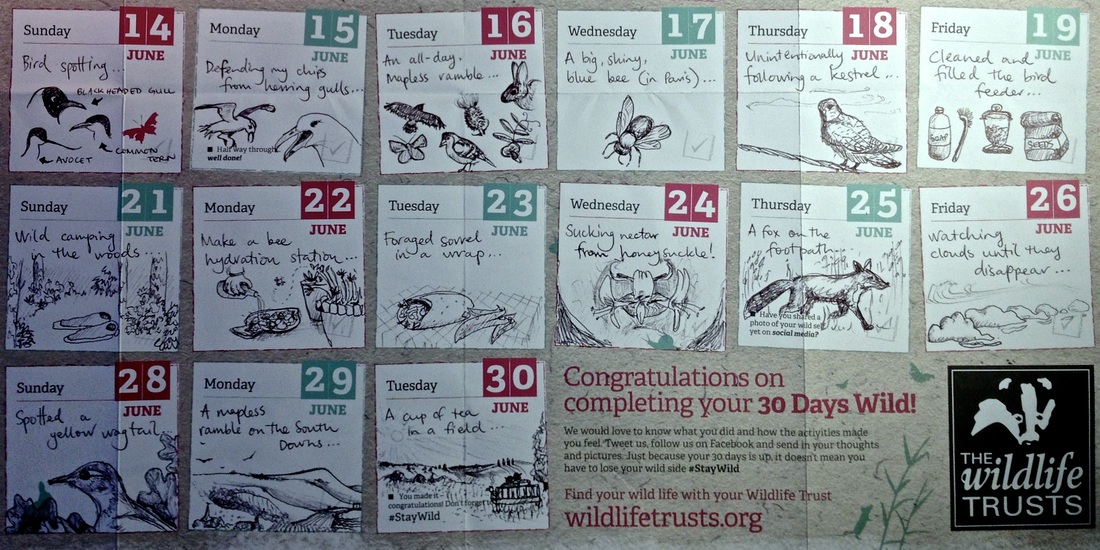
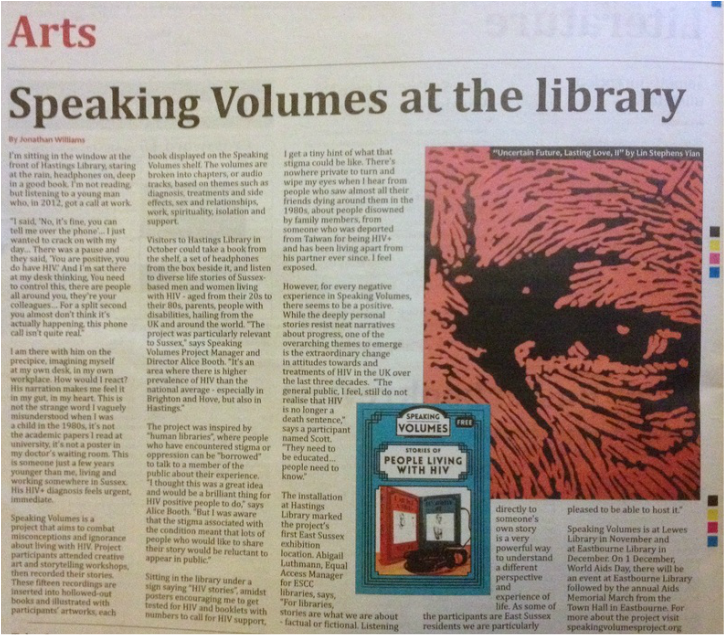
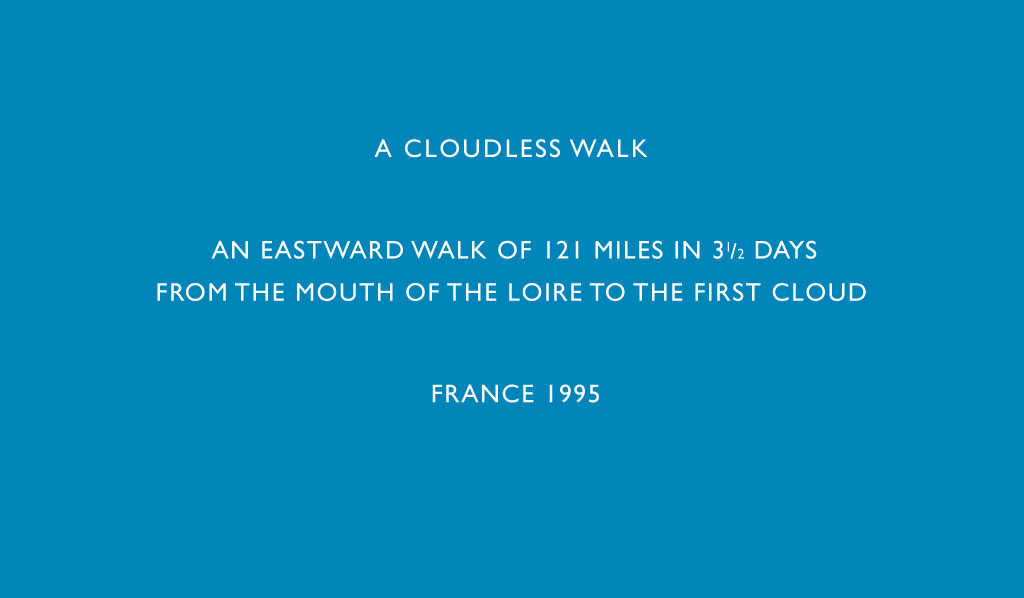
 RSS Feed
RSS Feed
